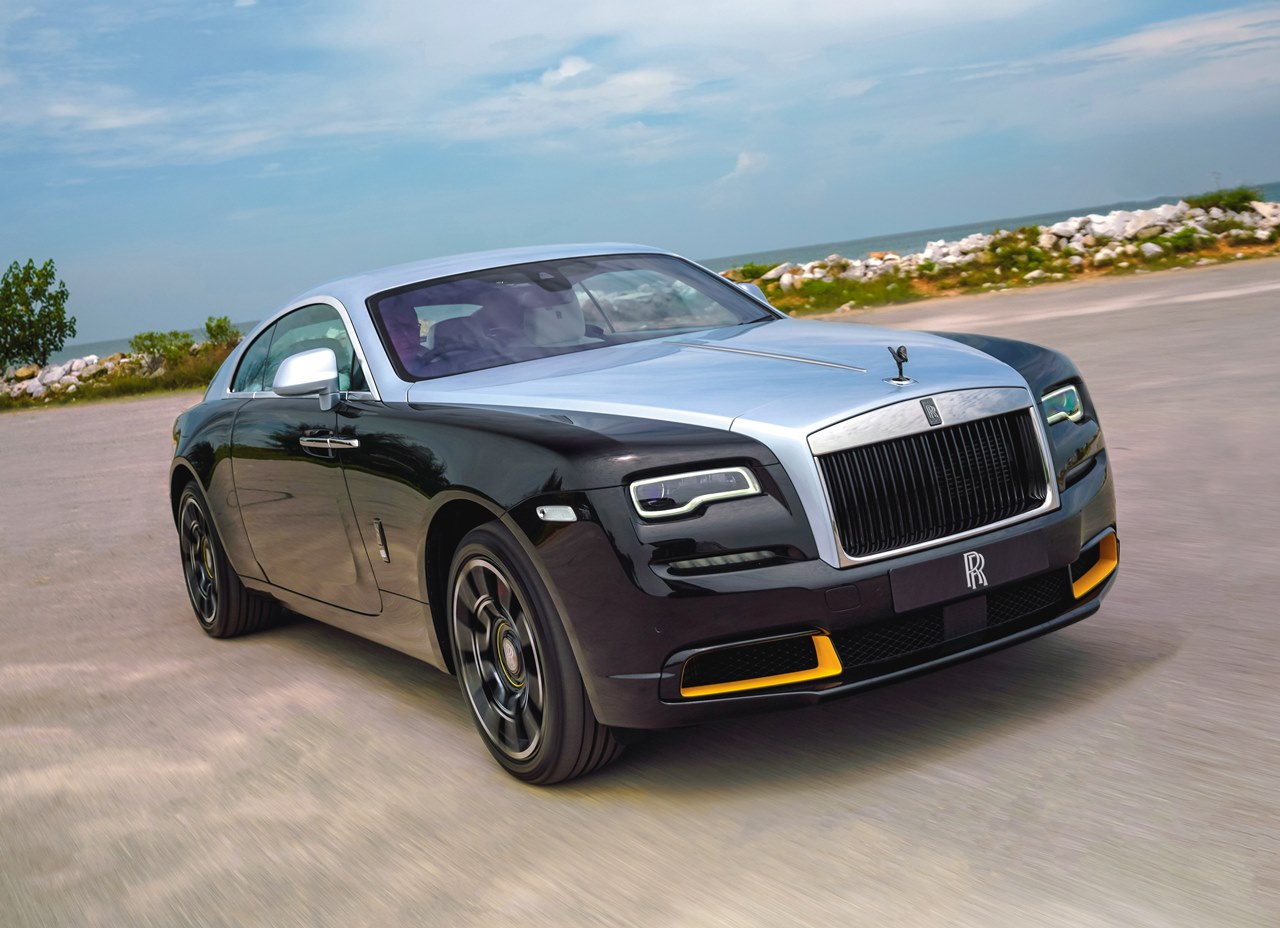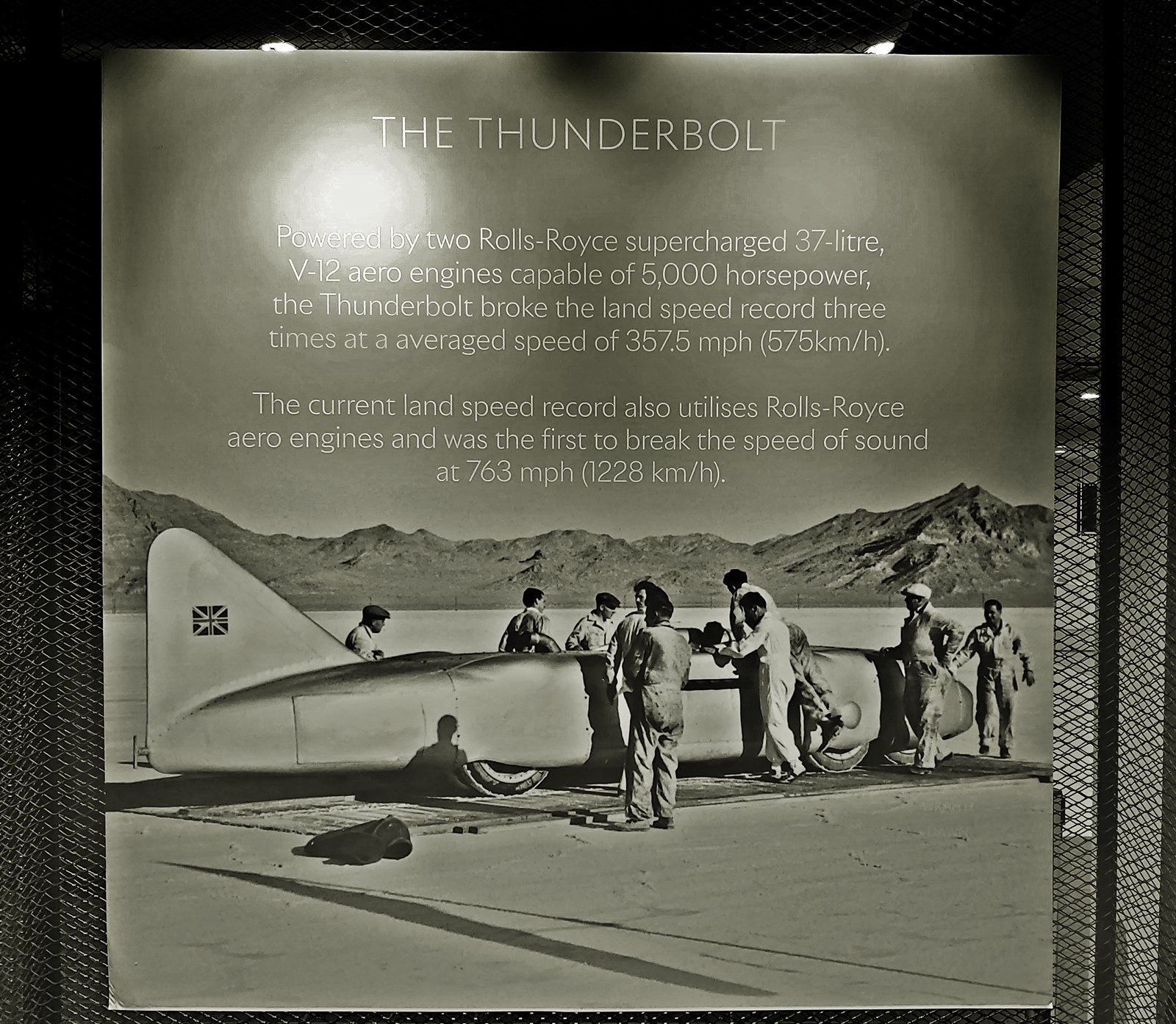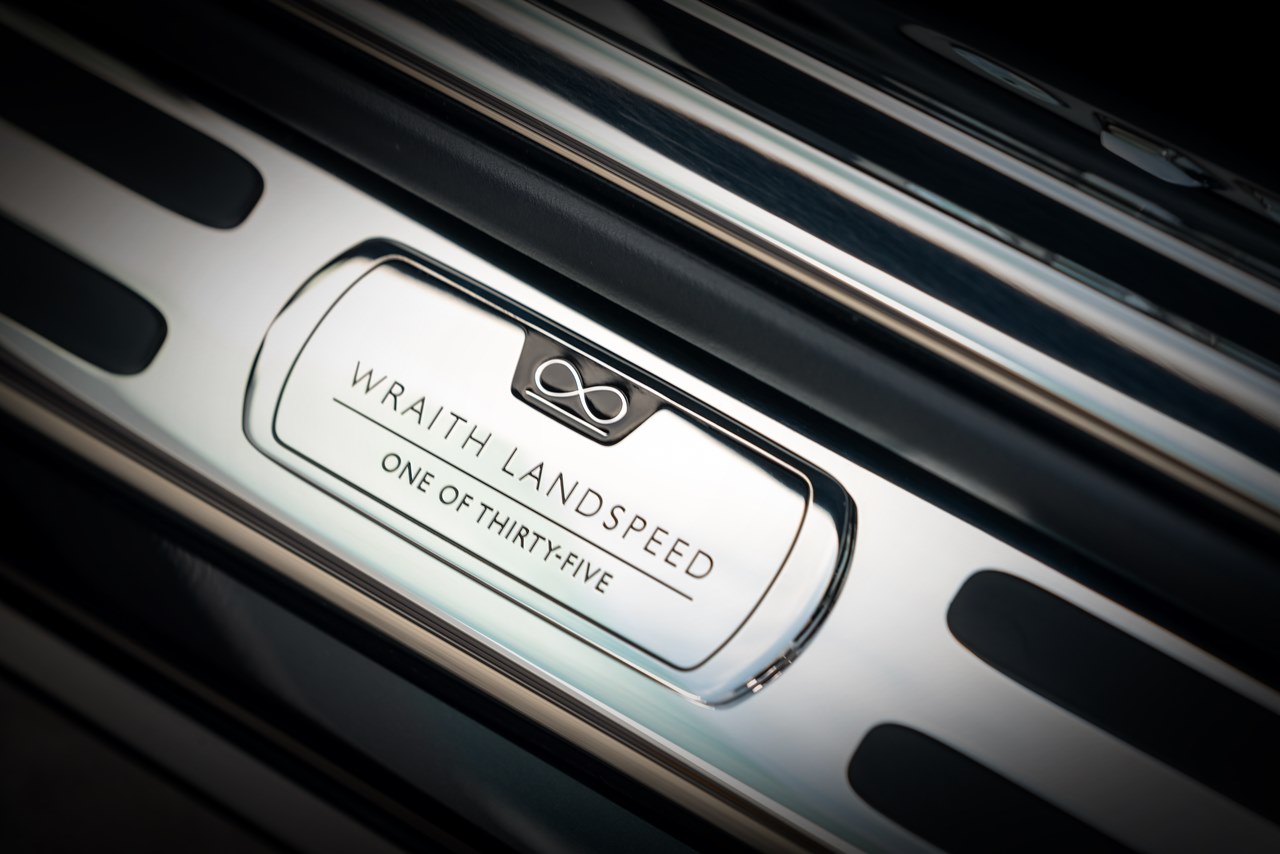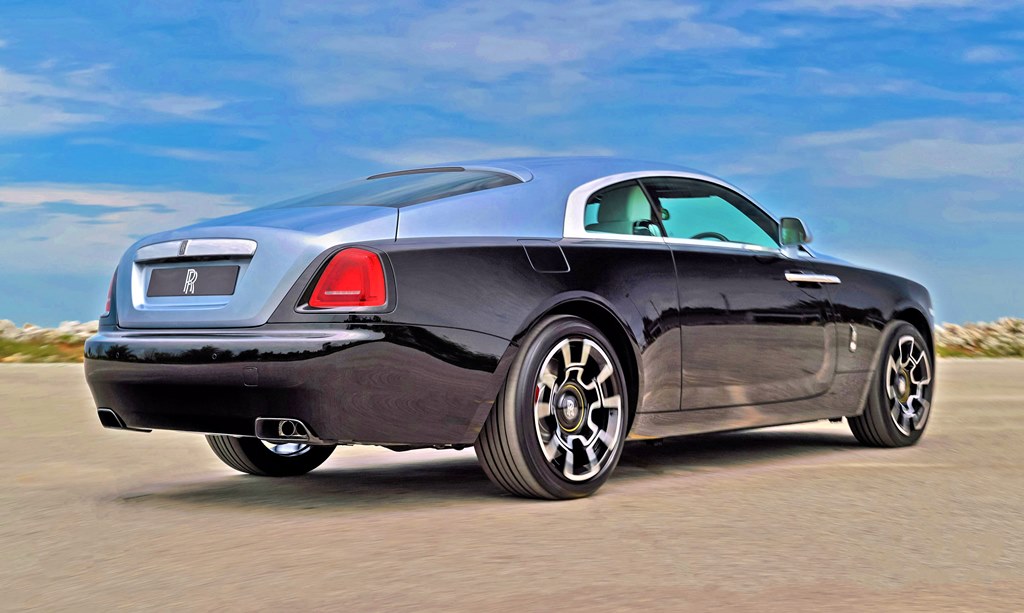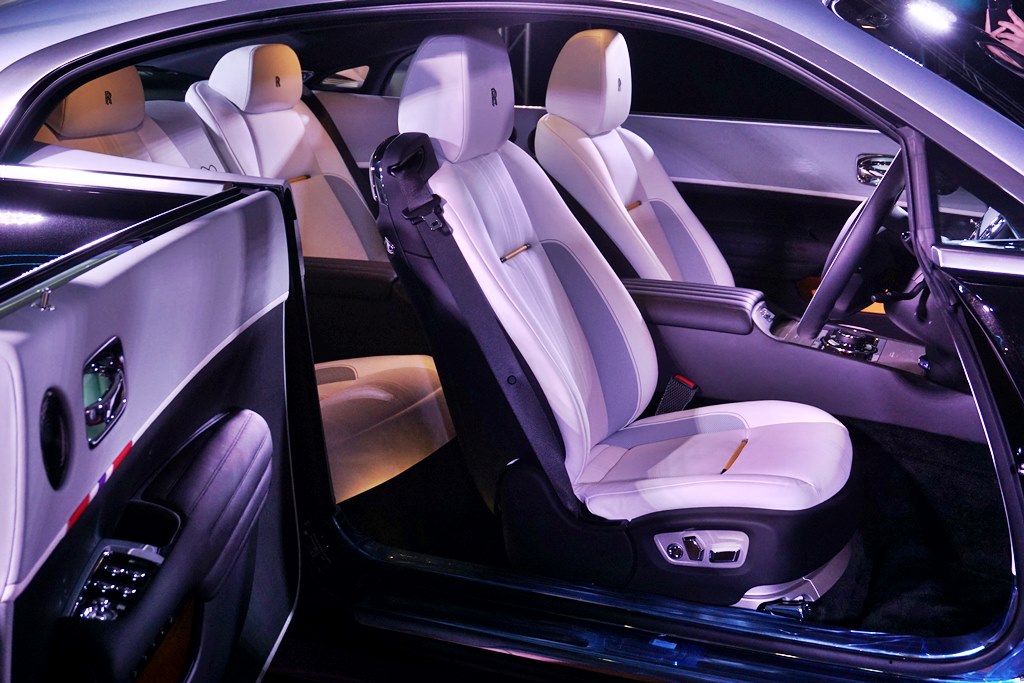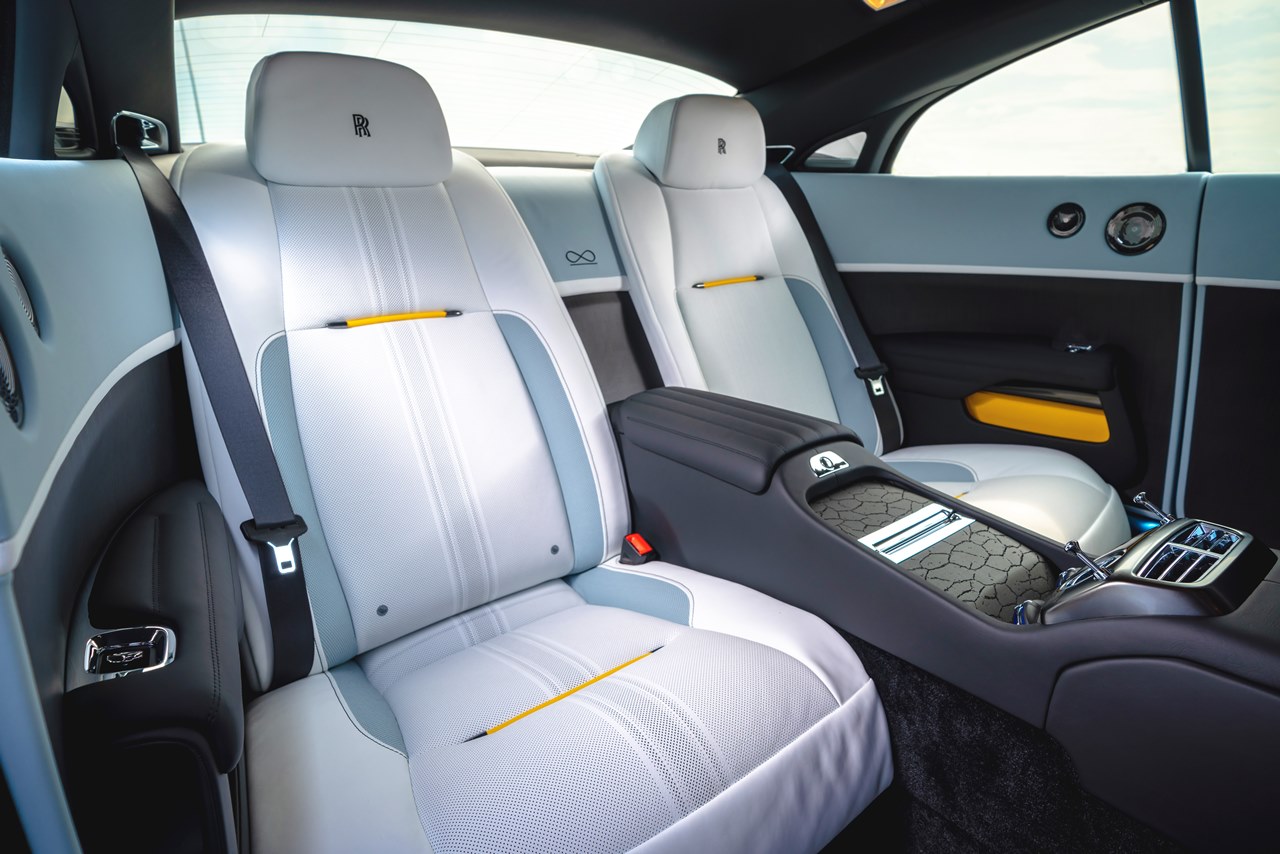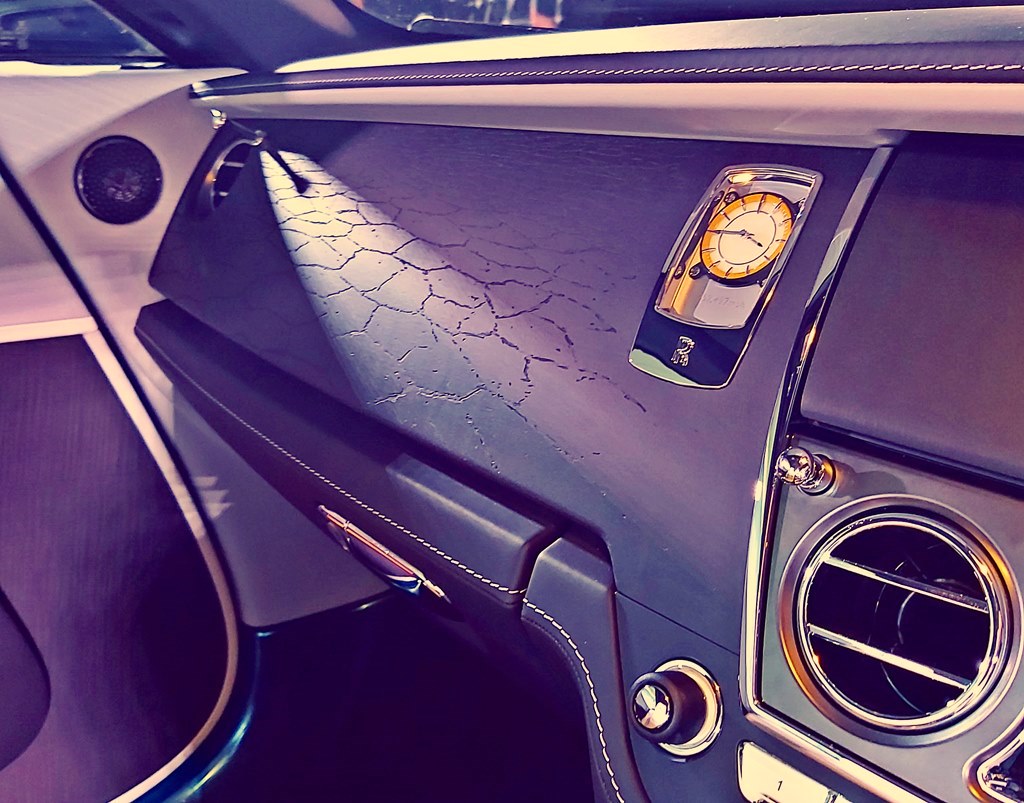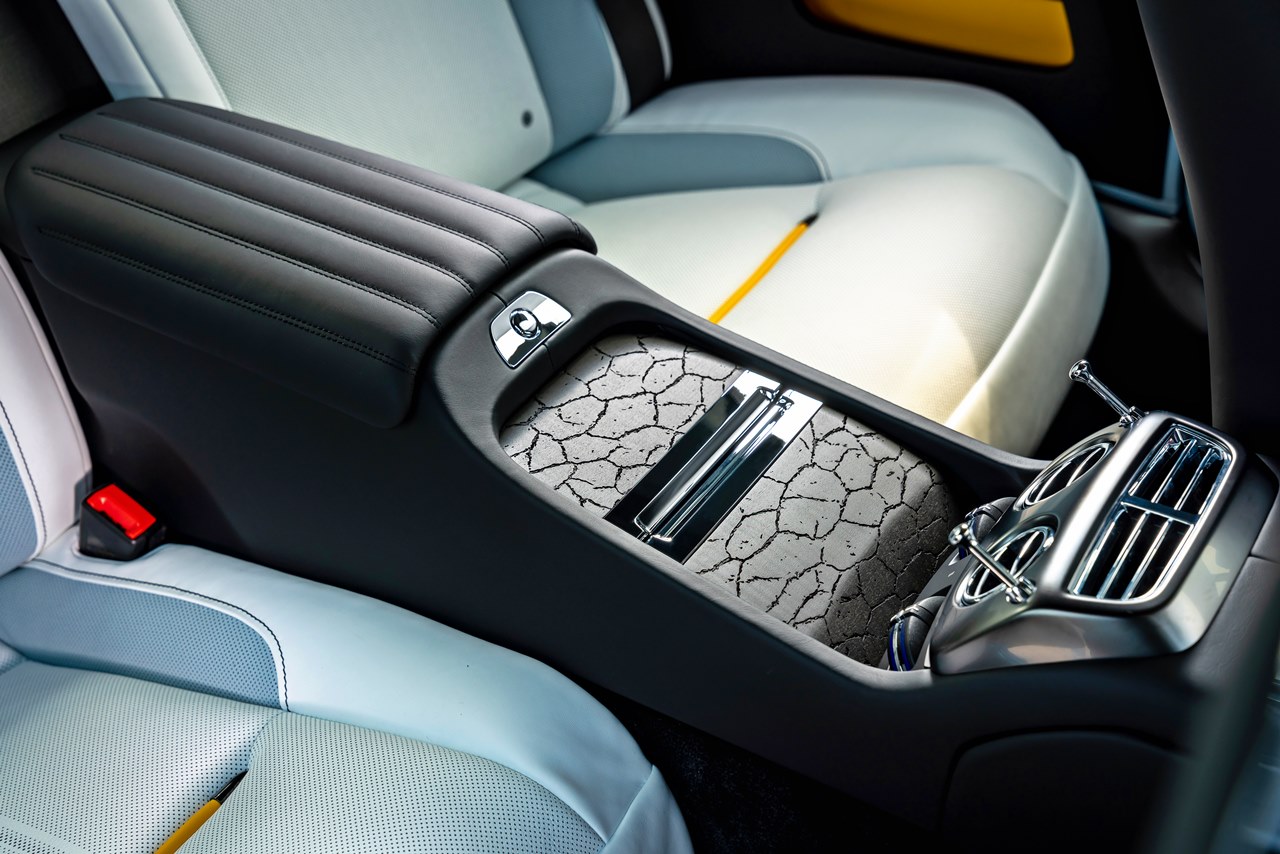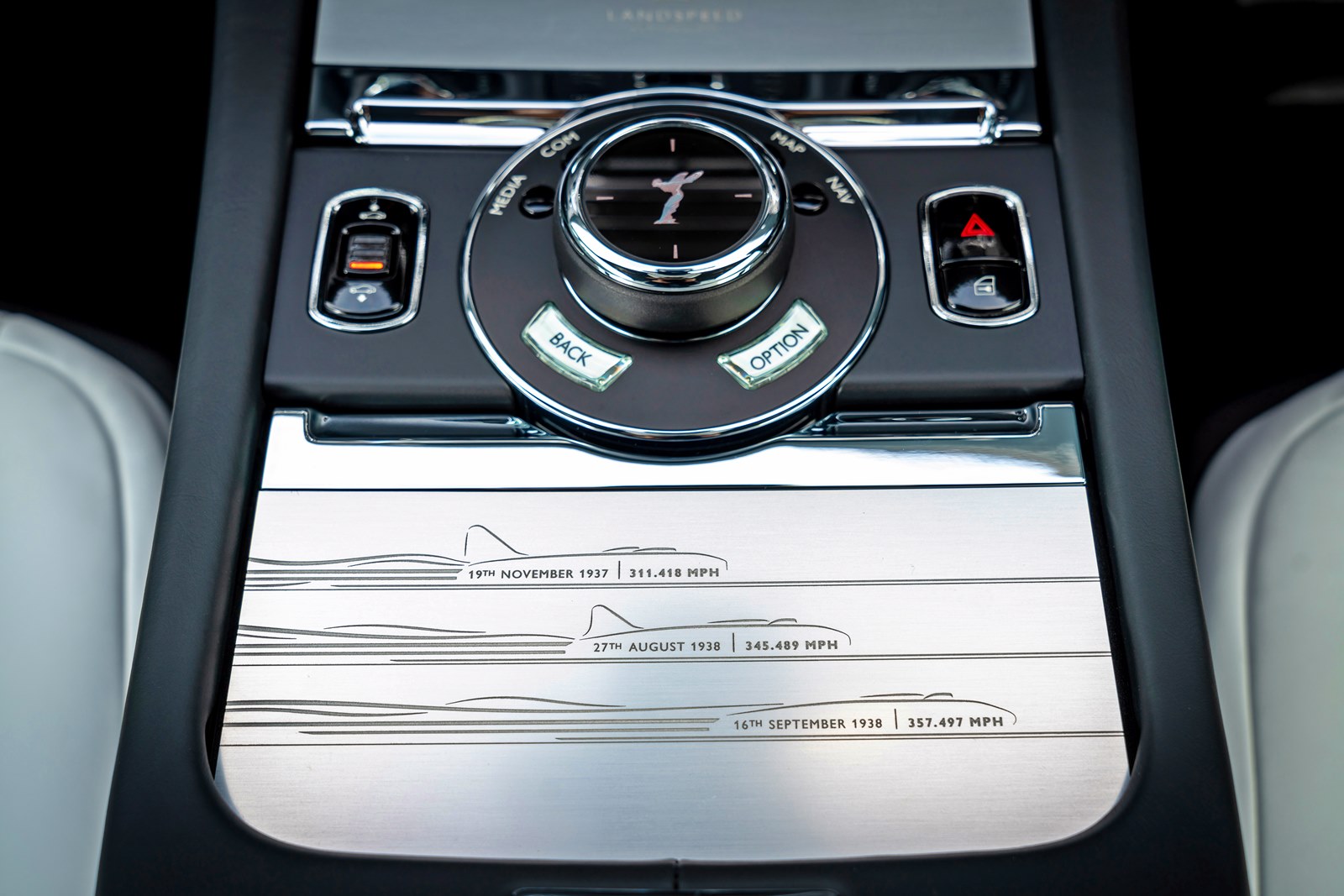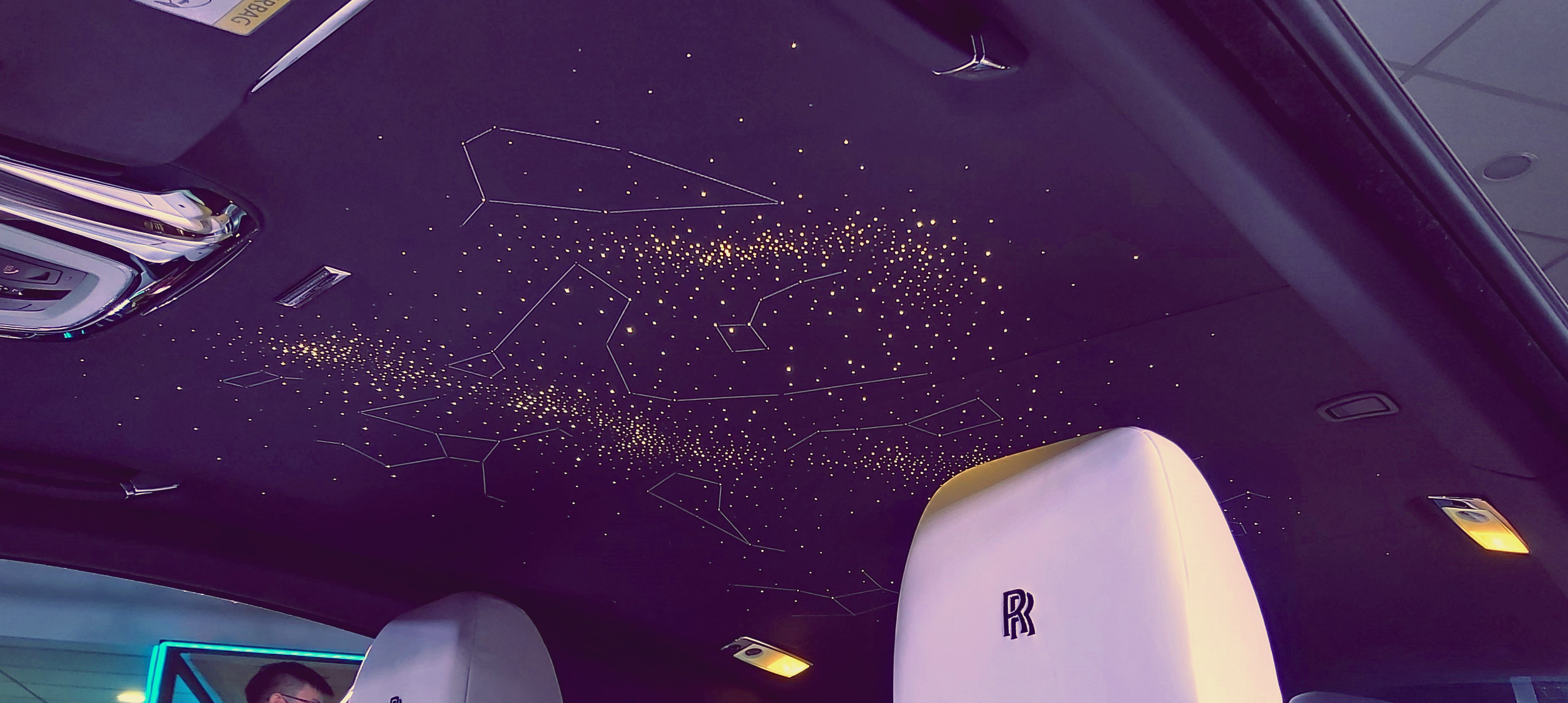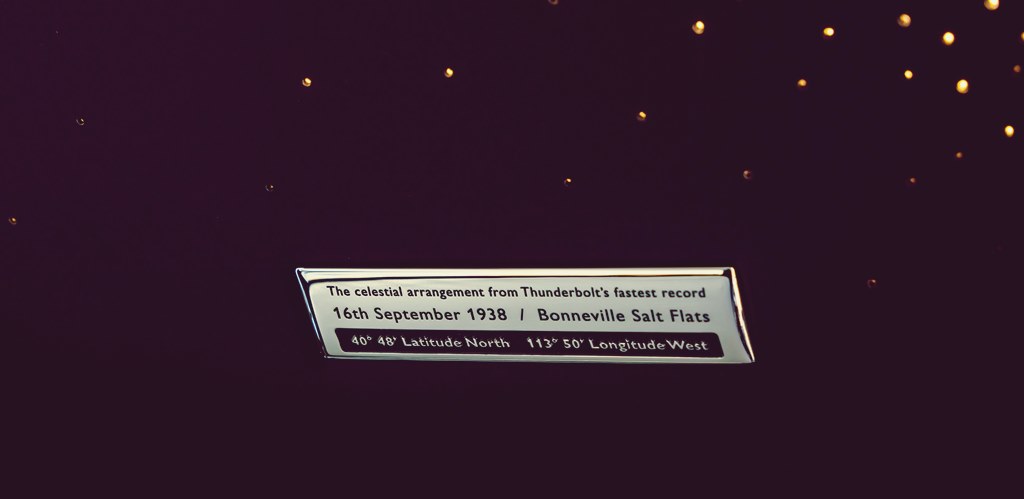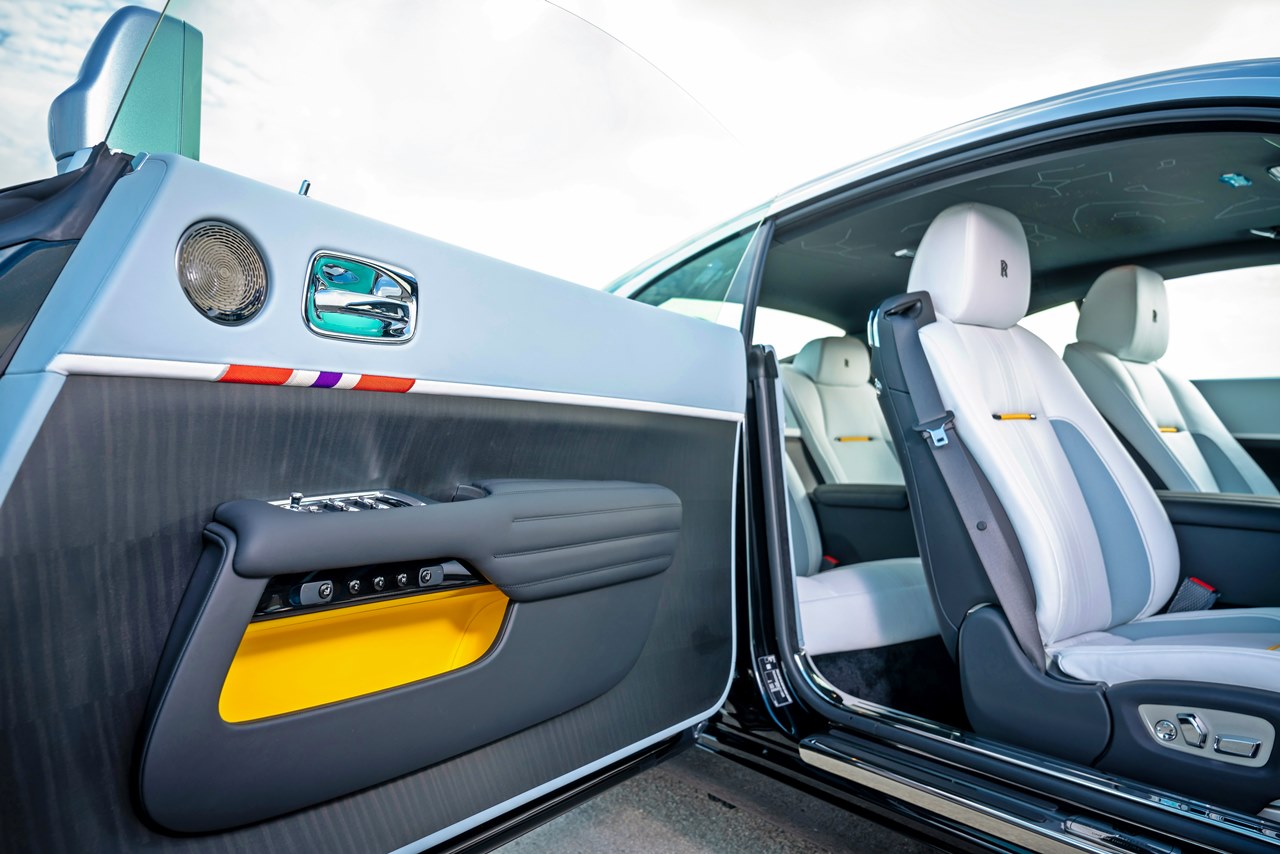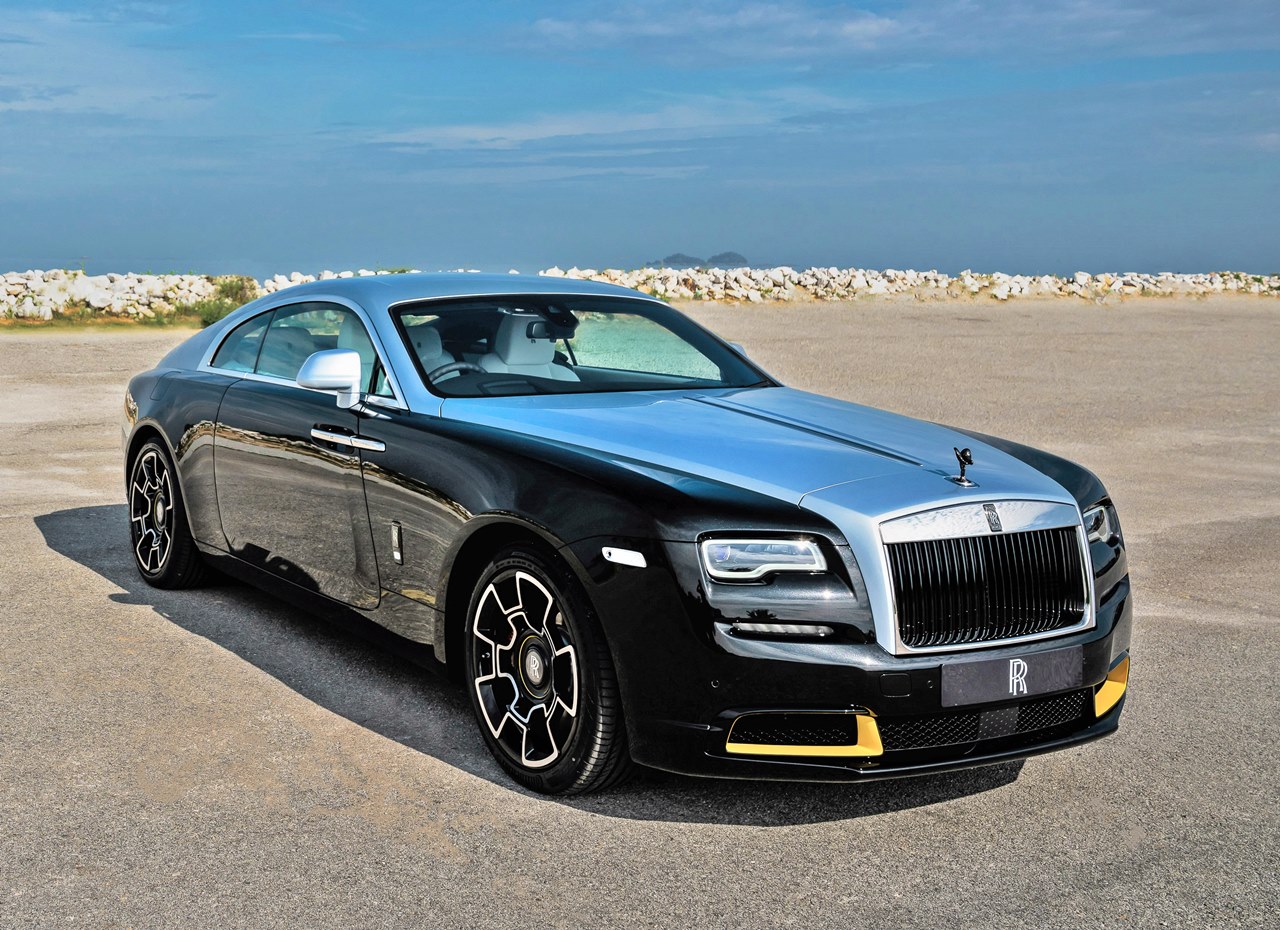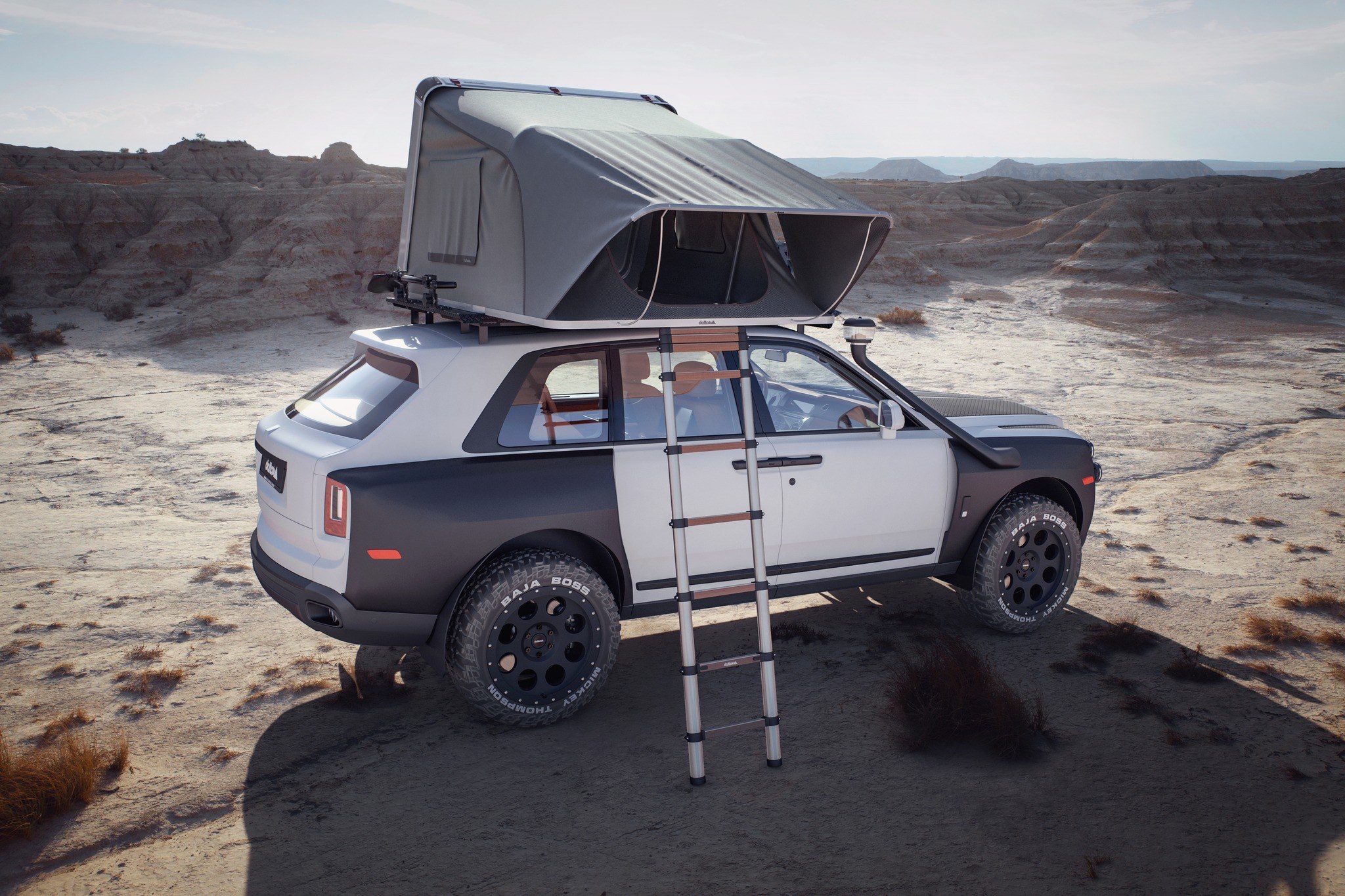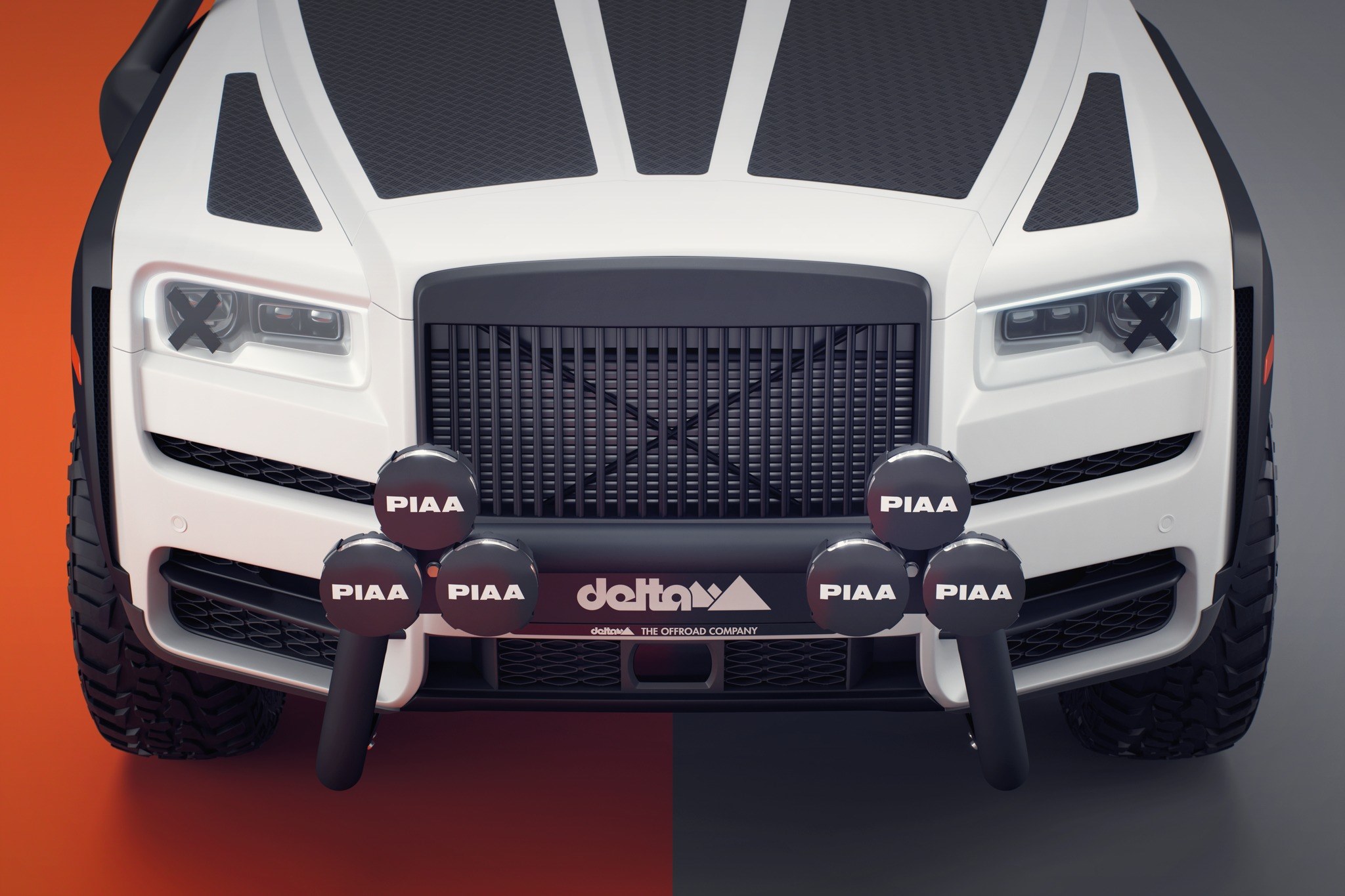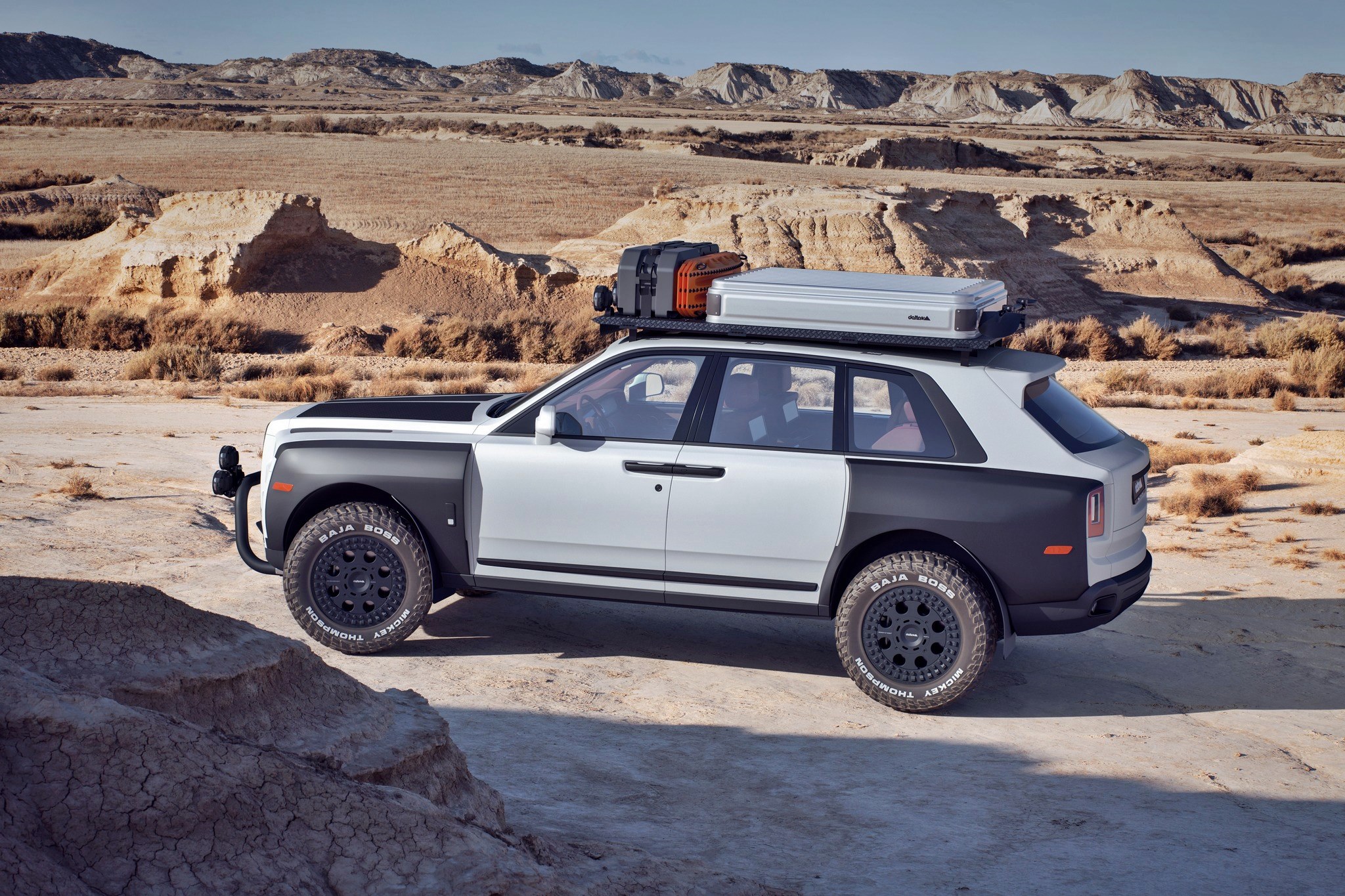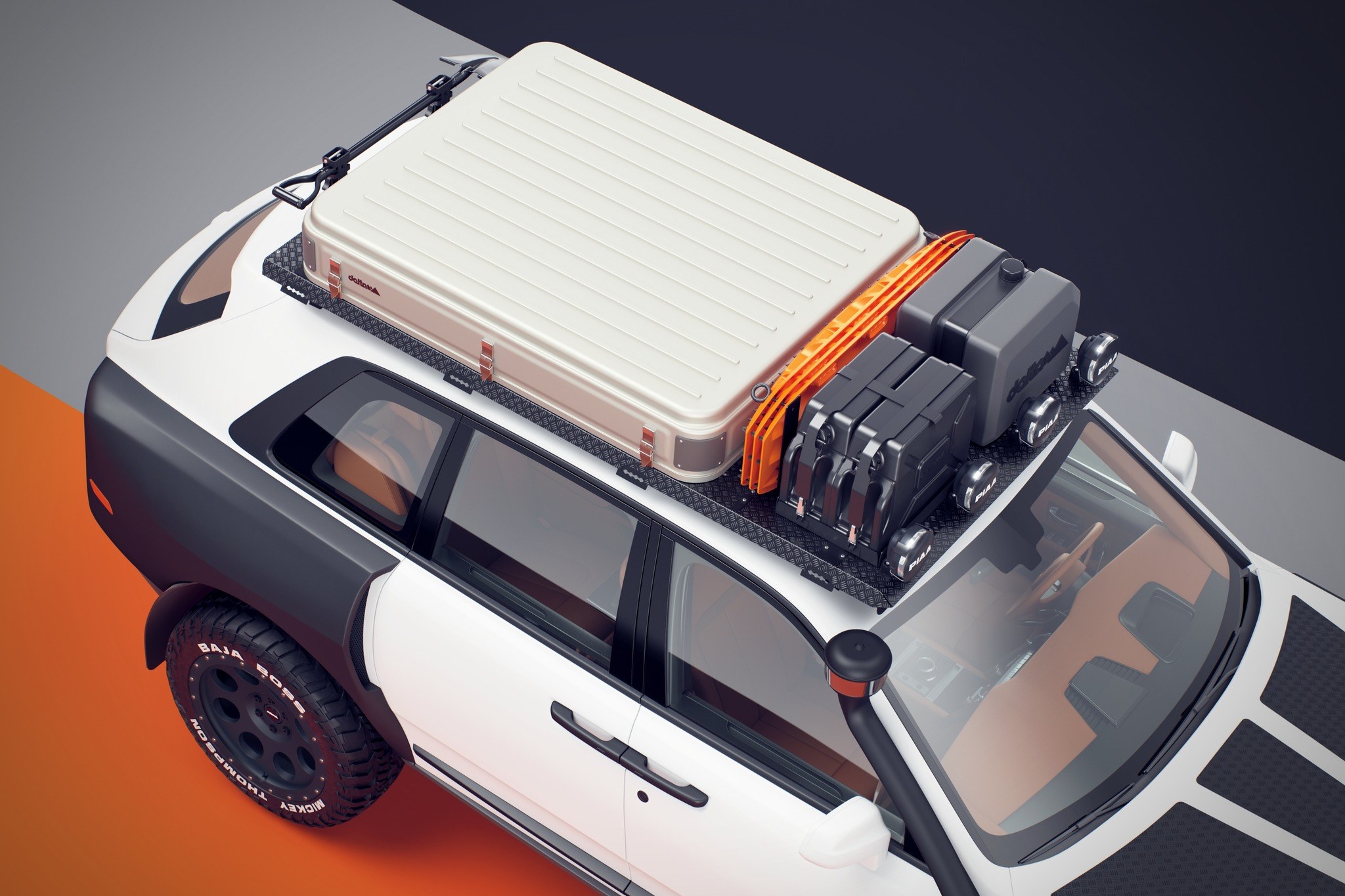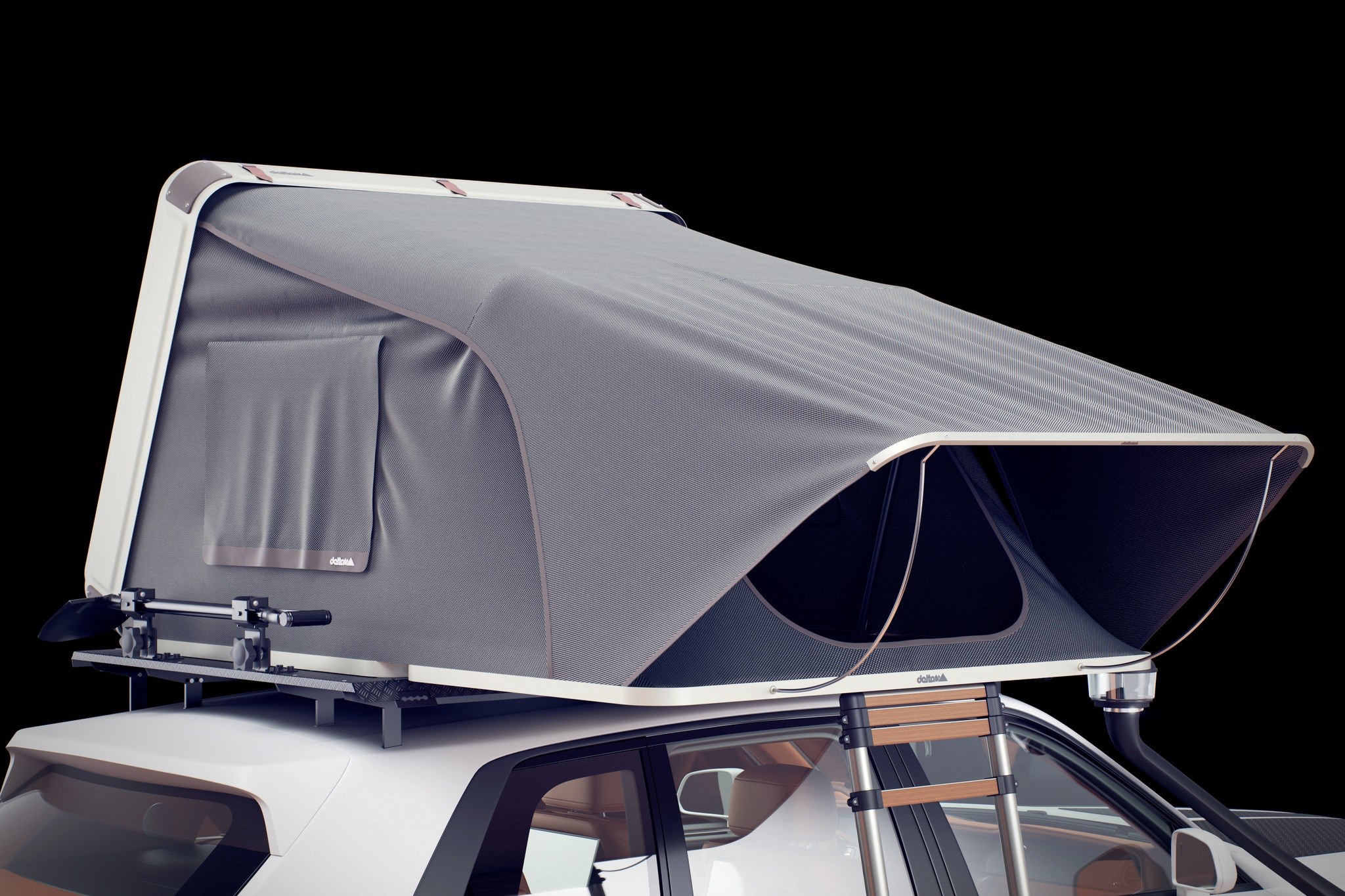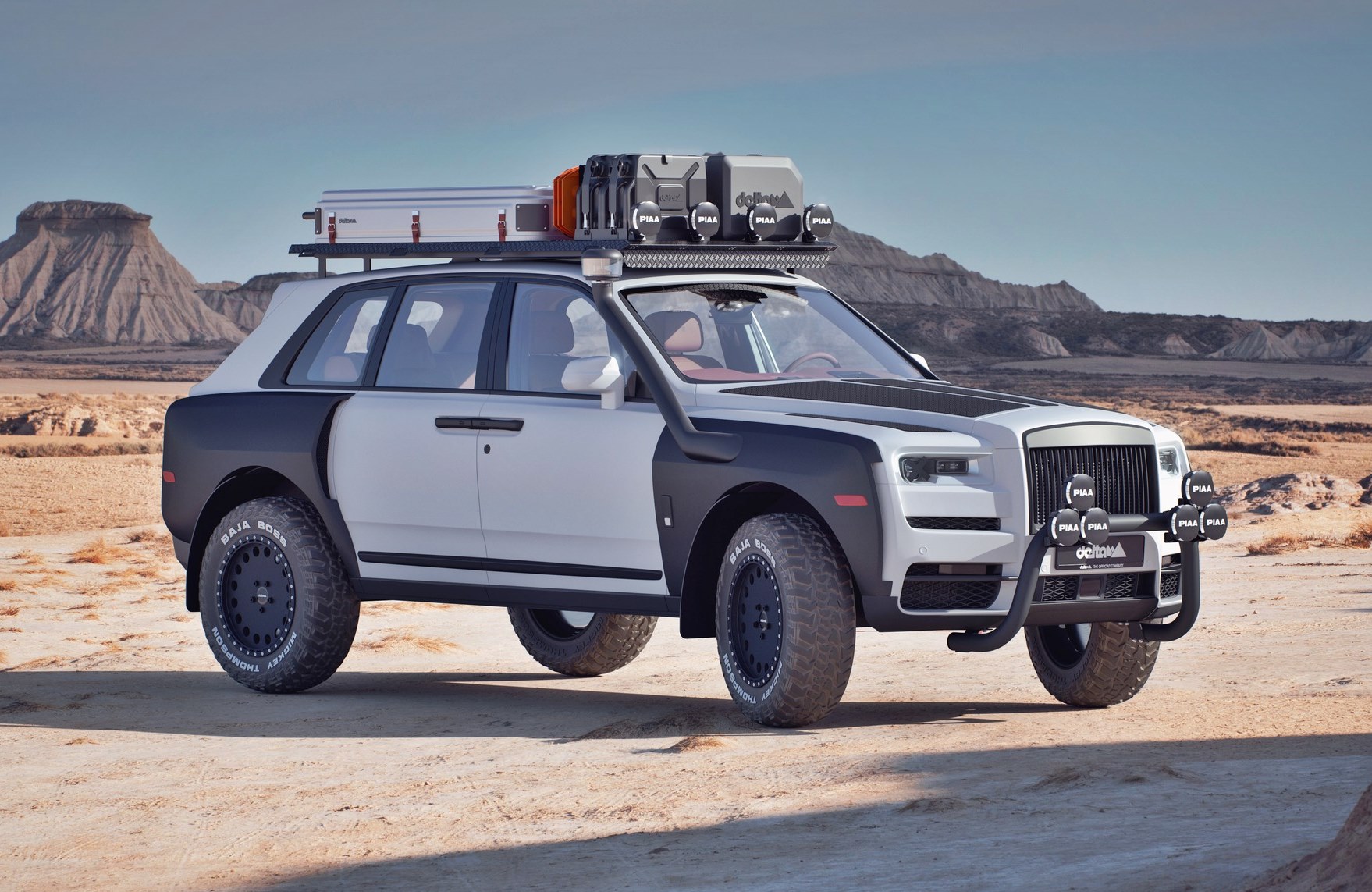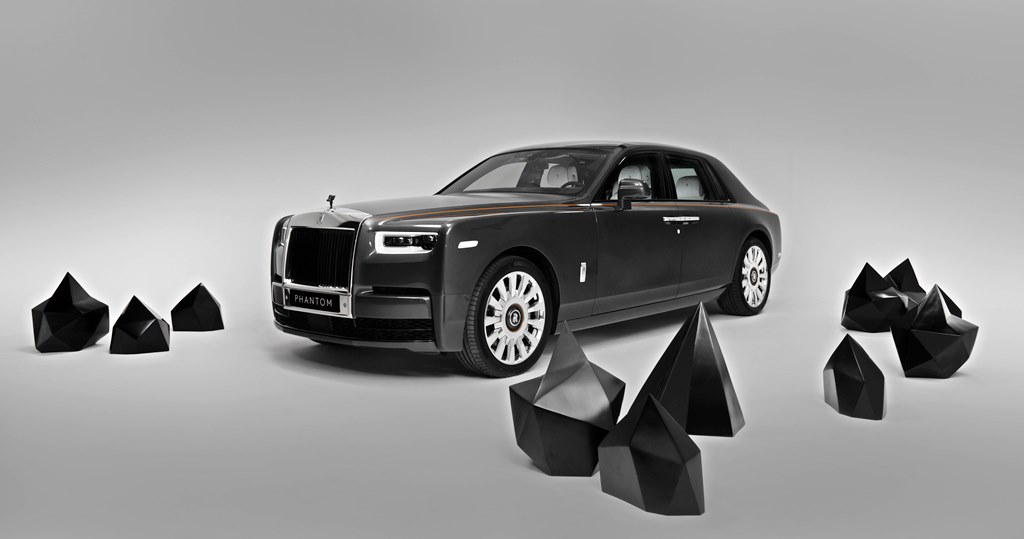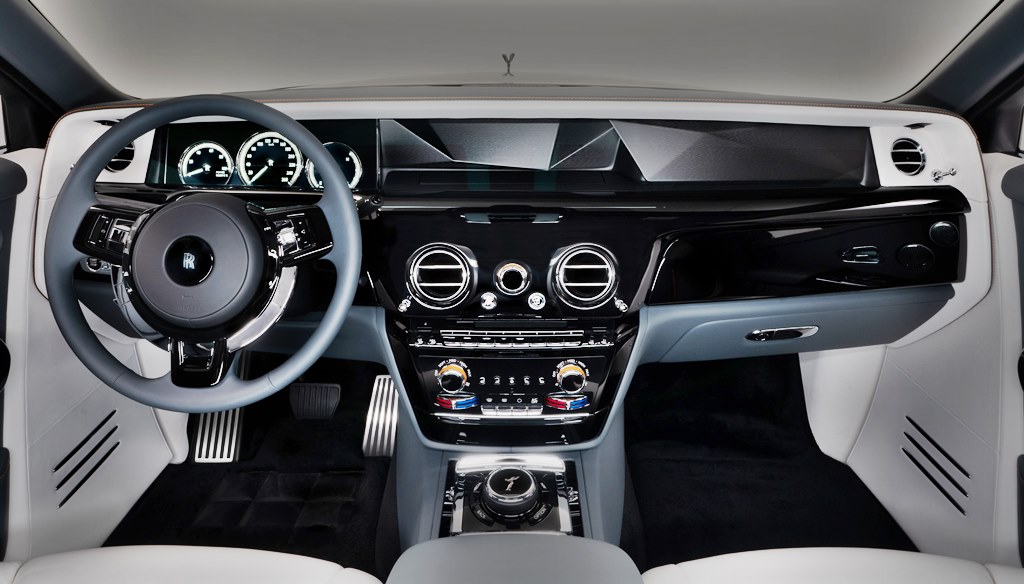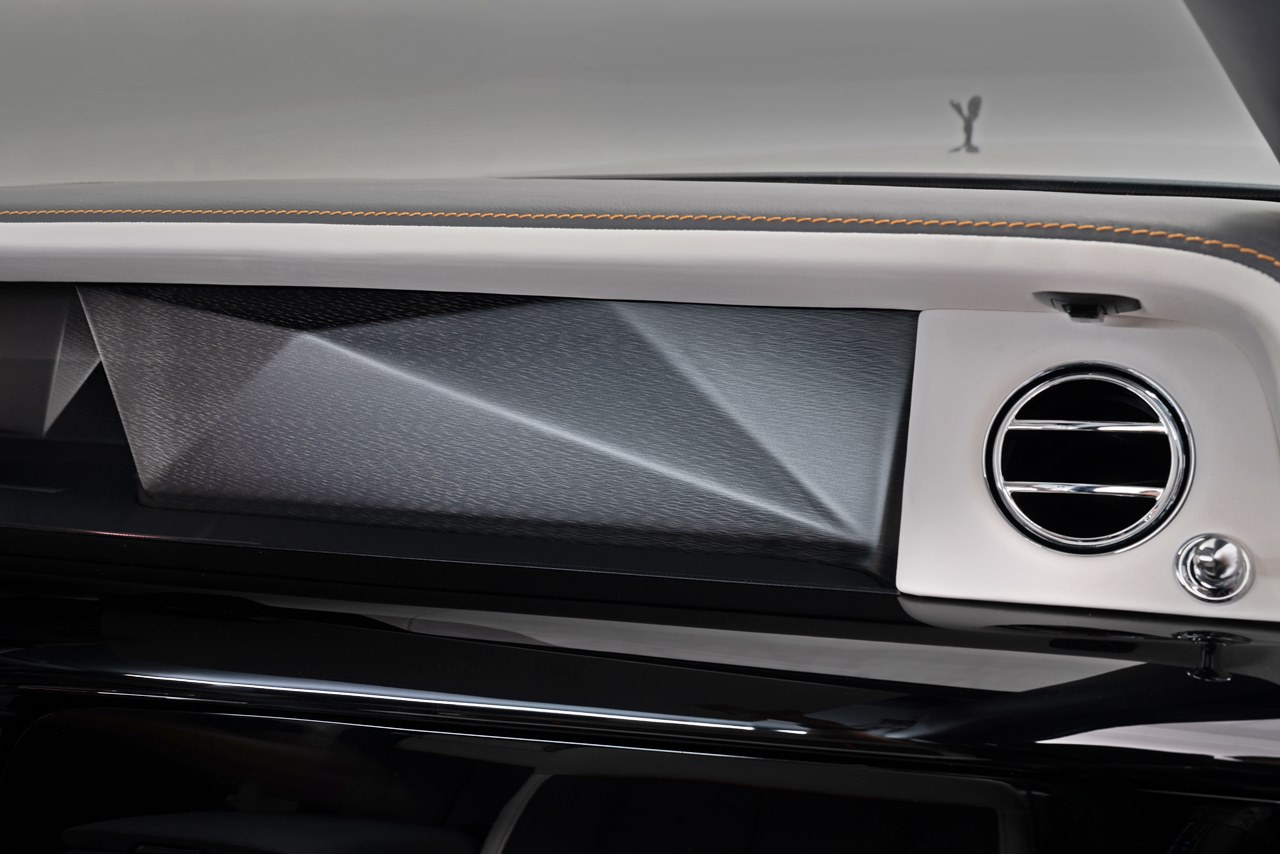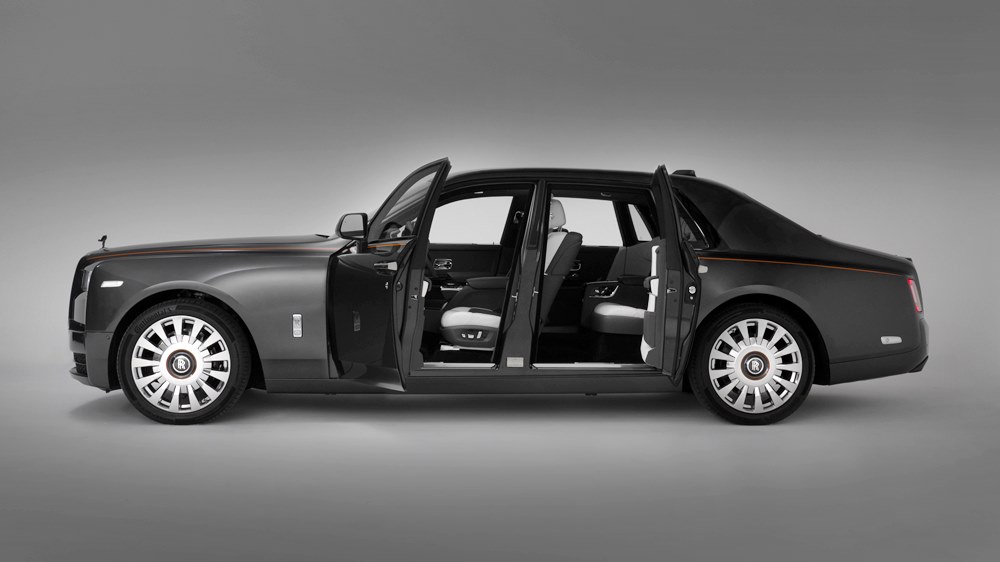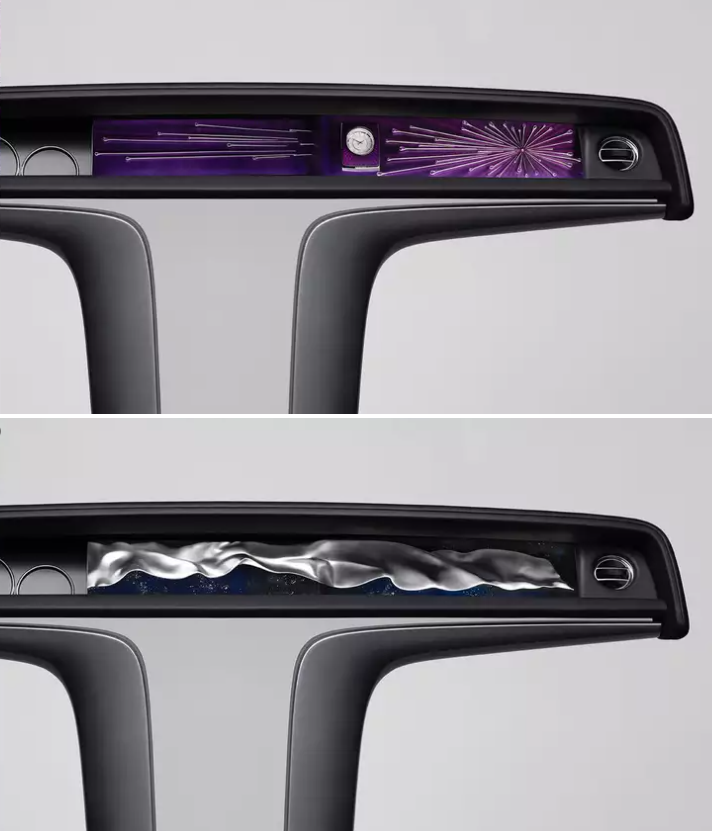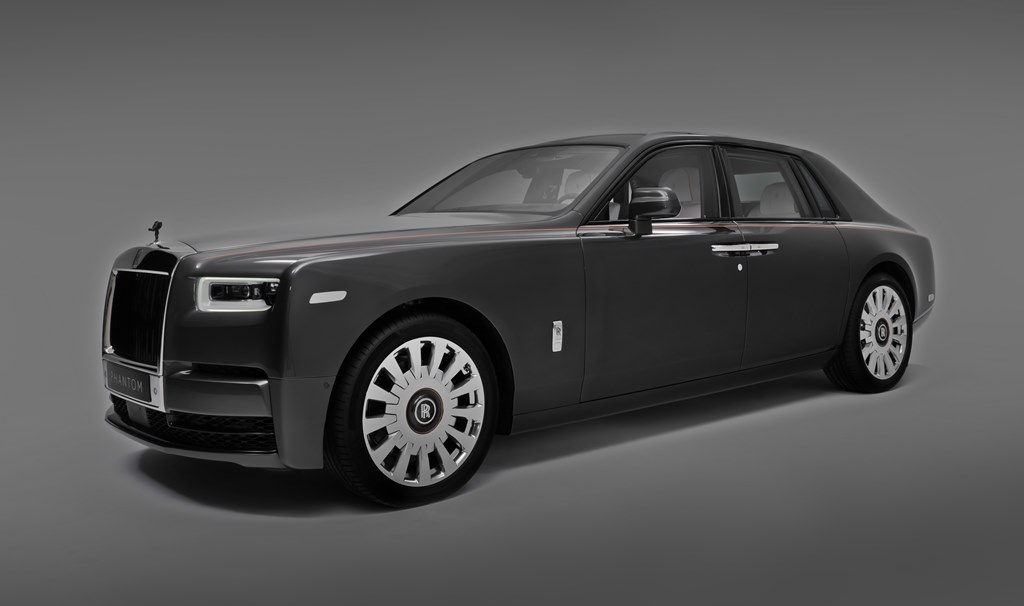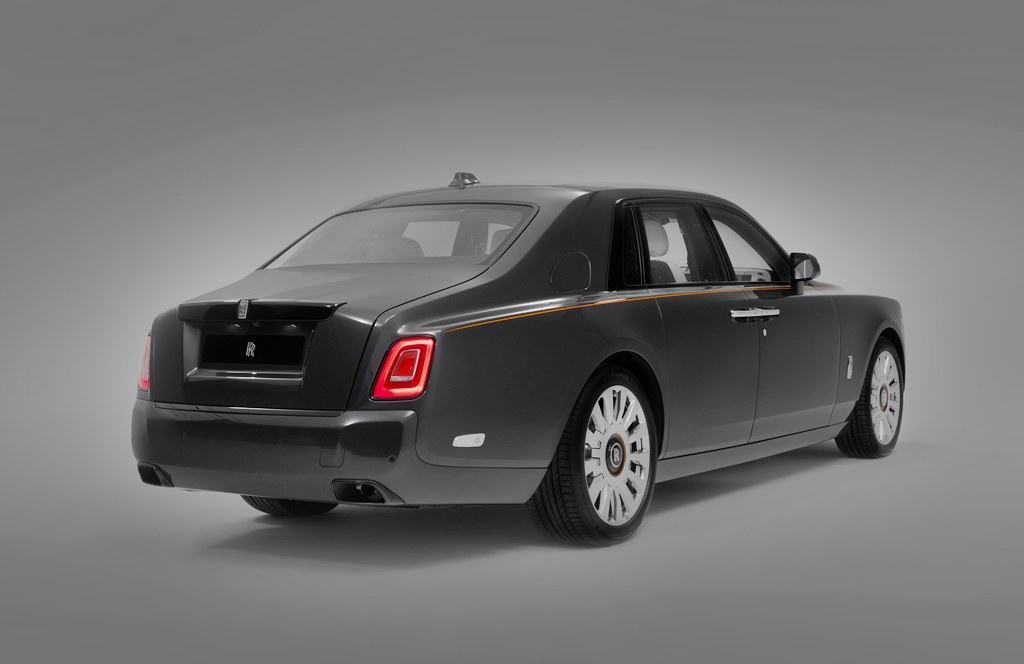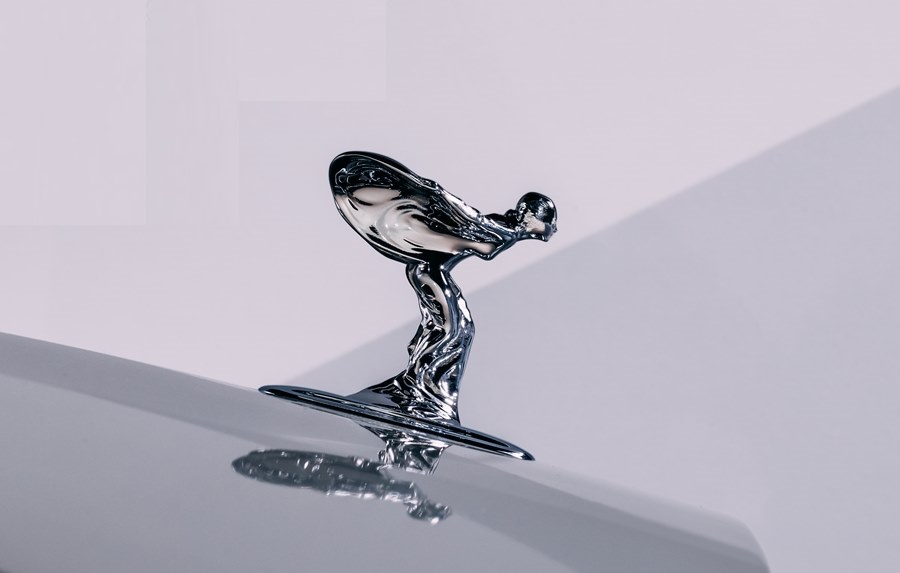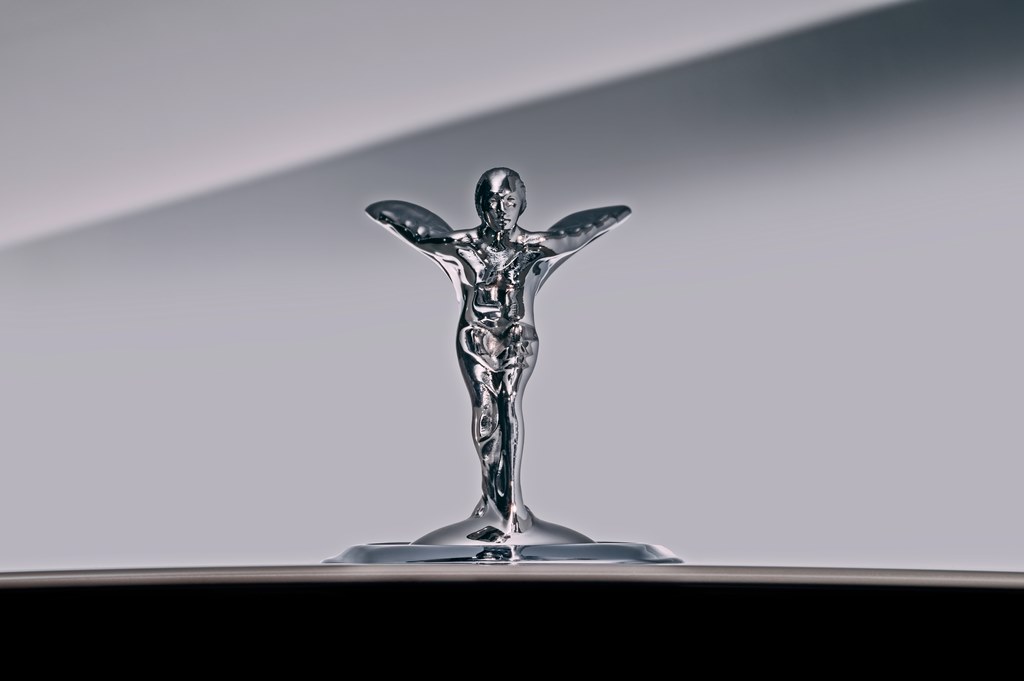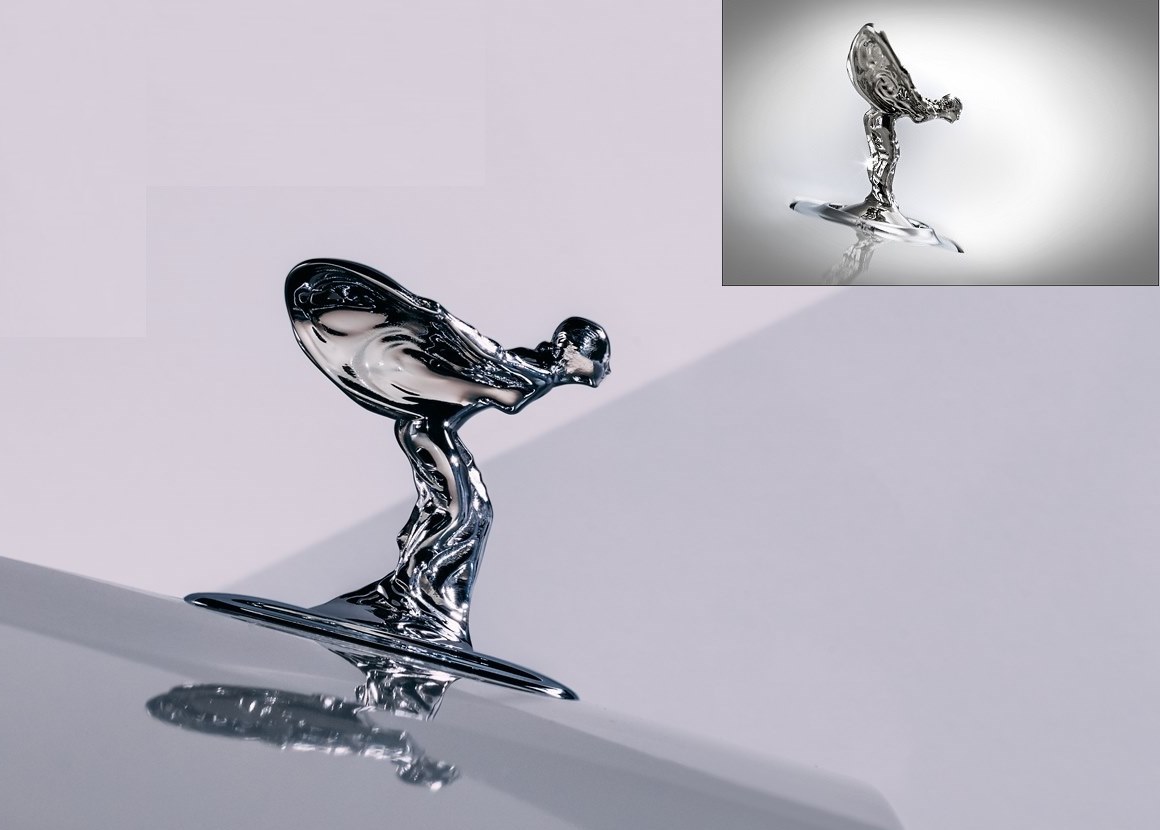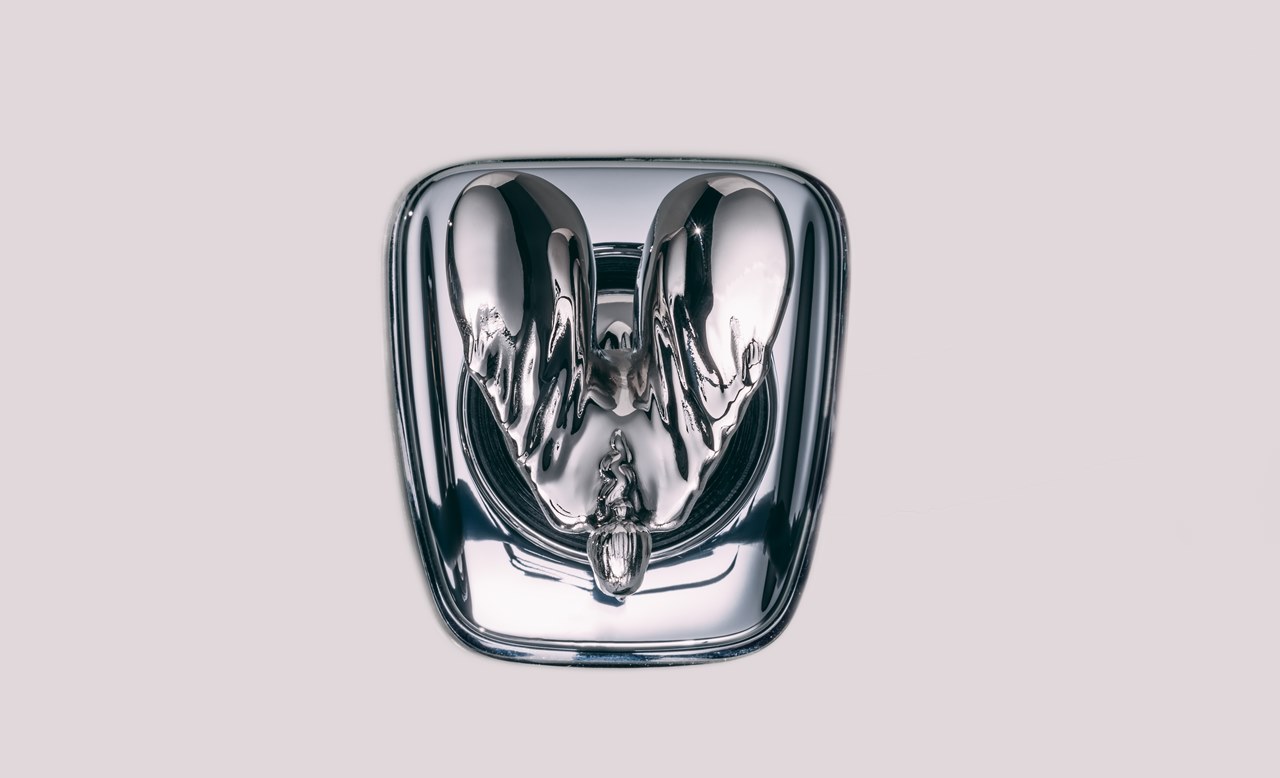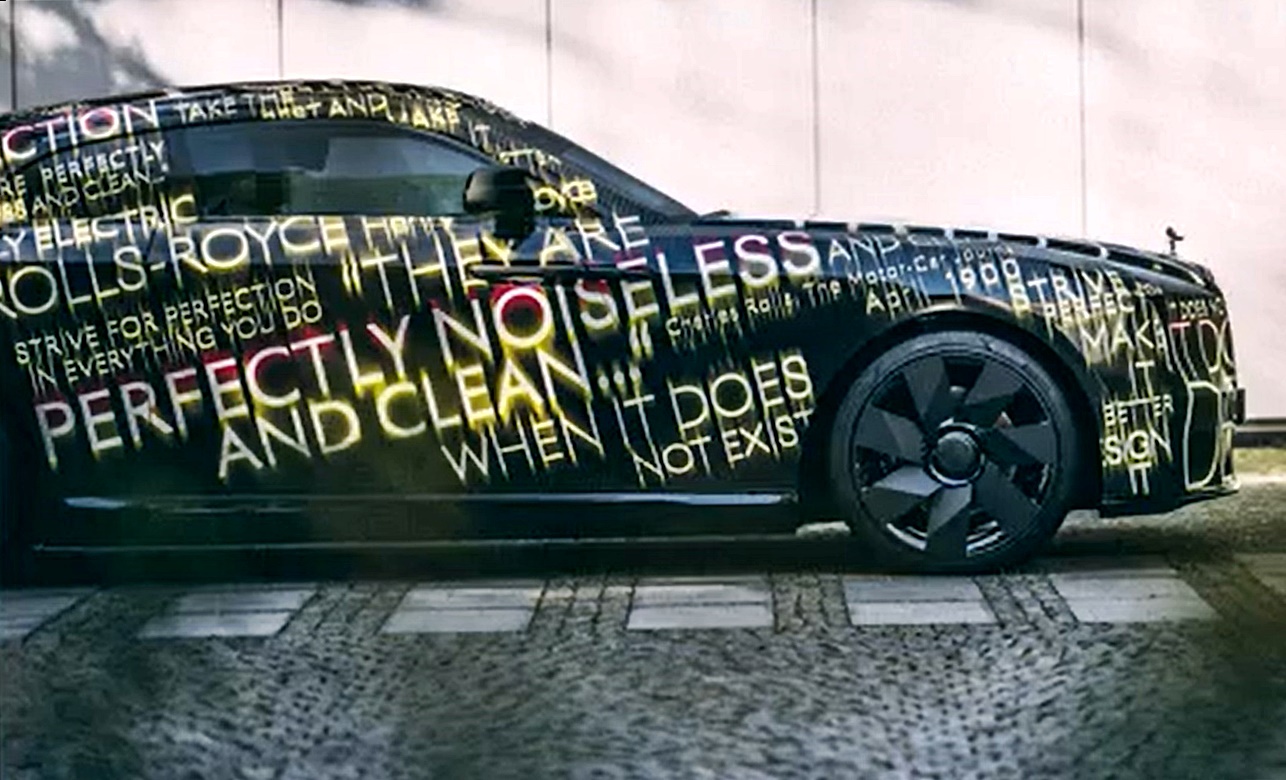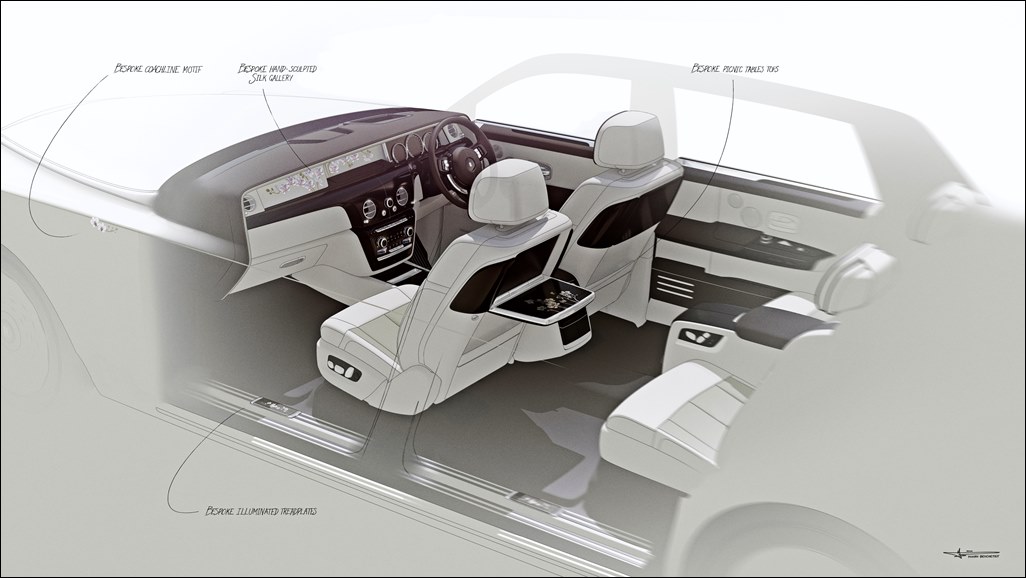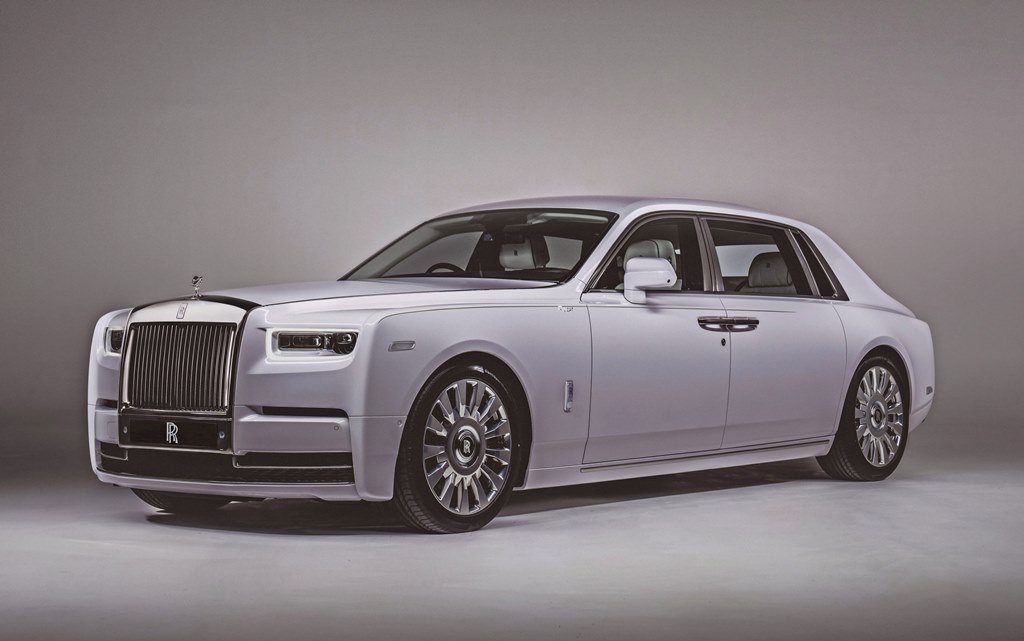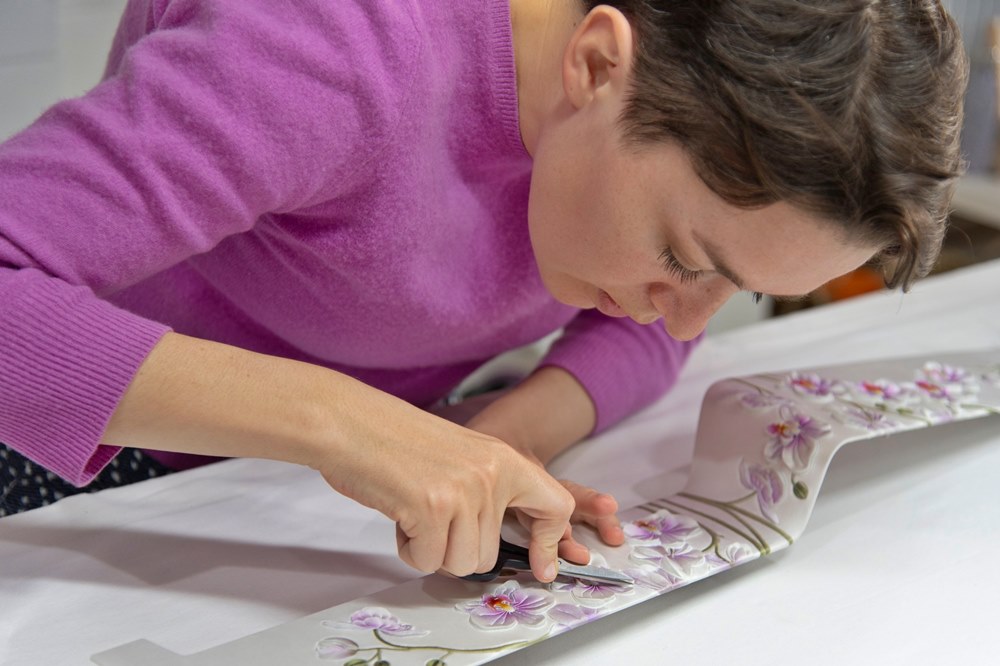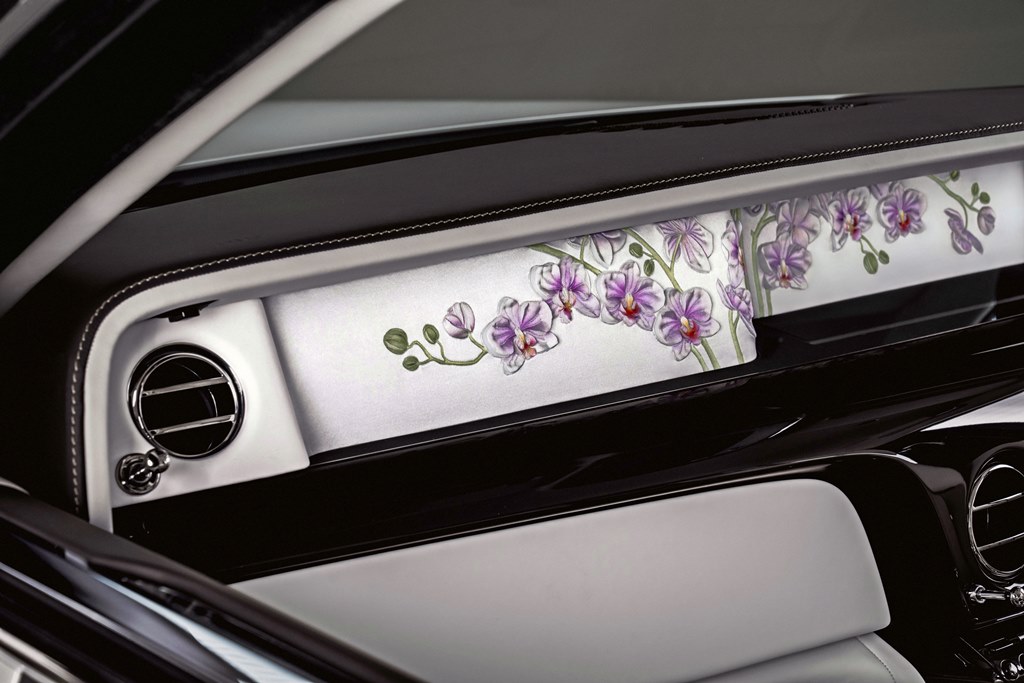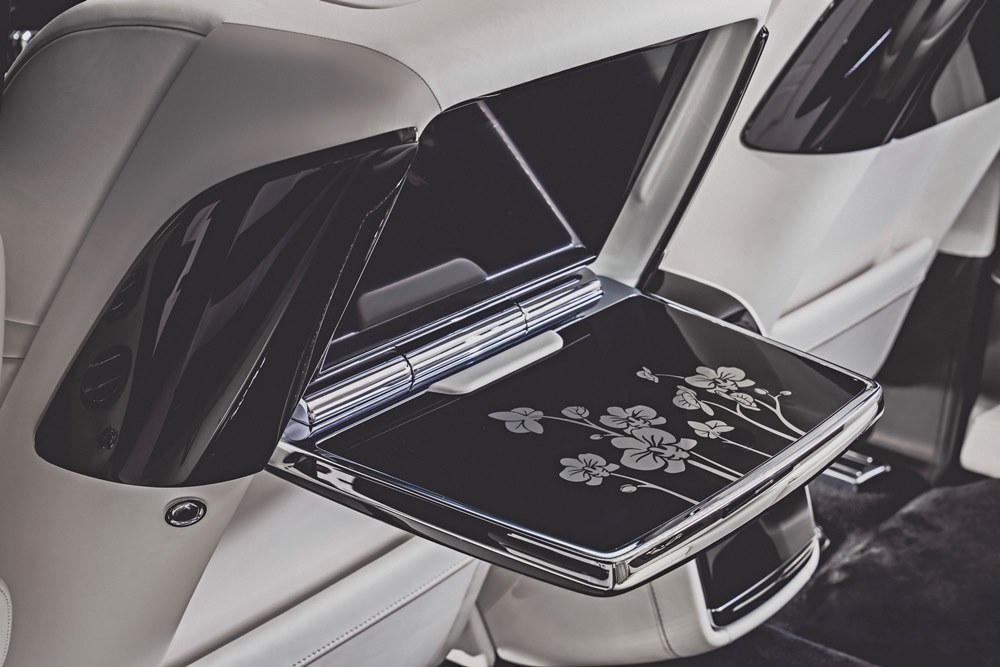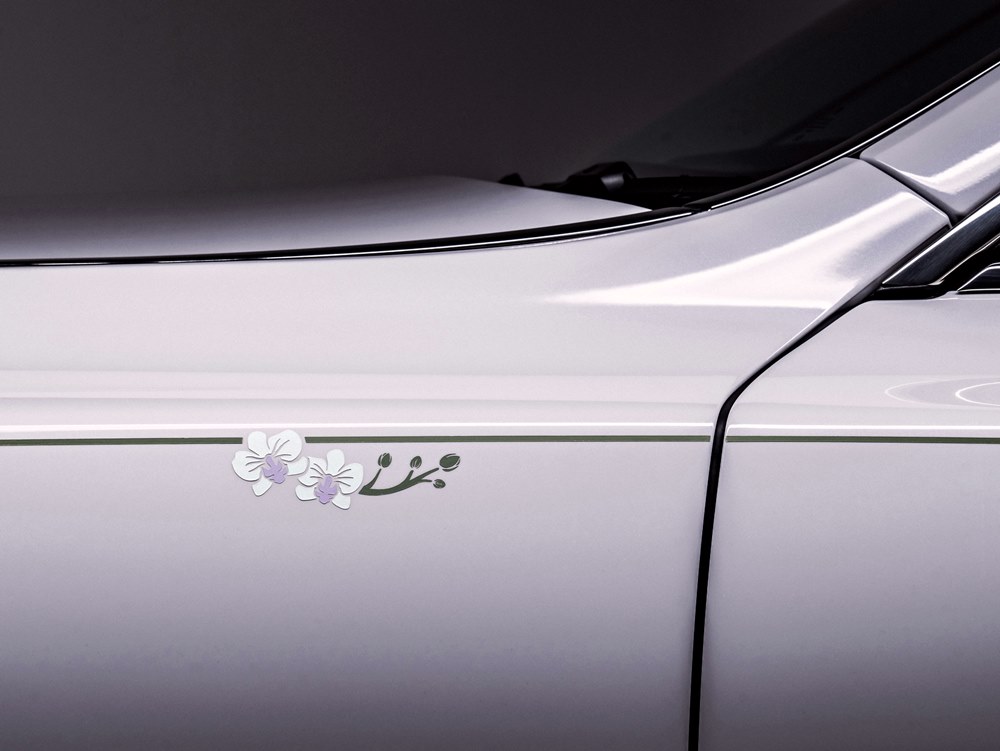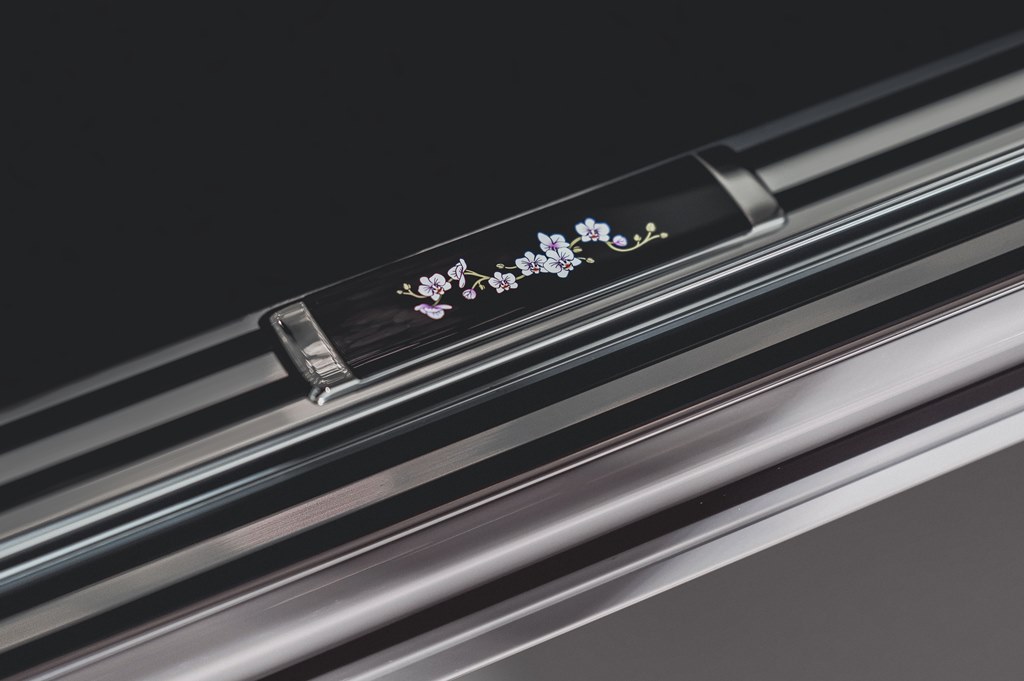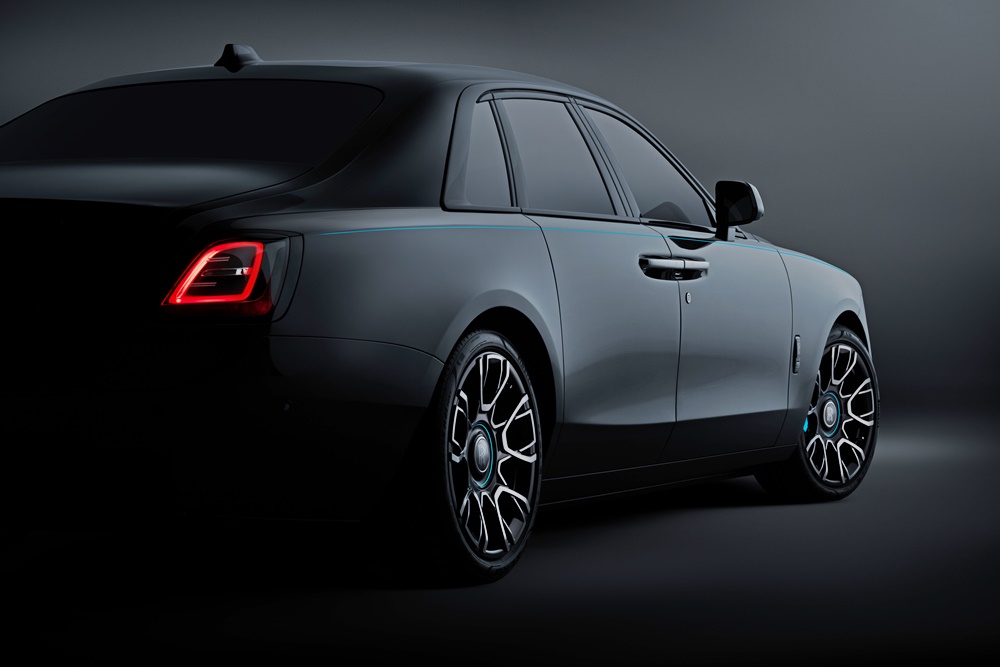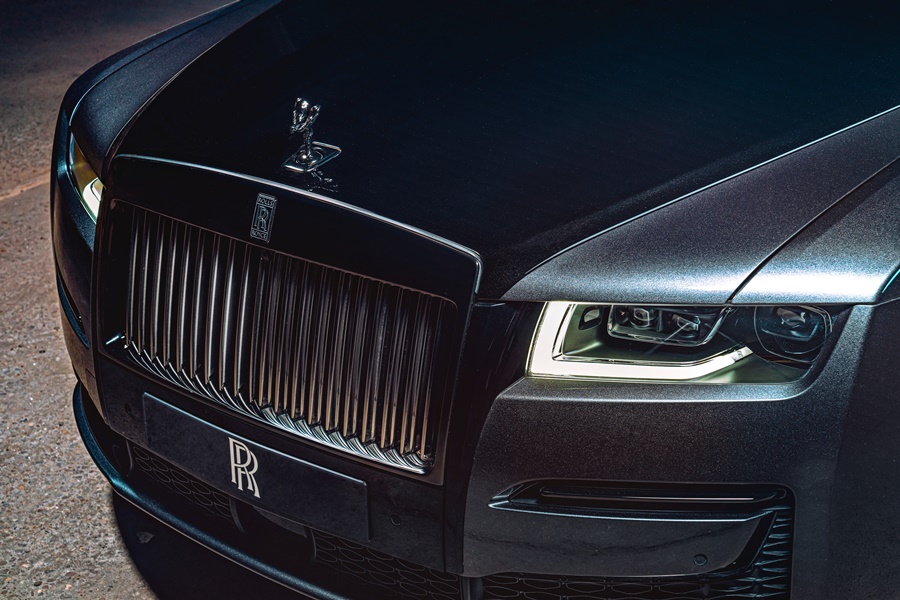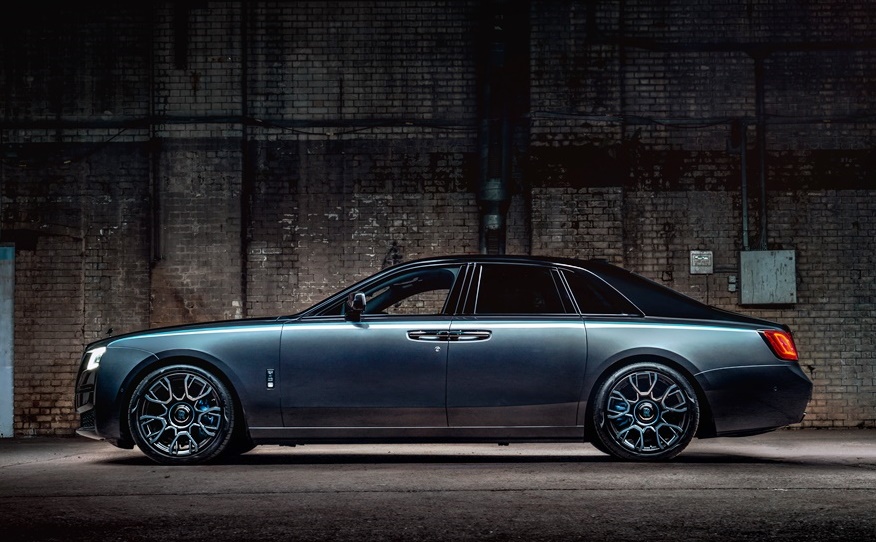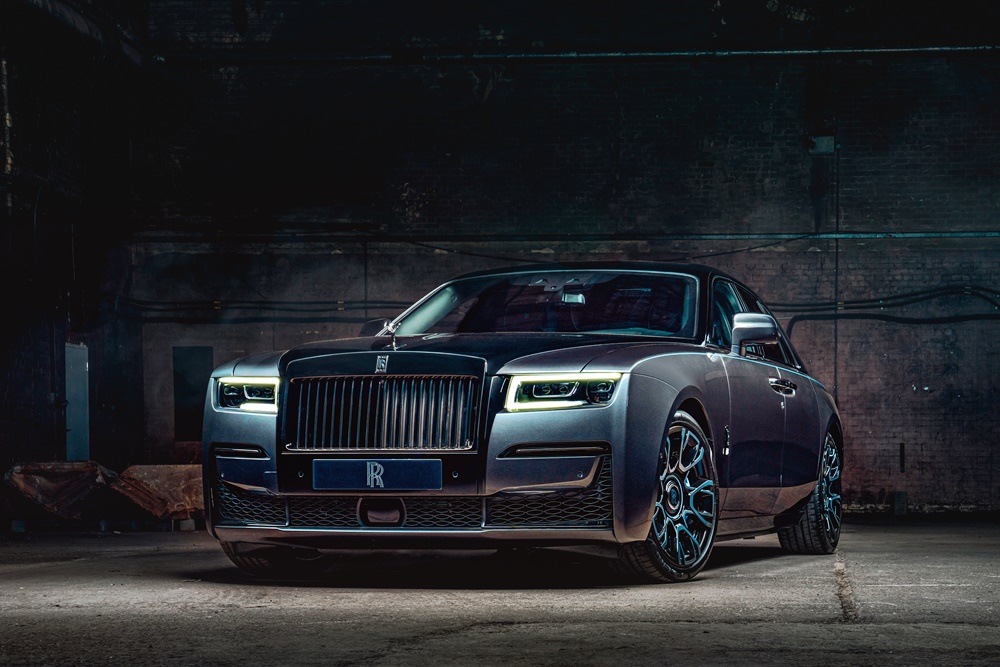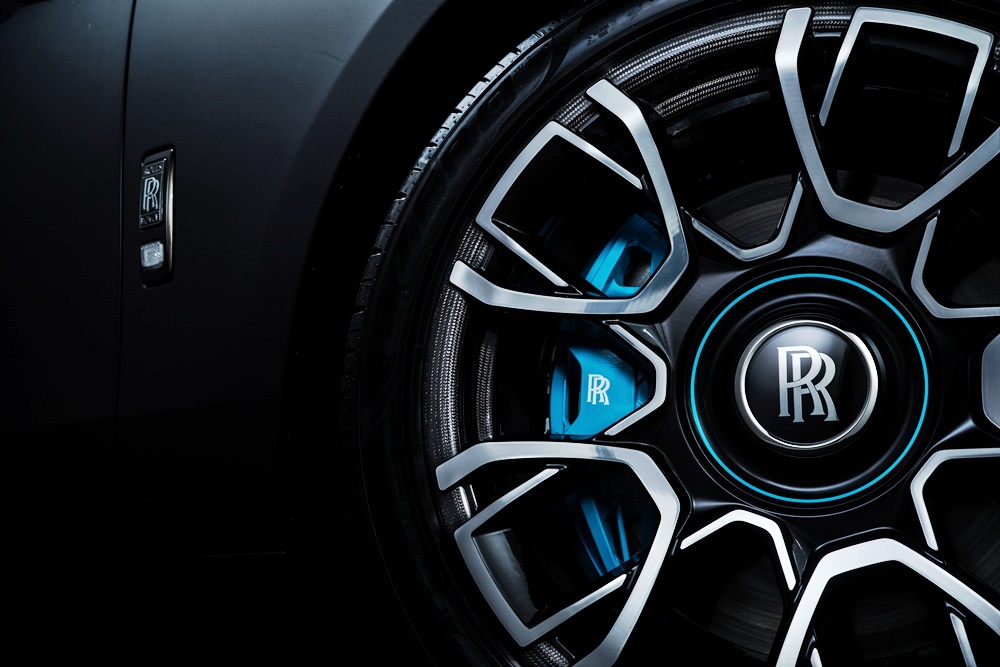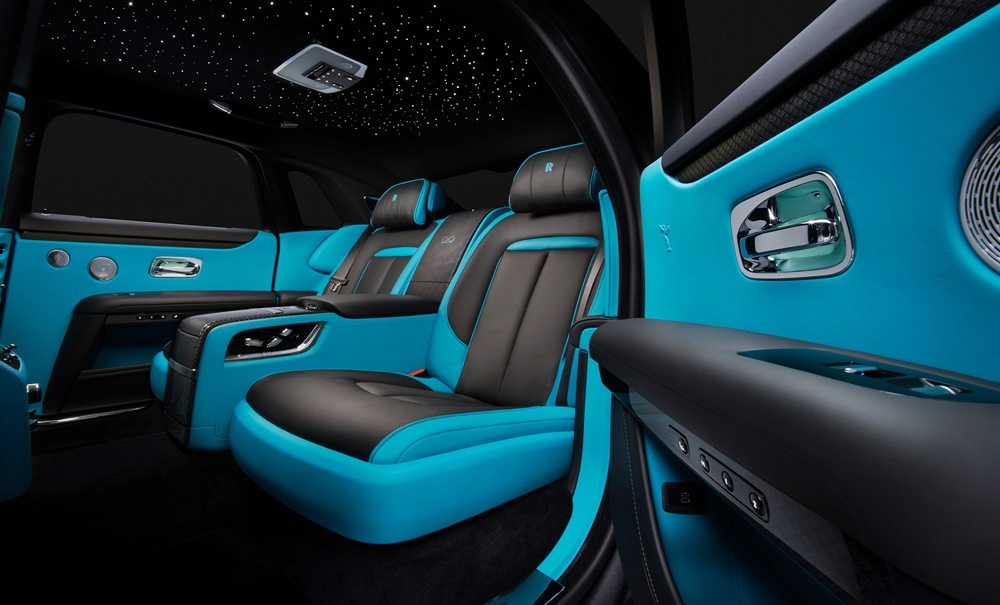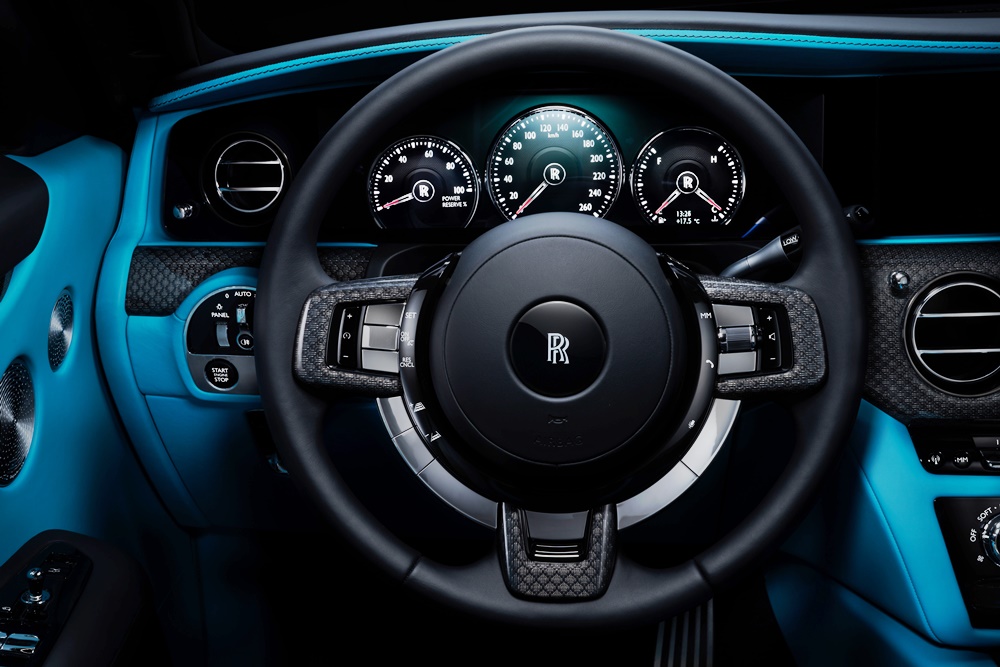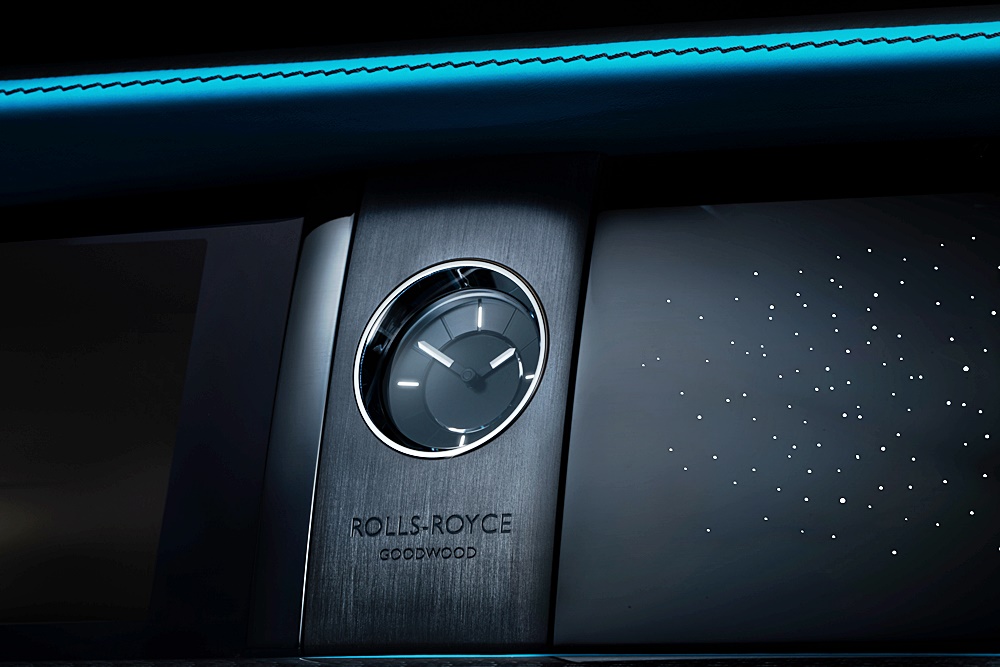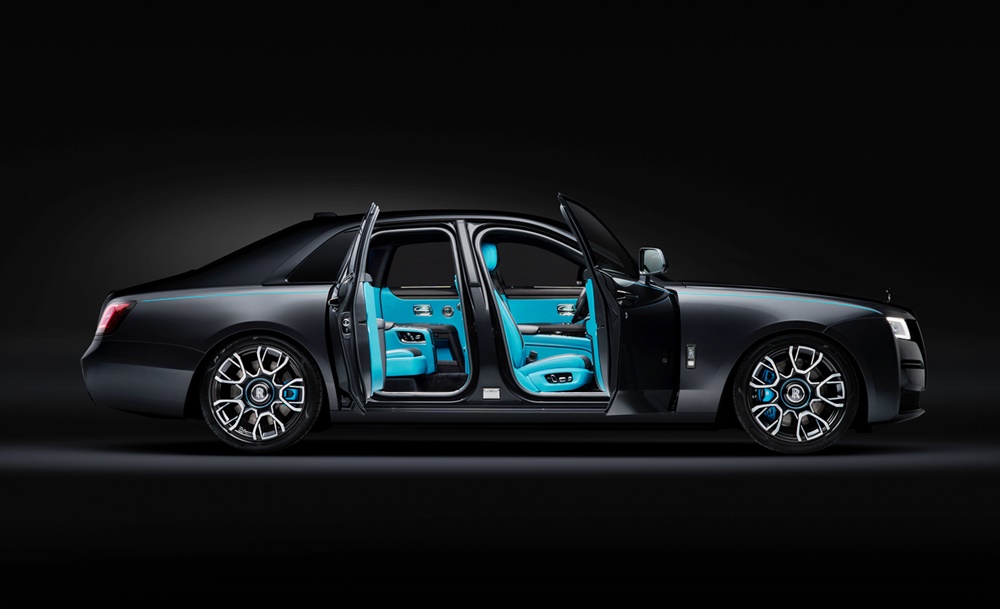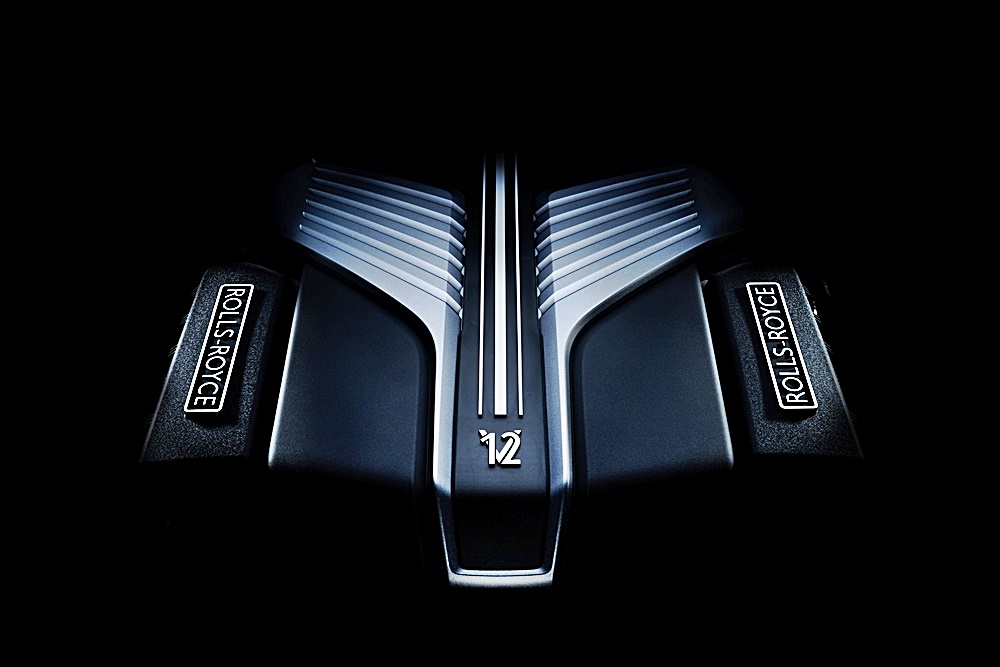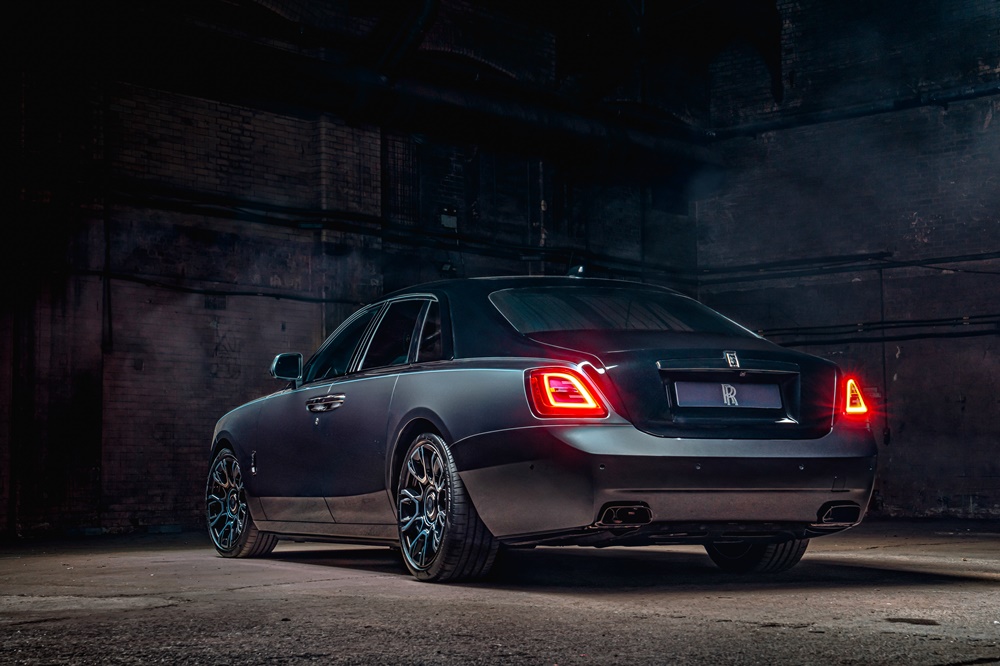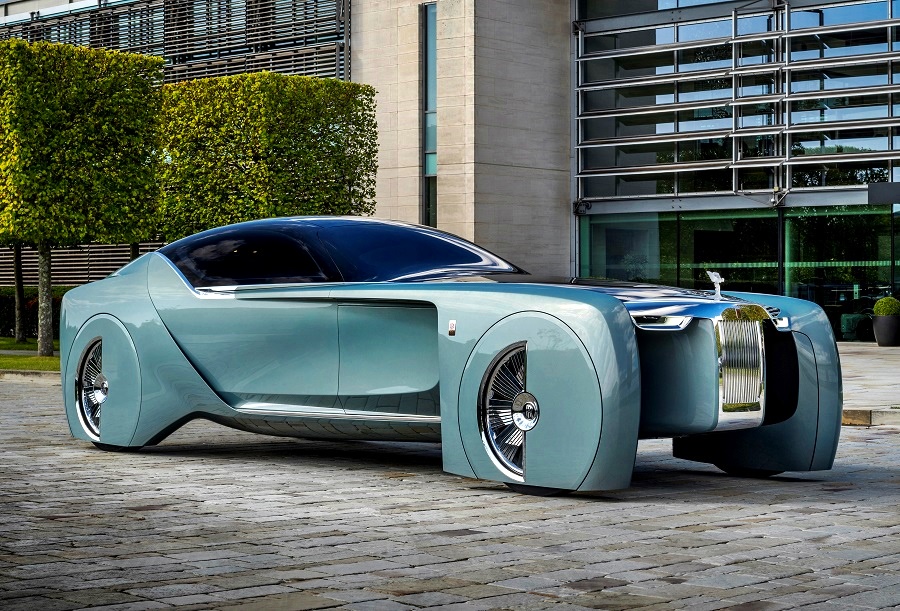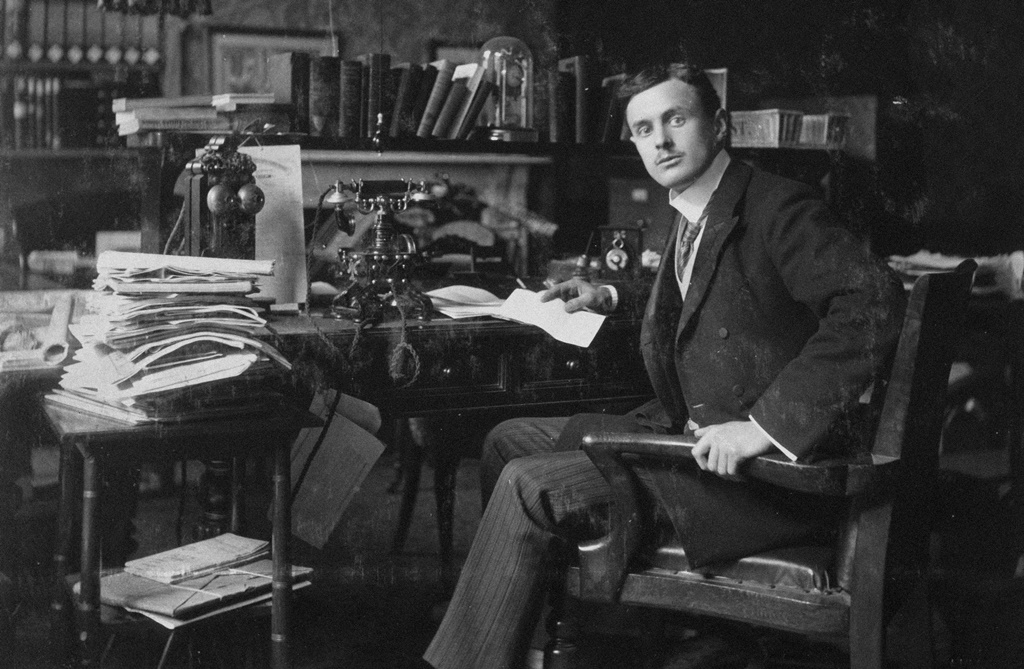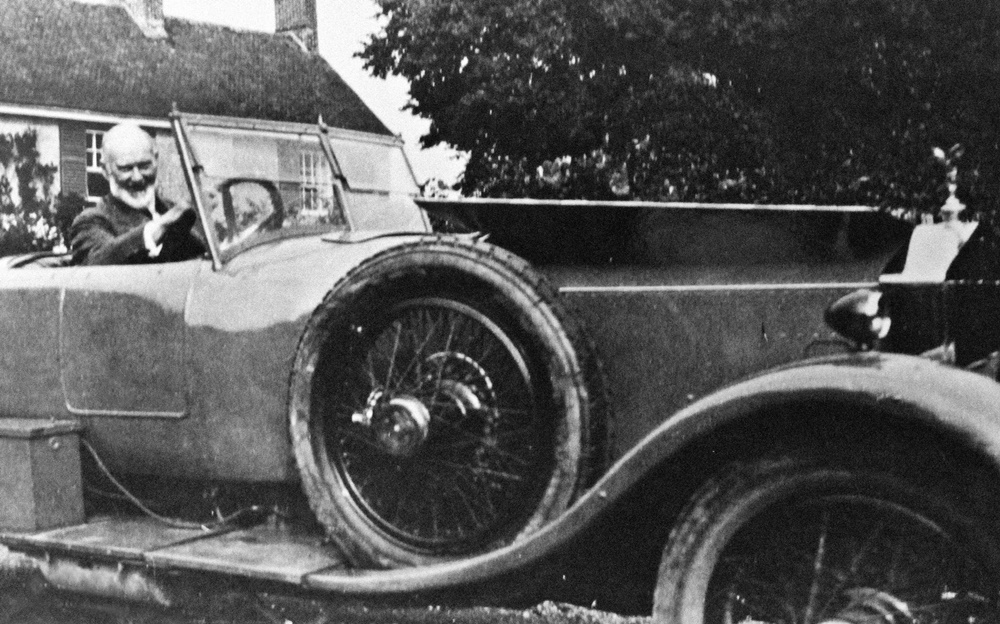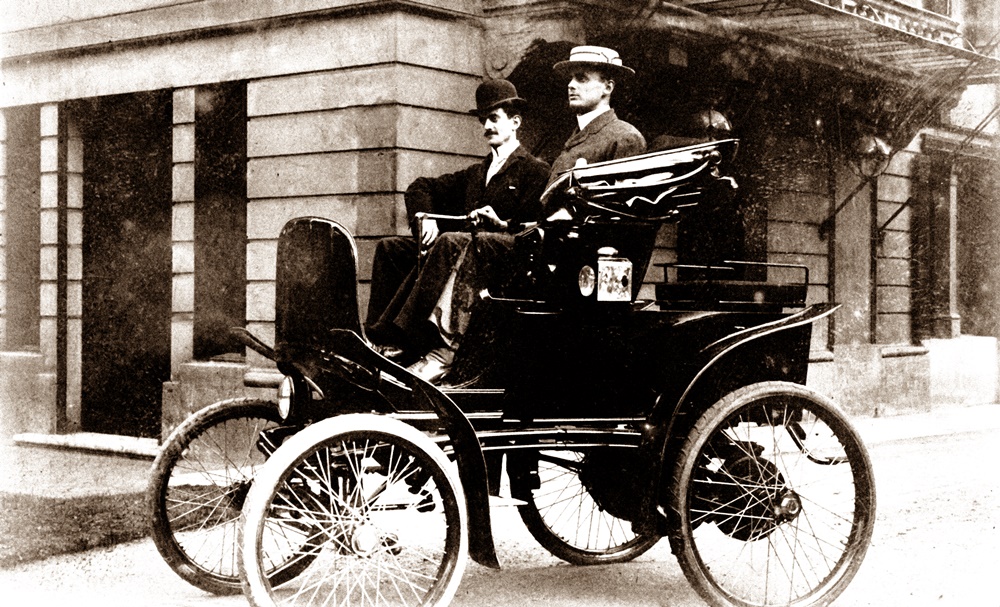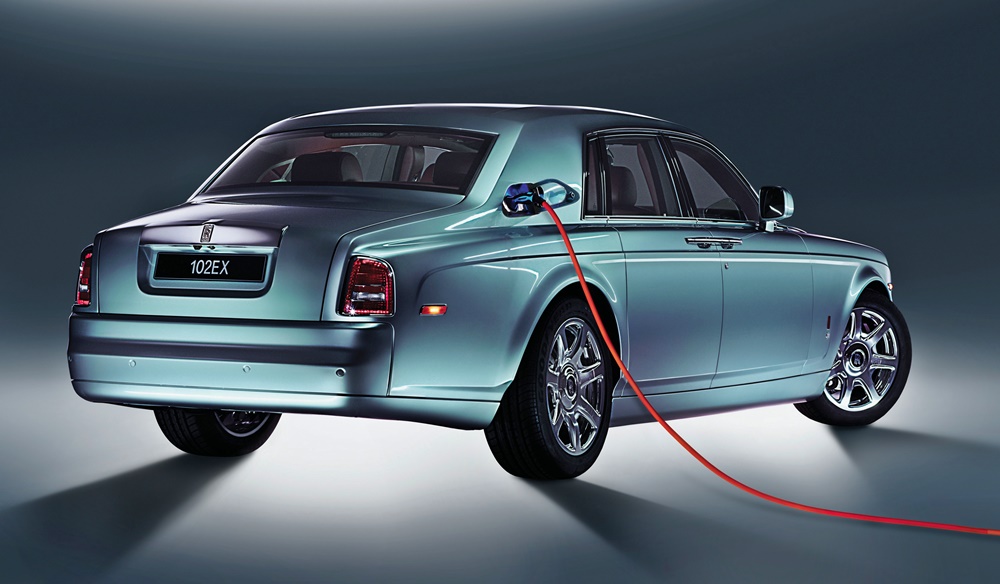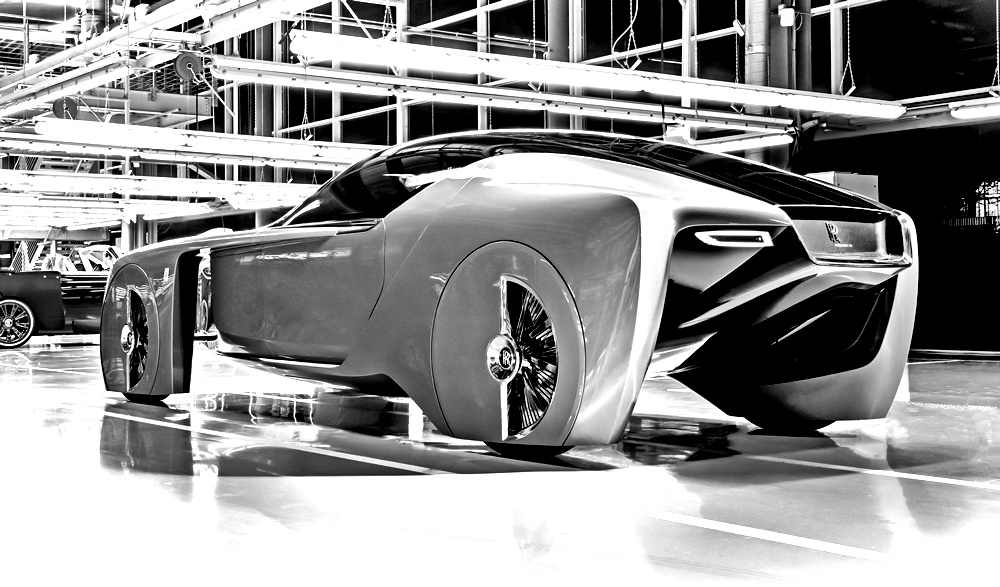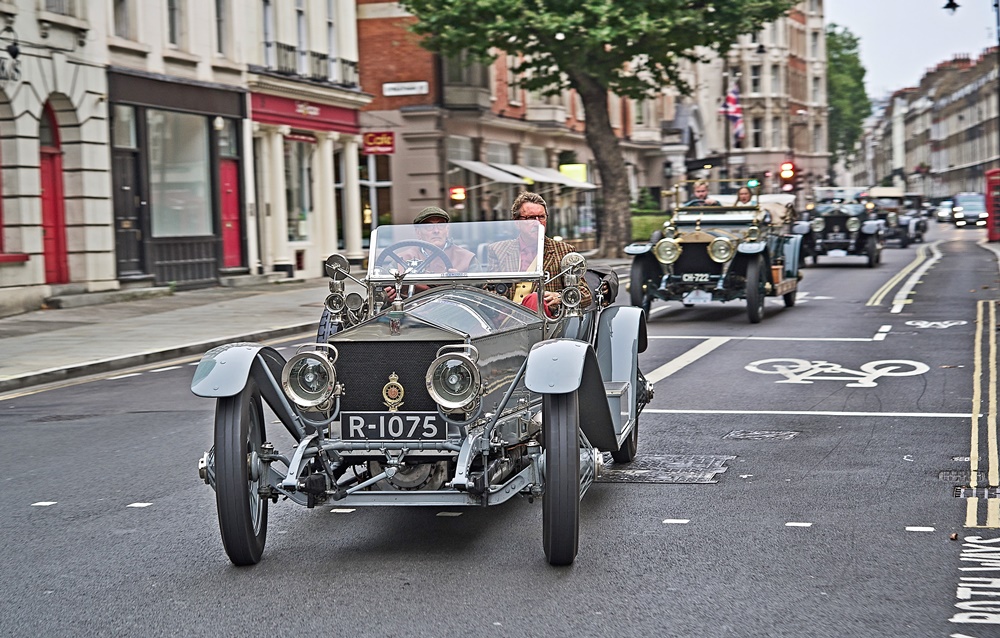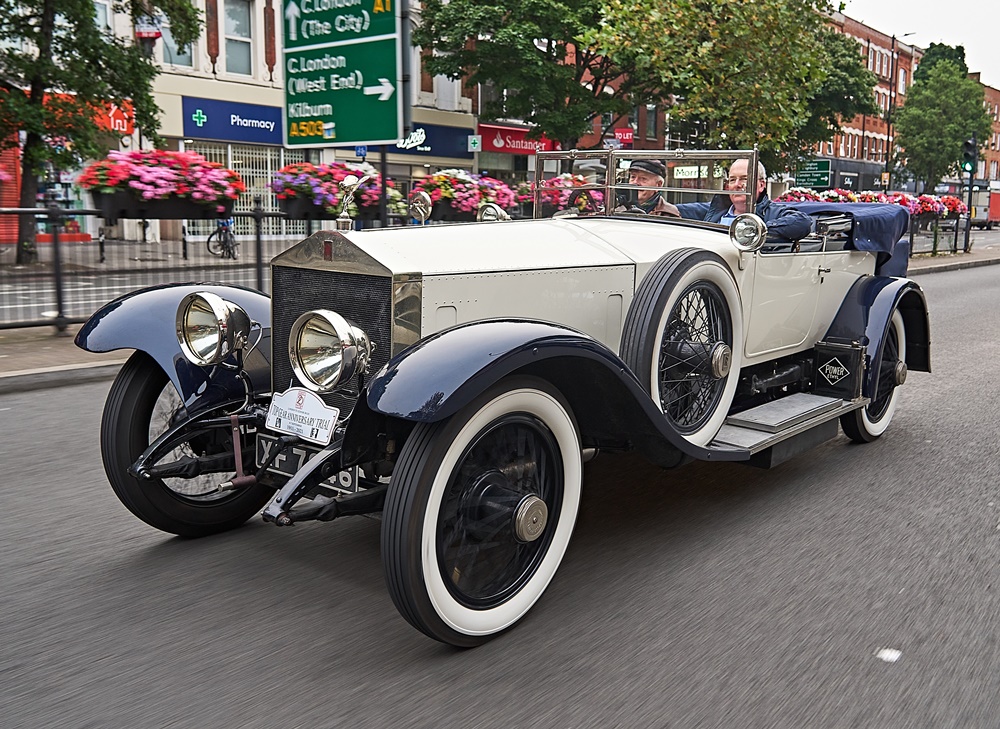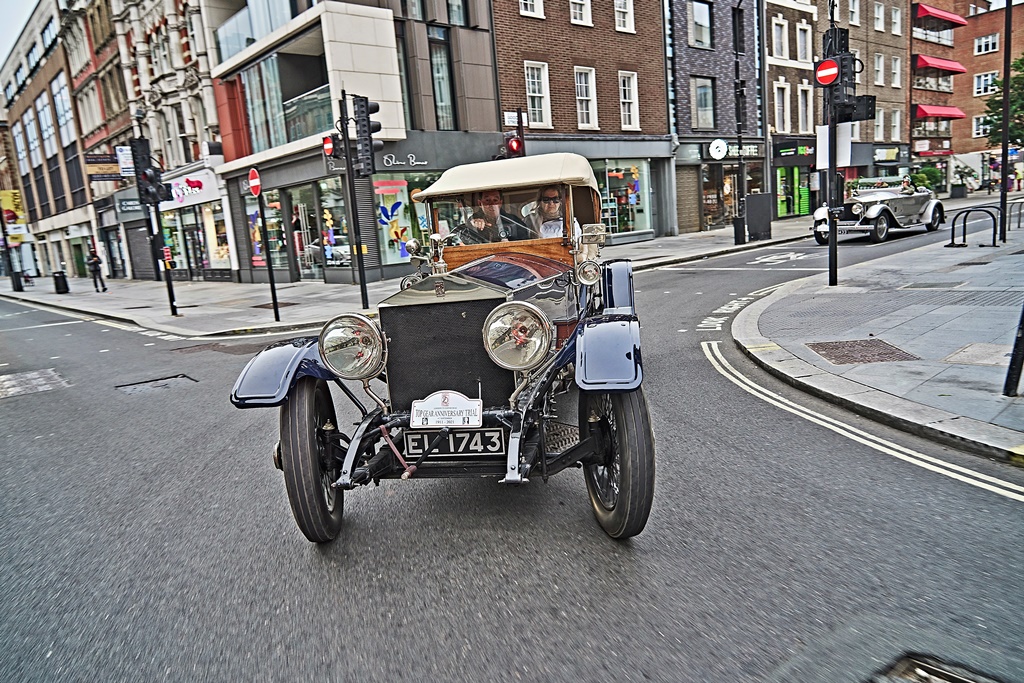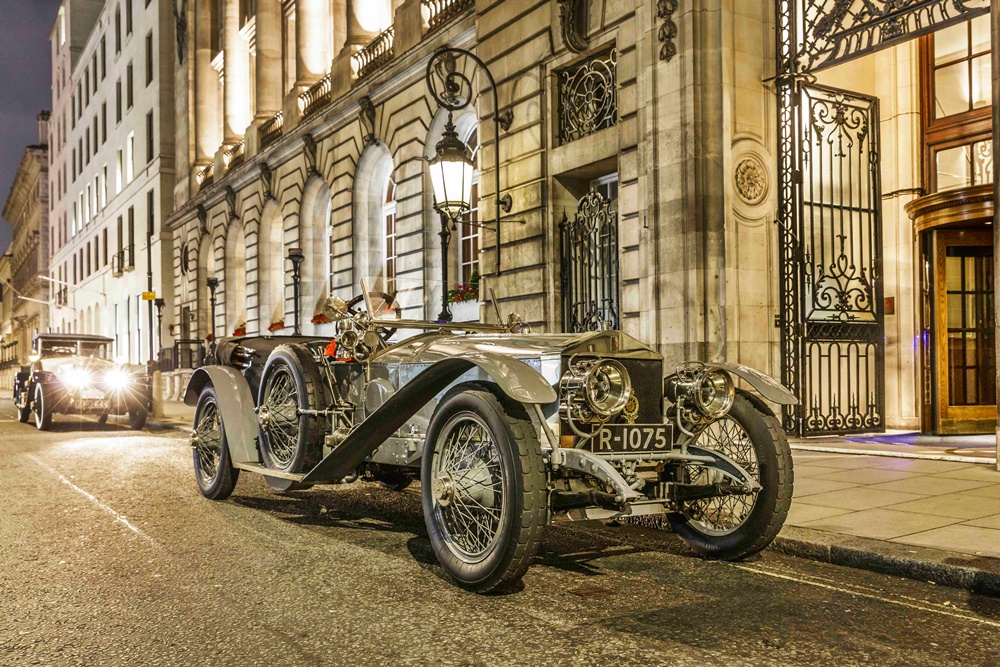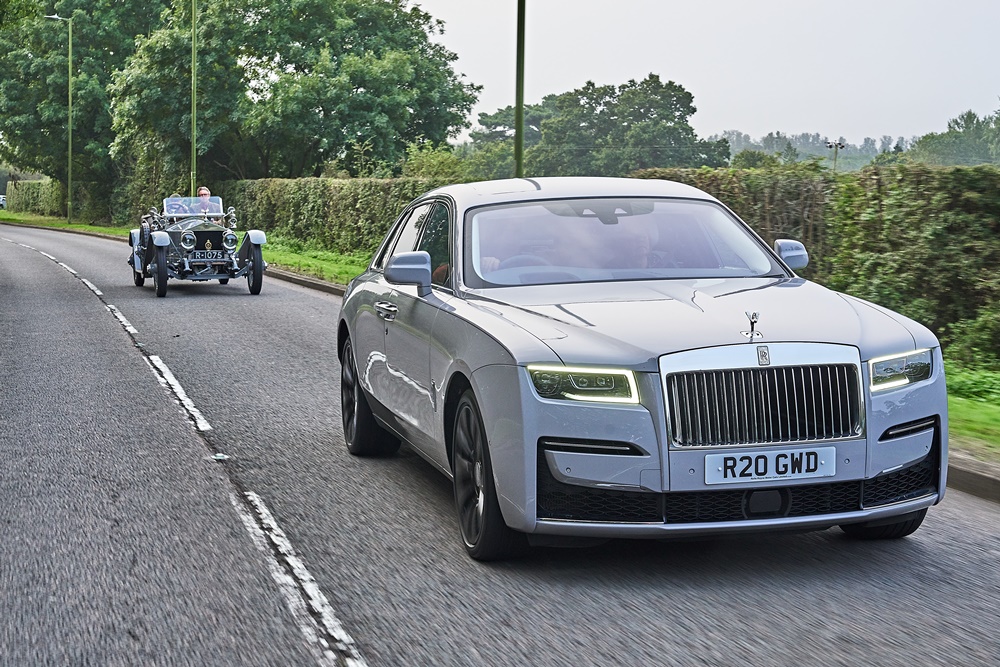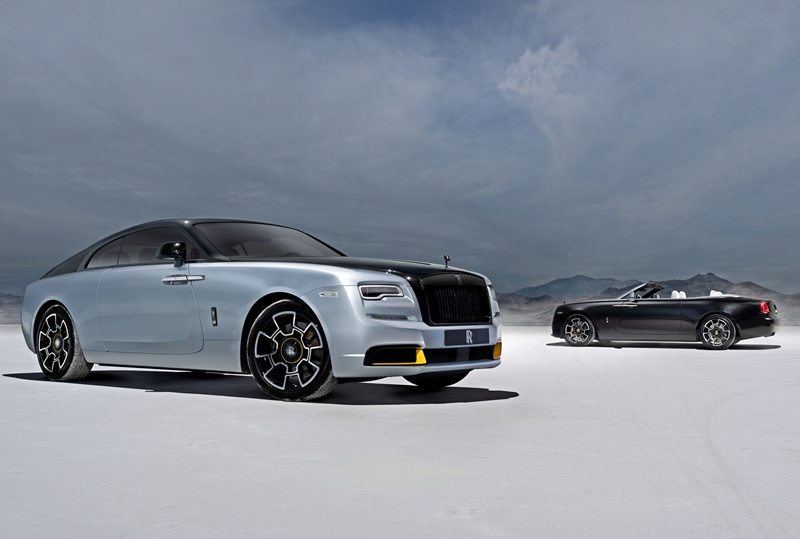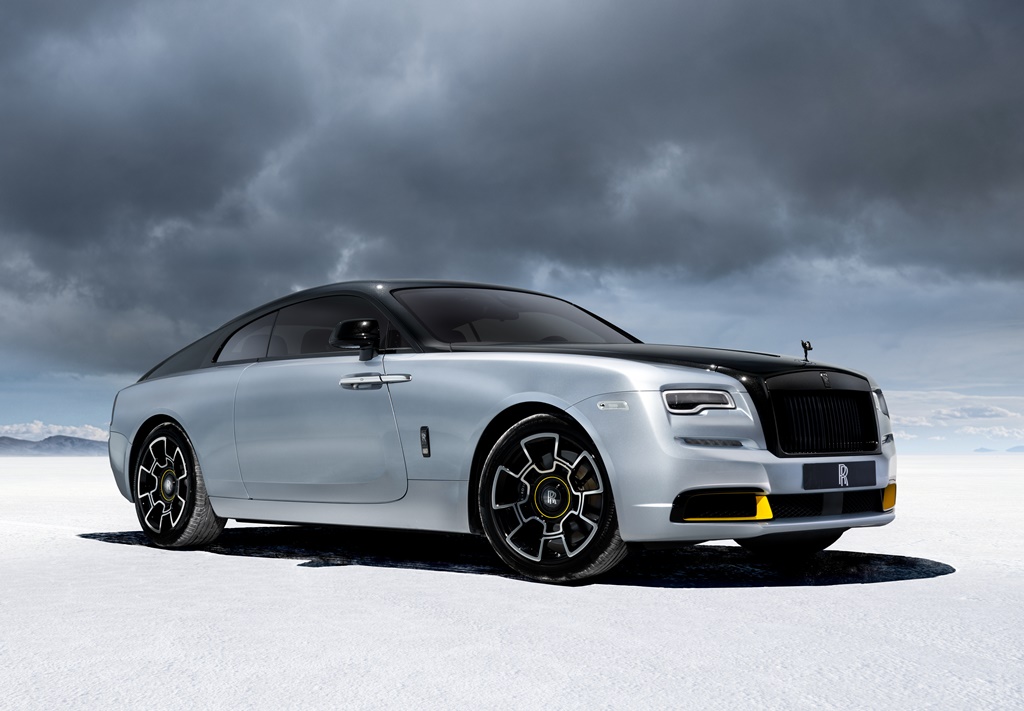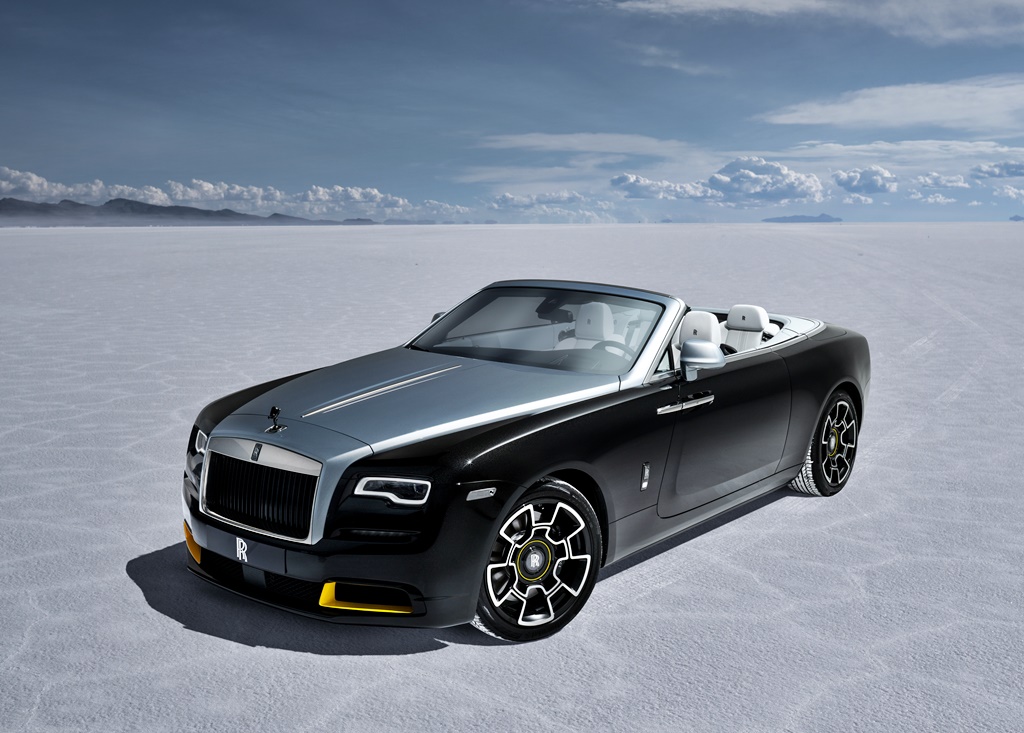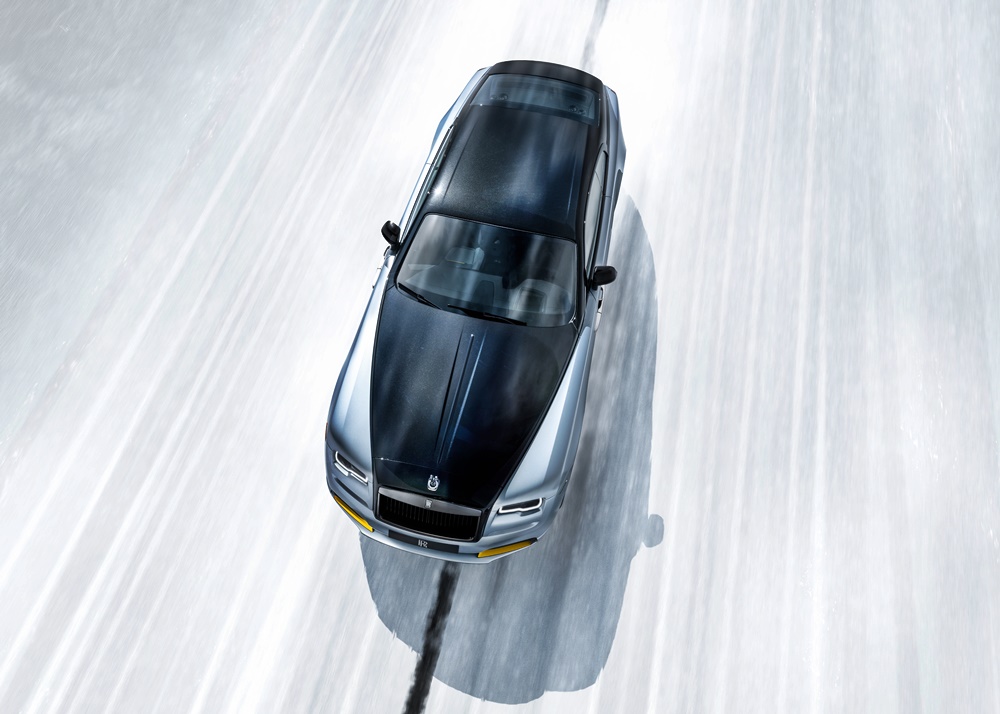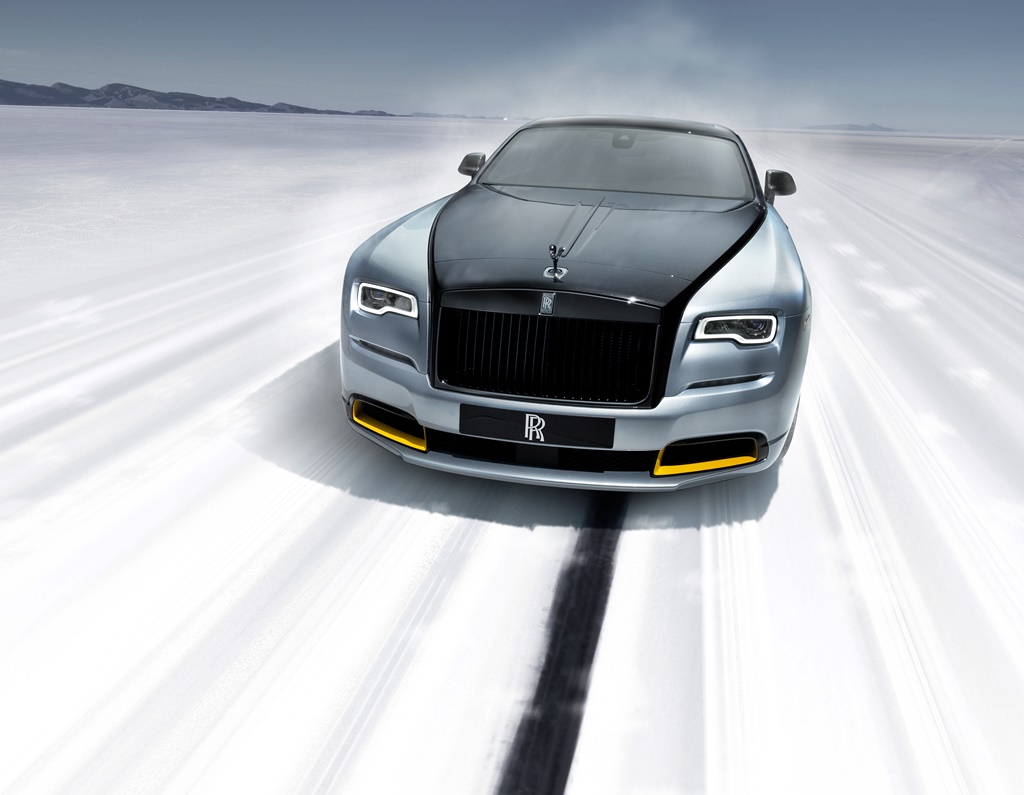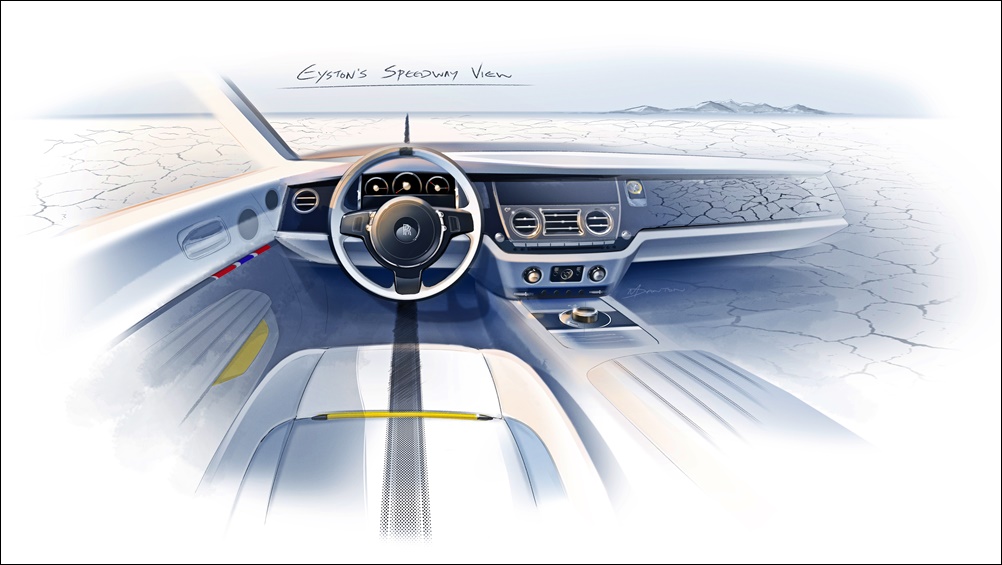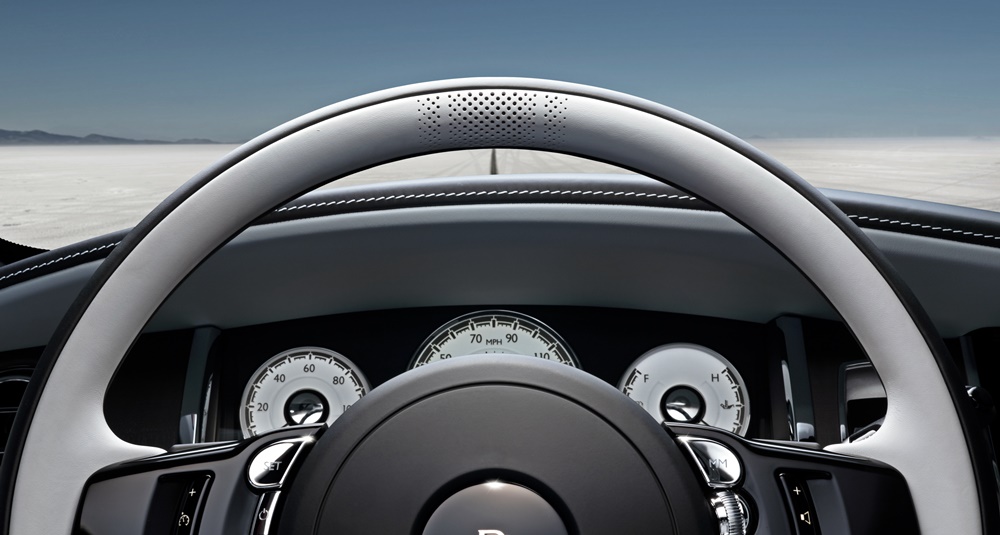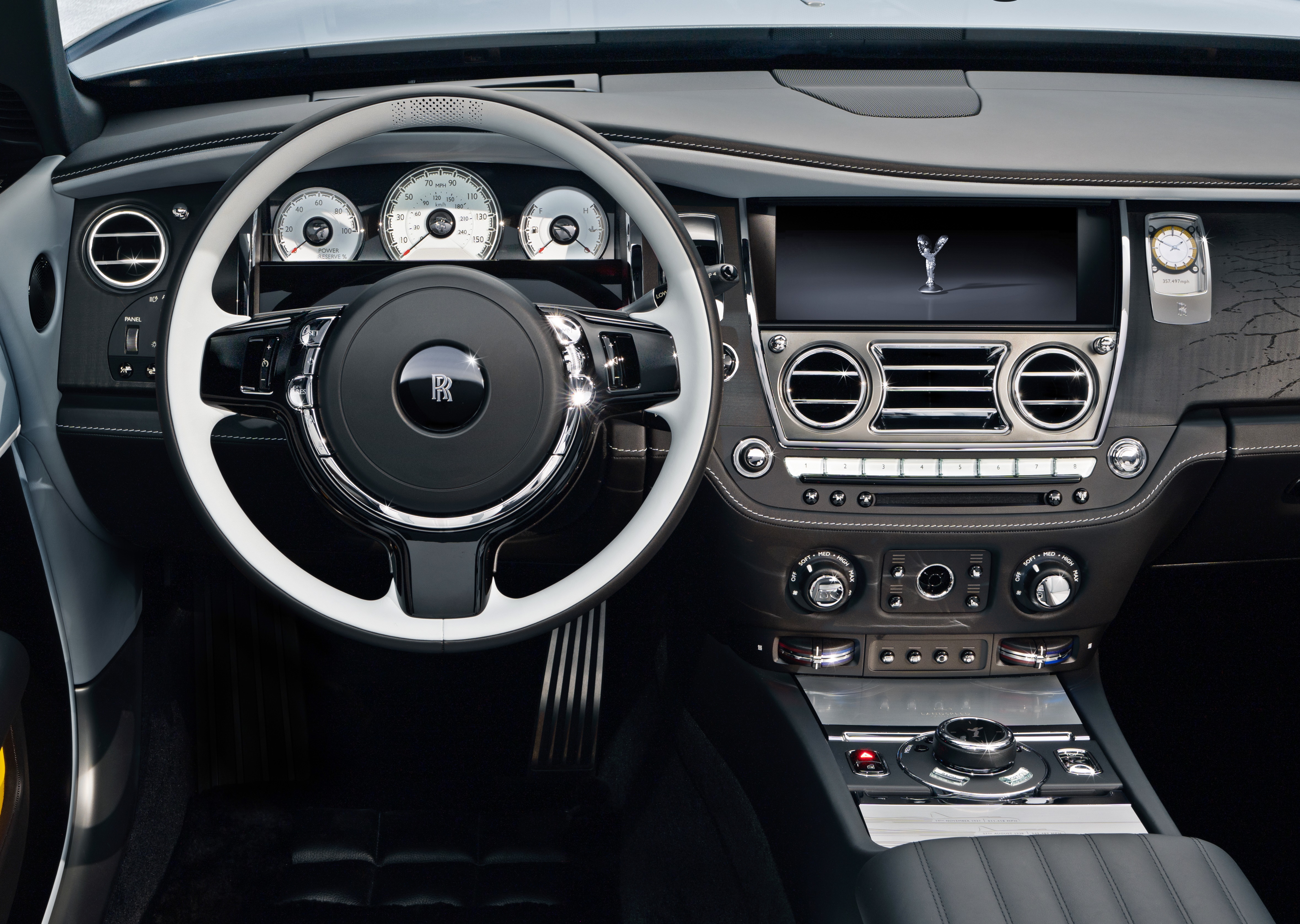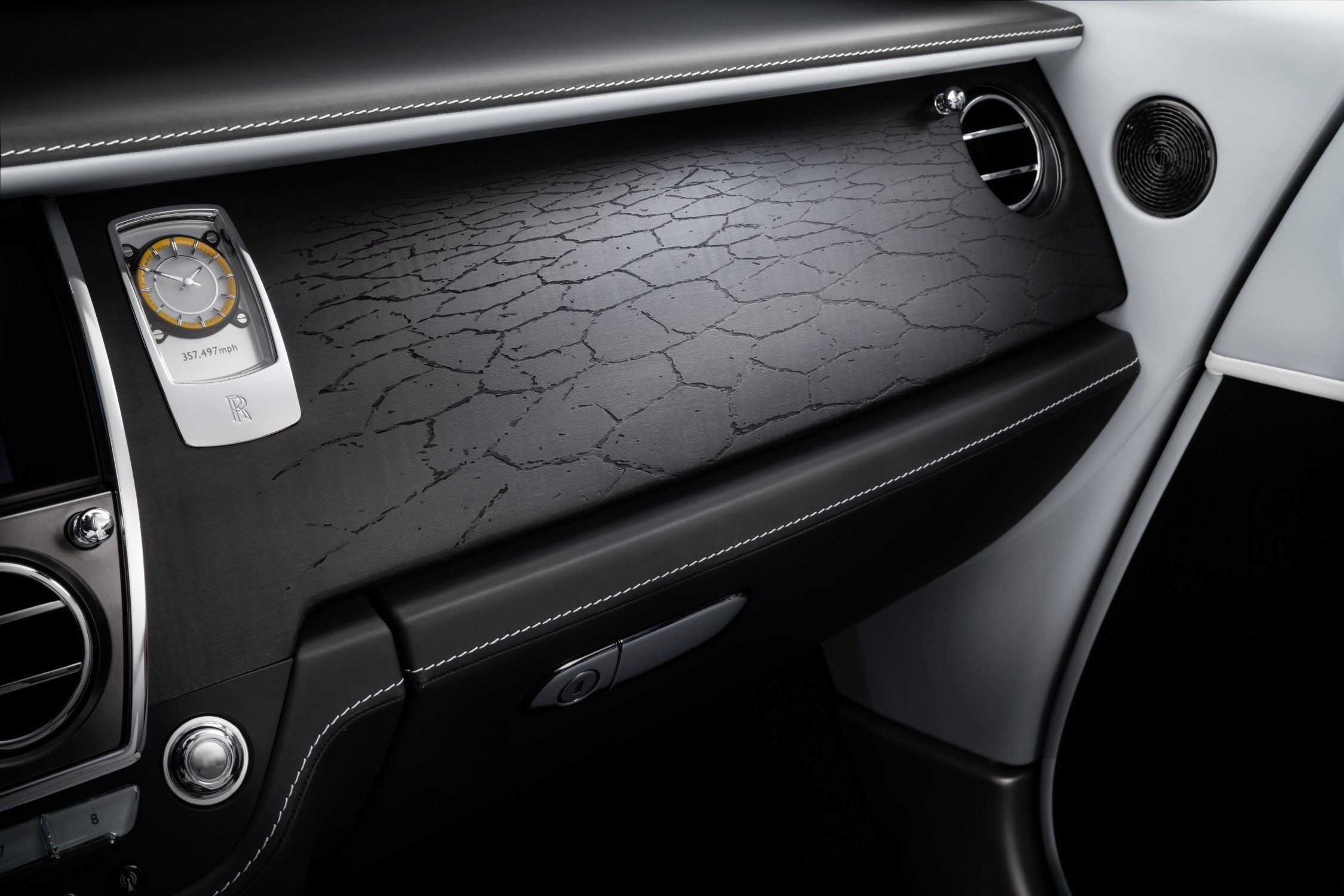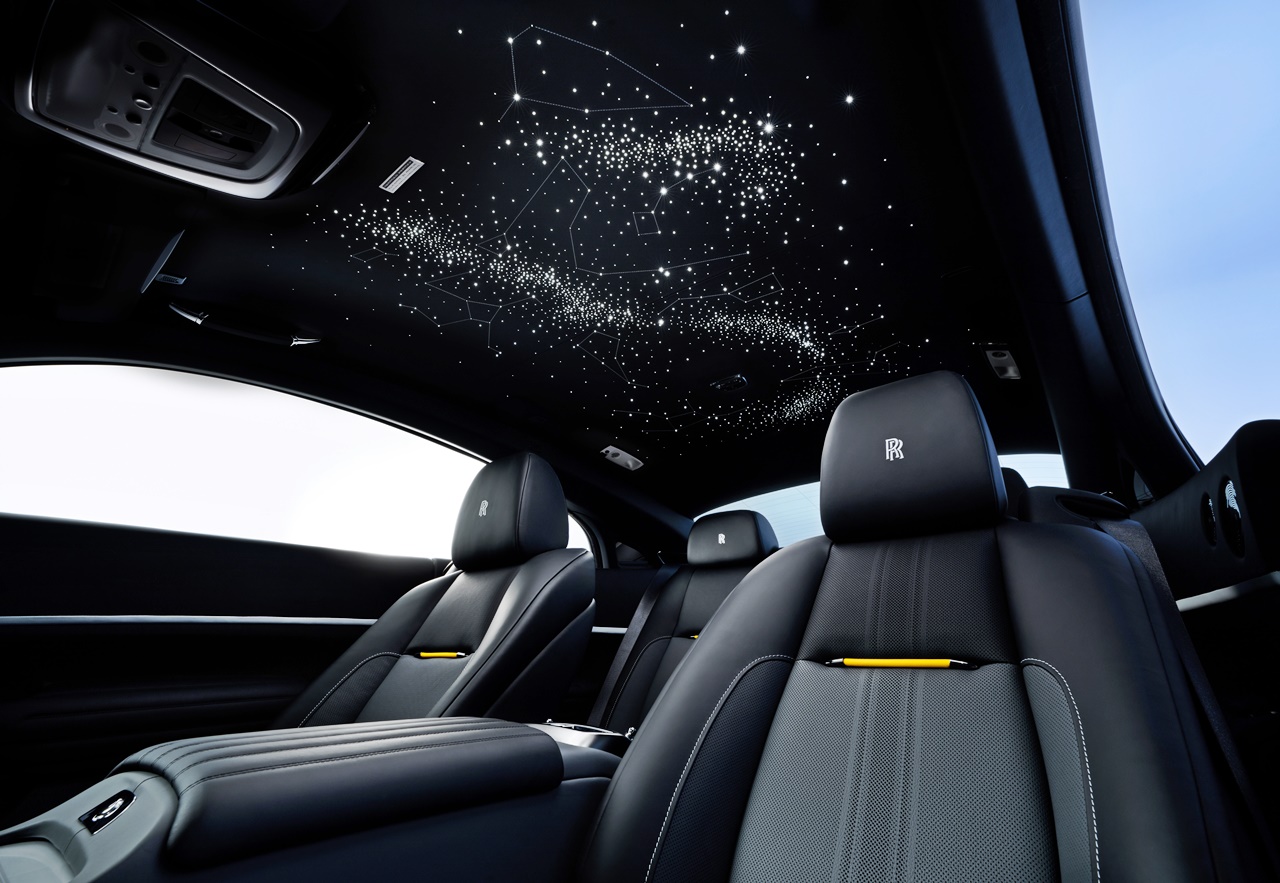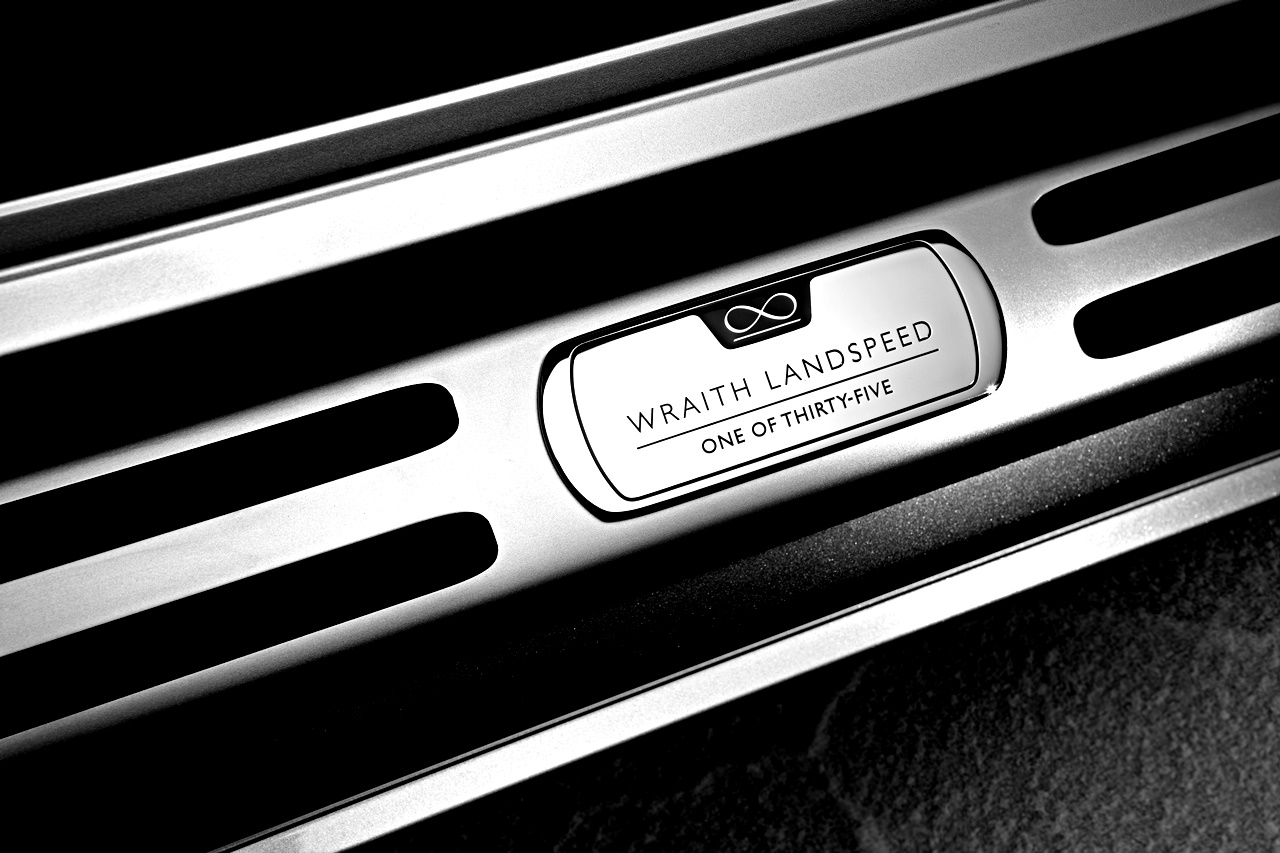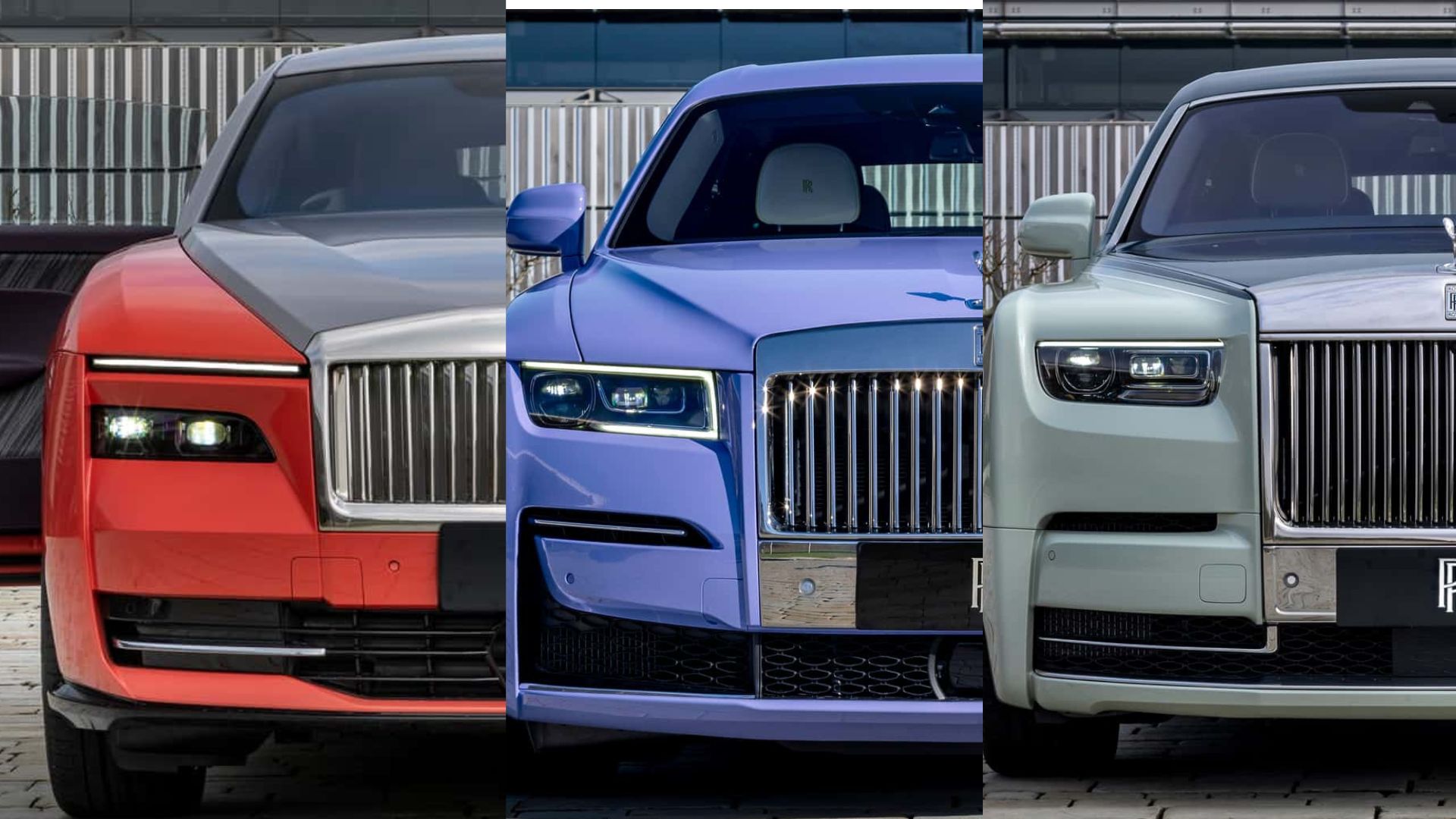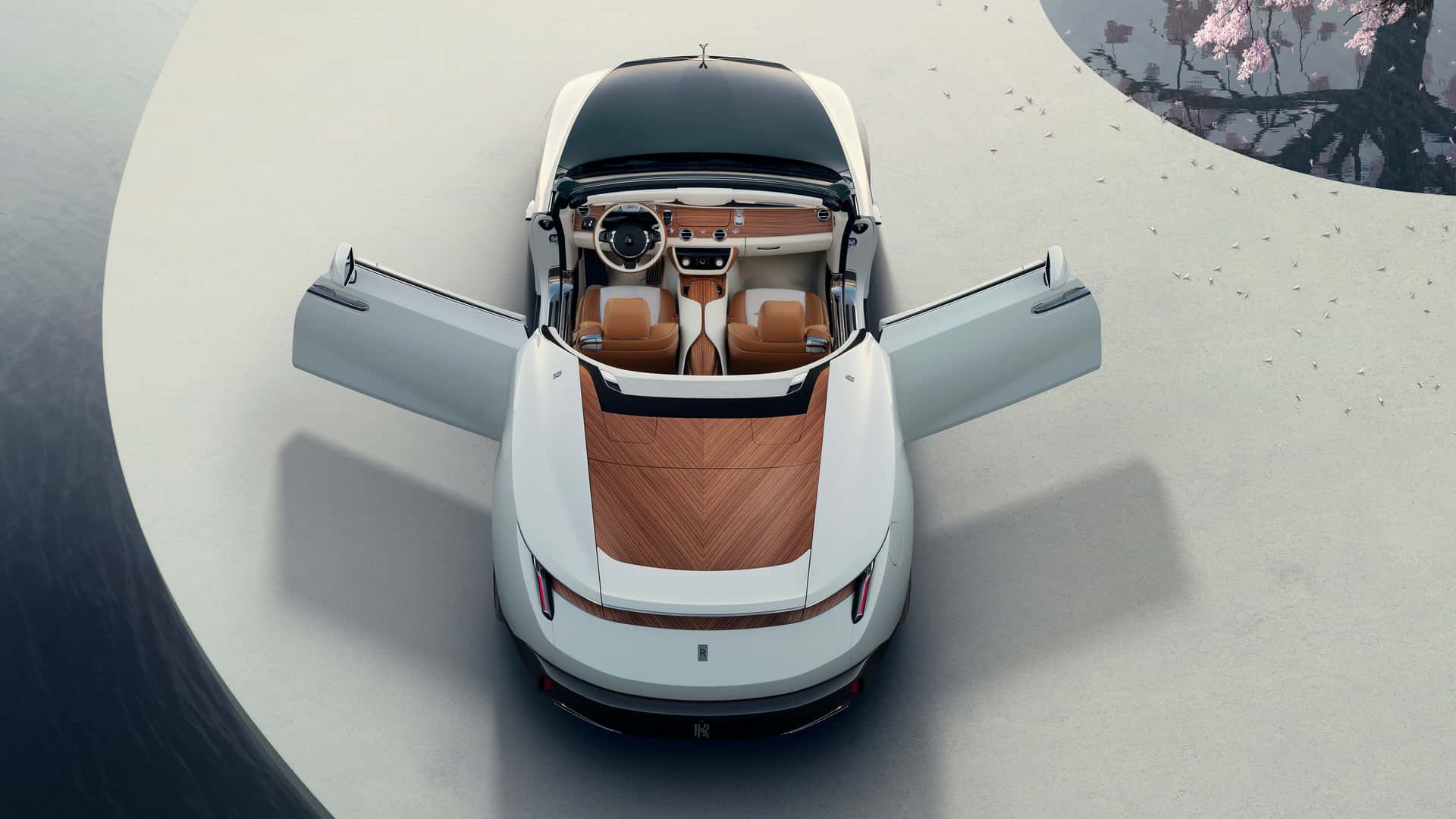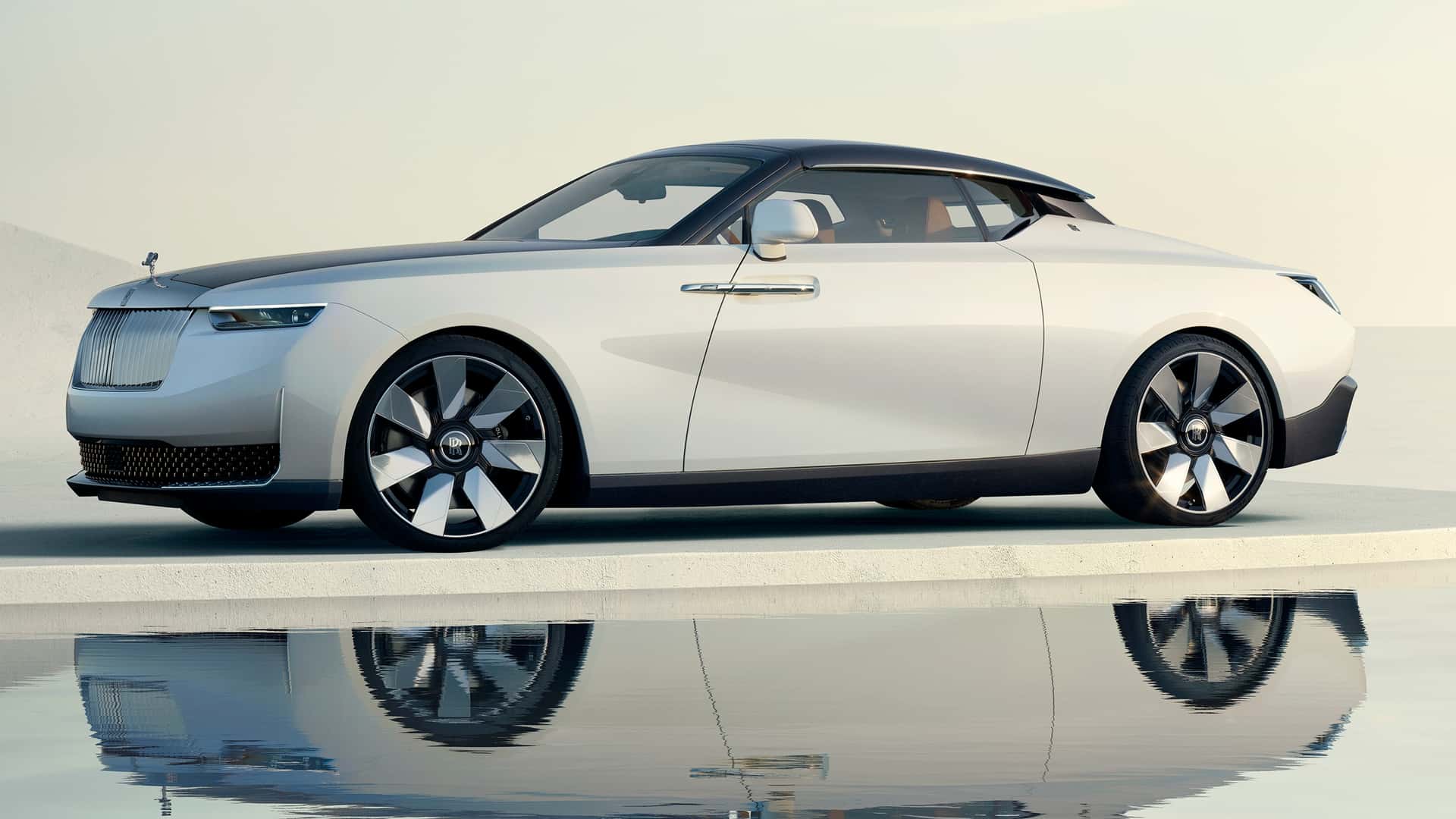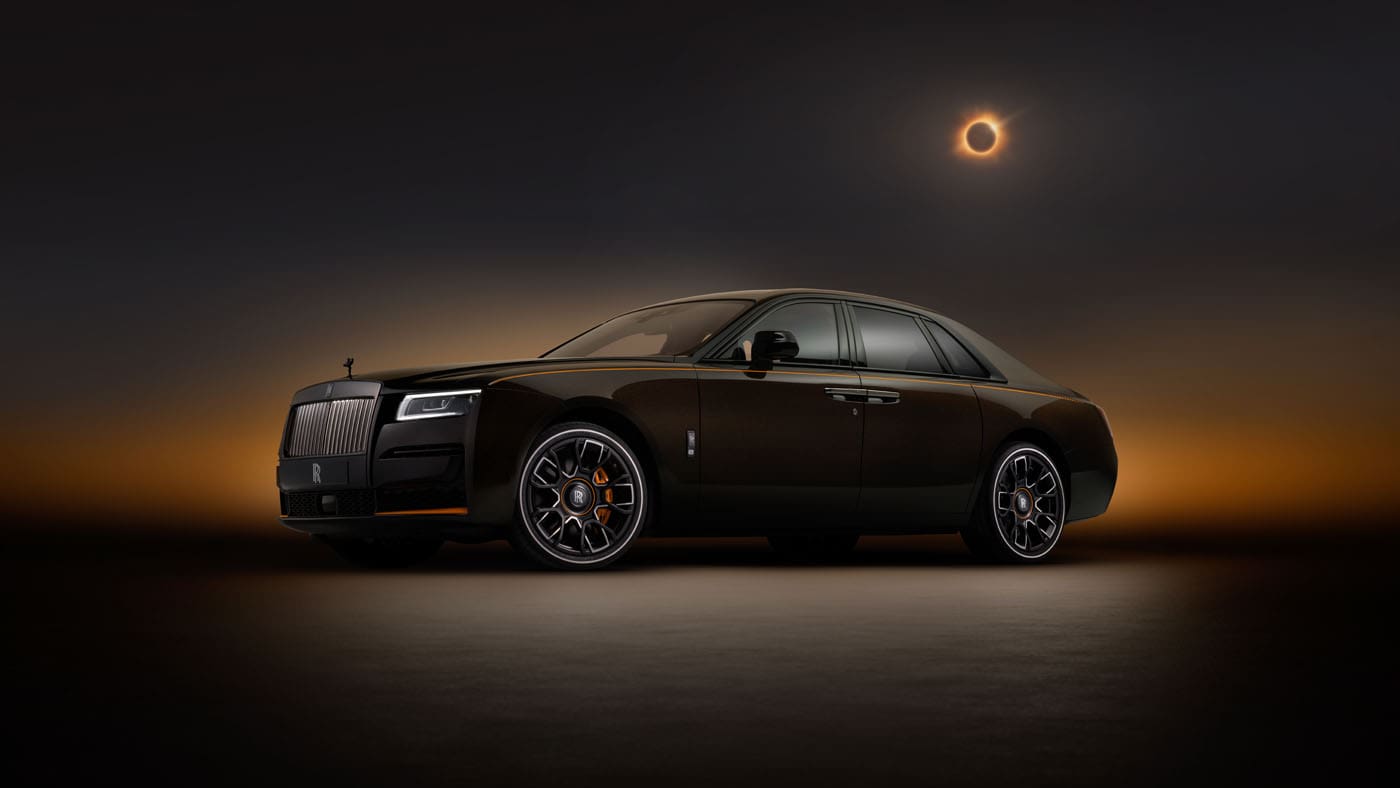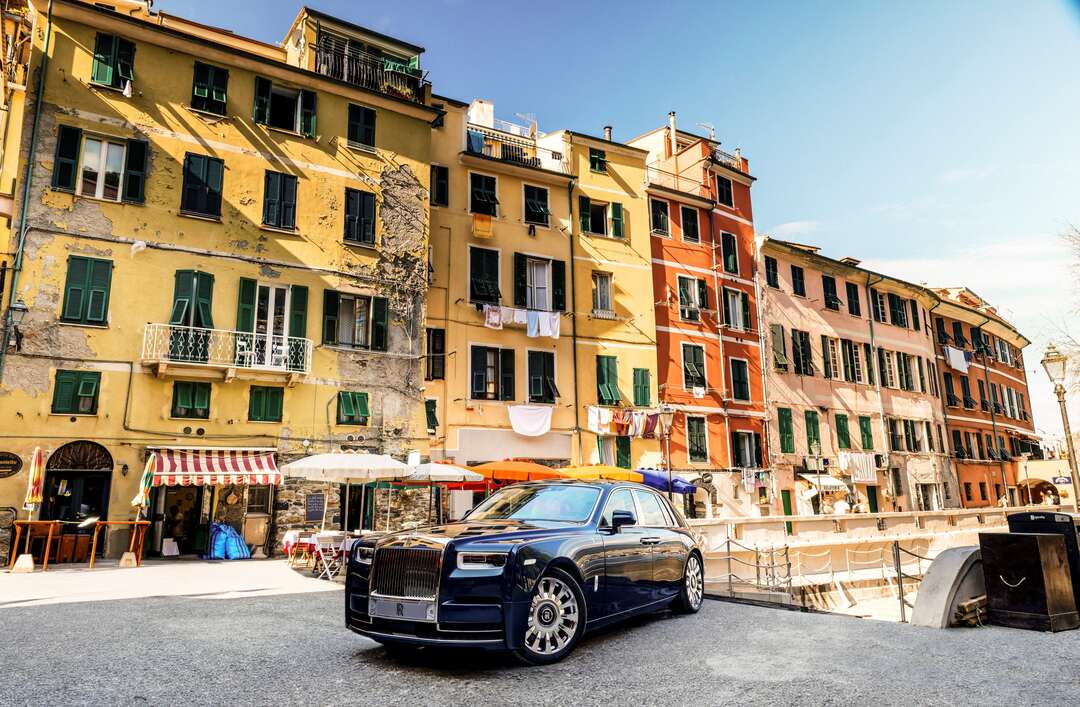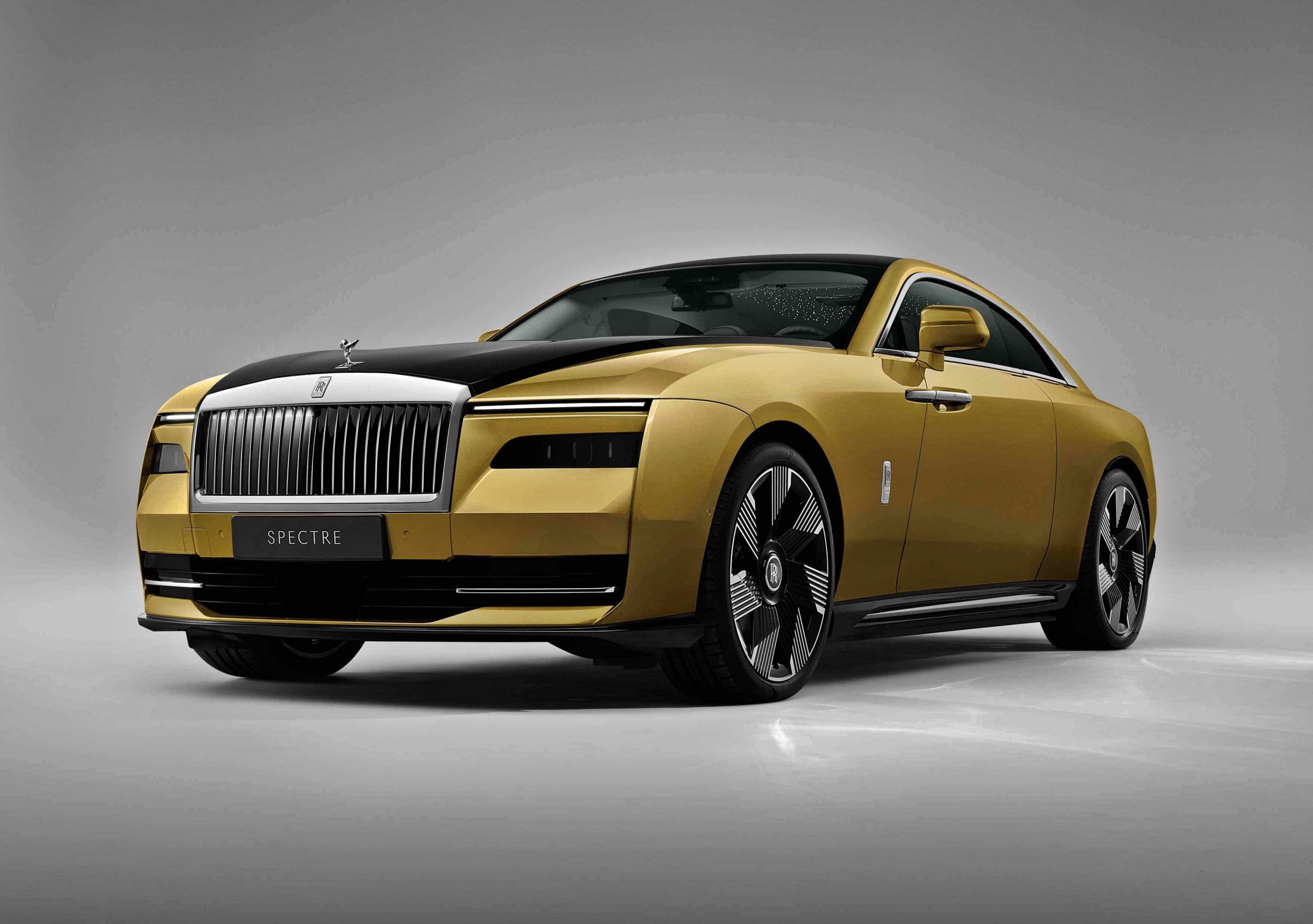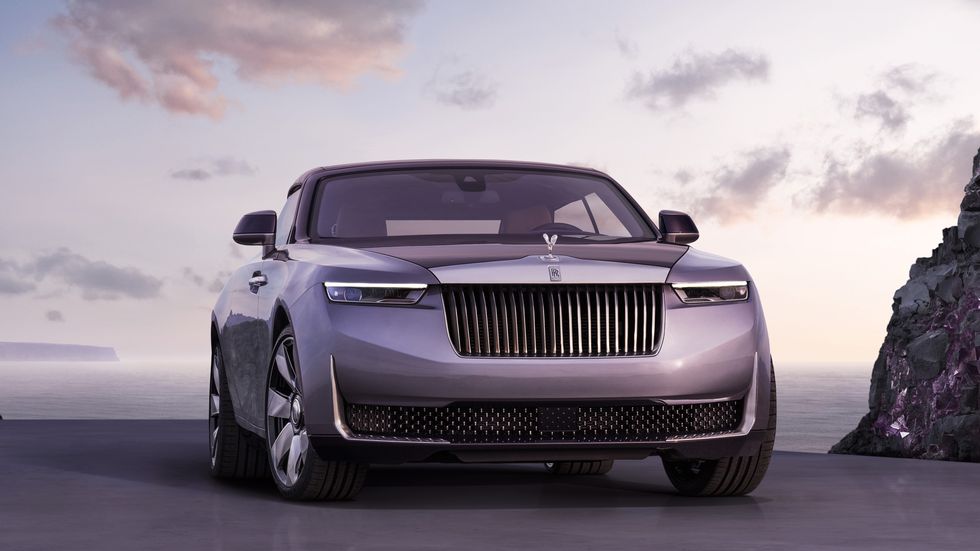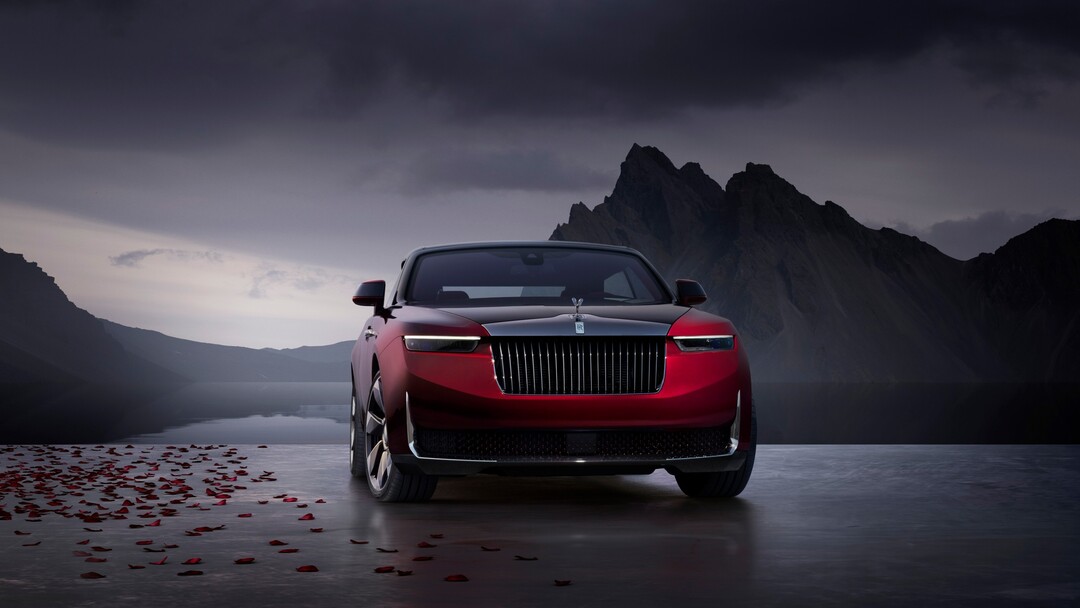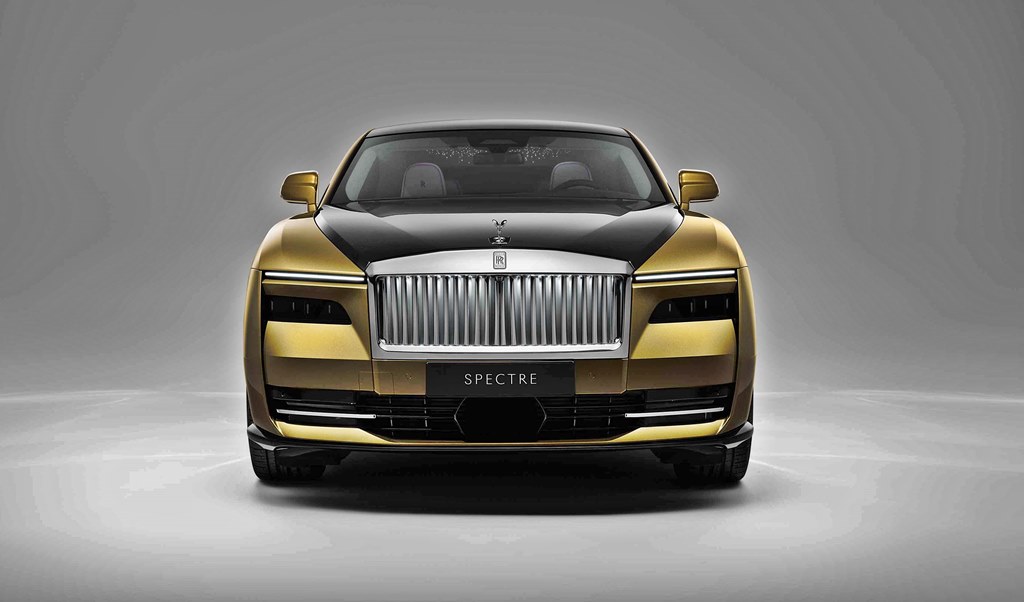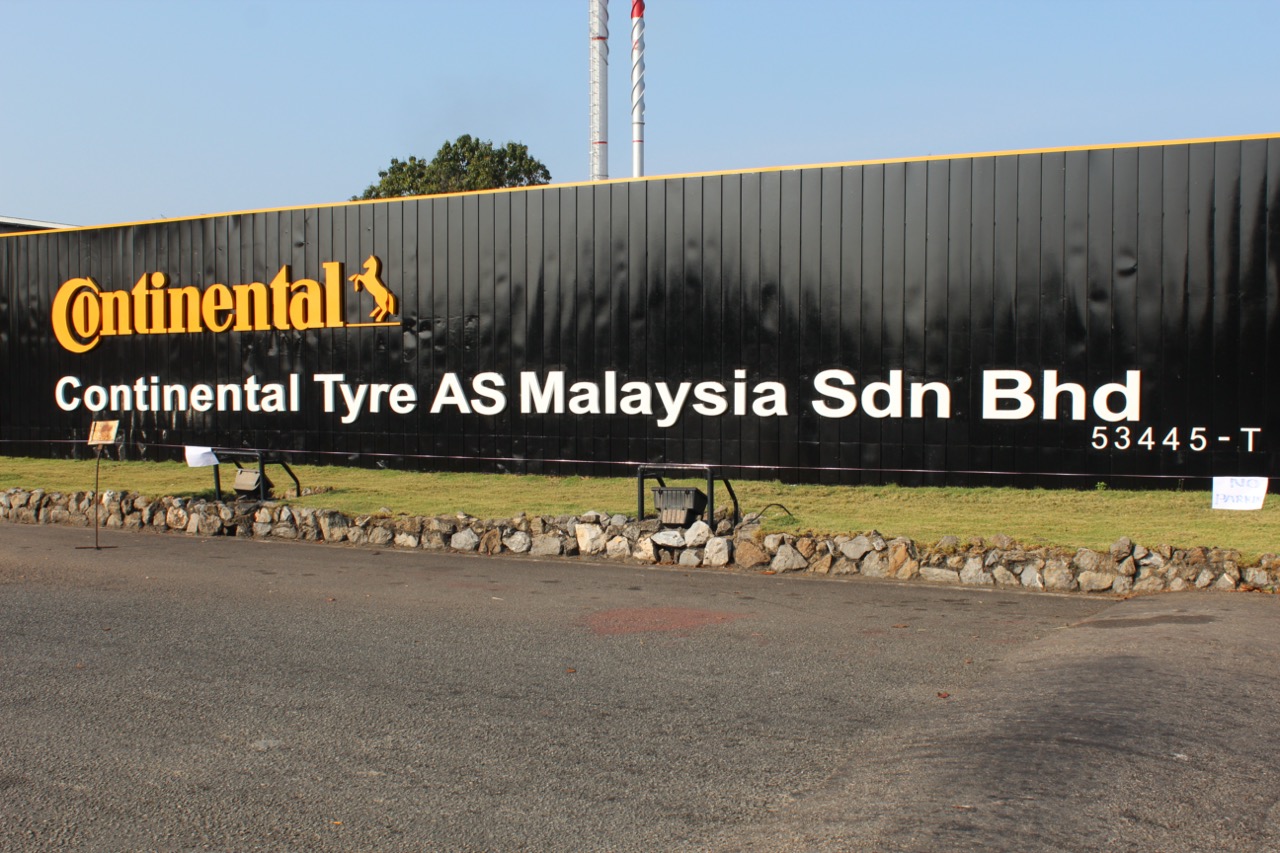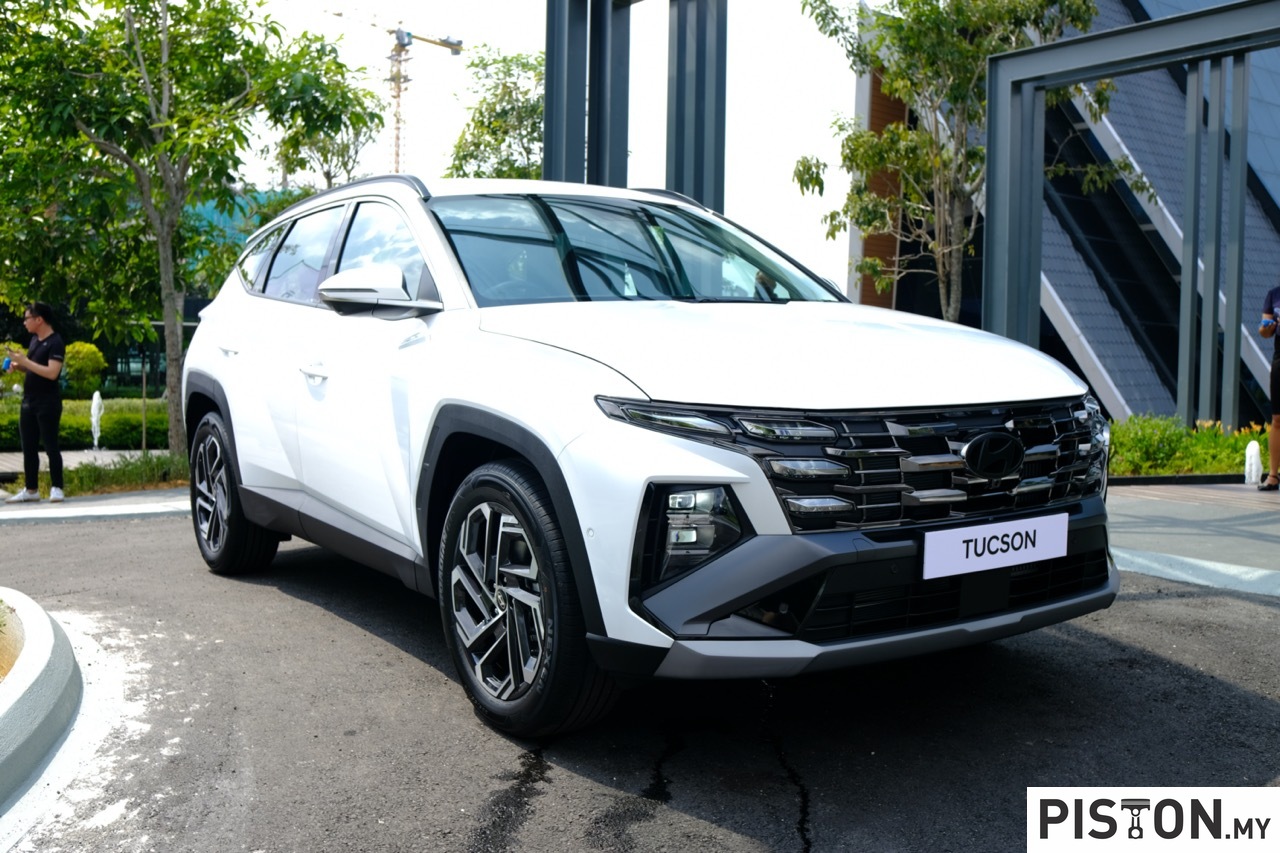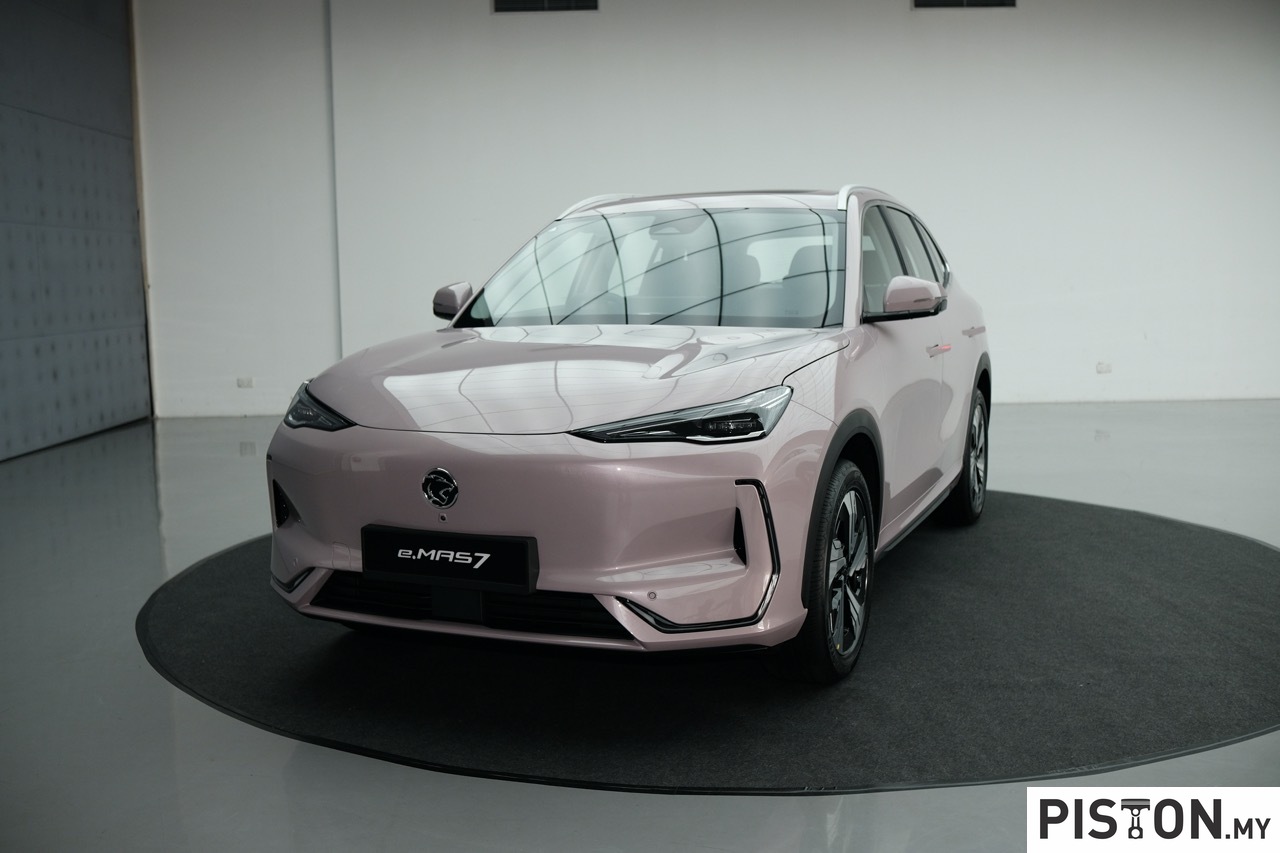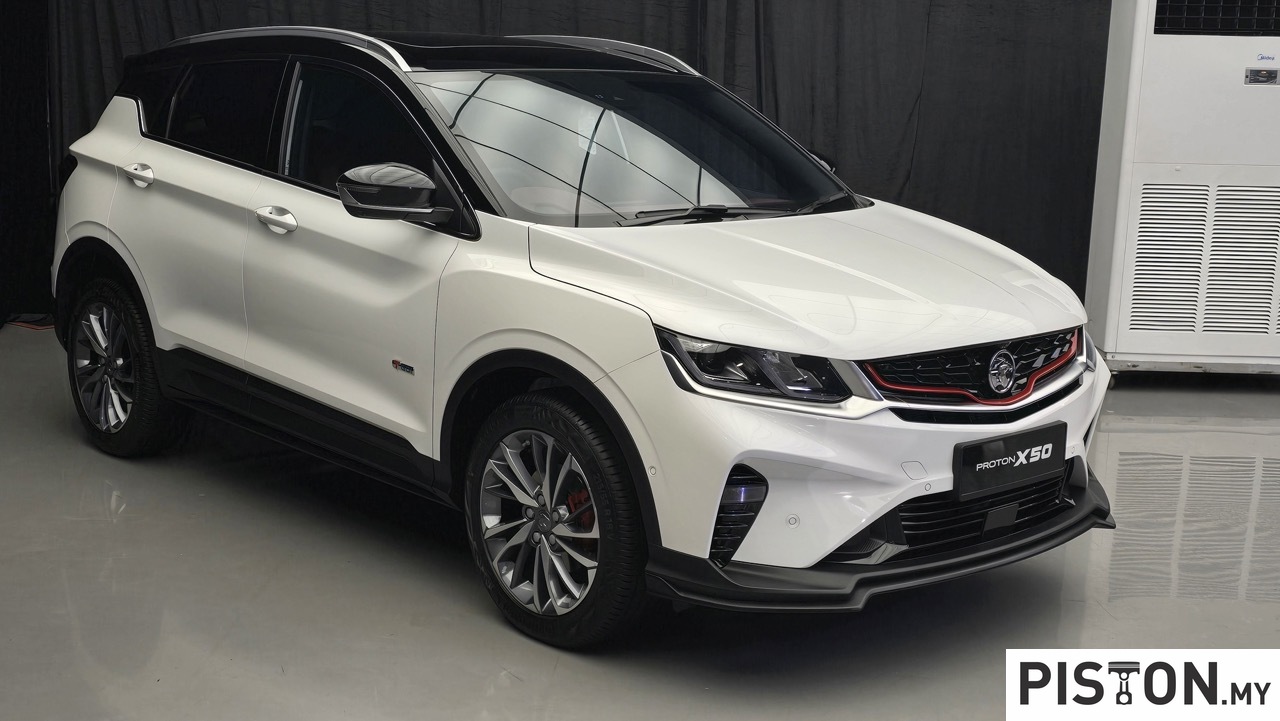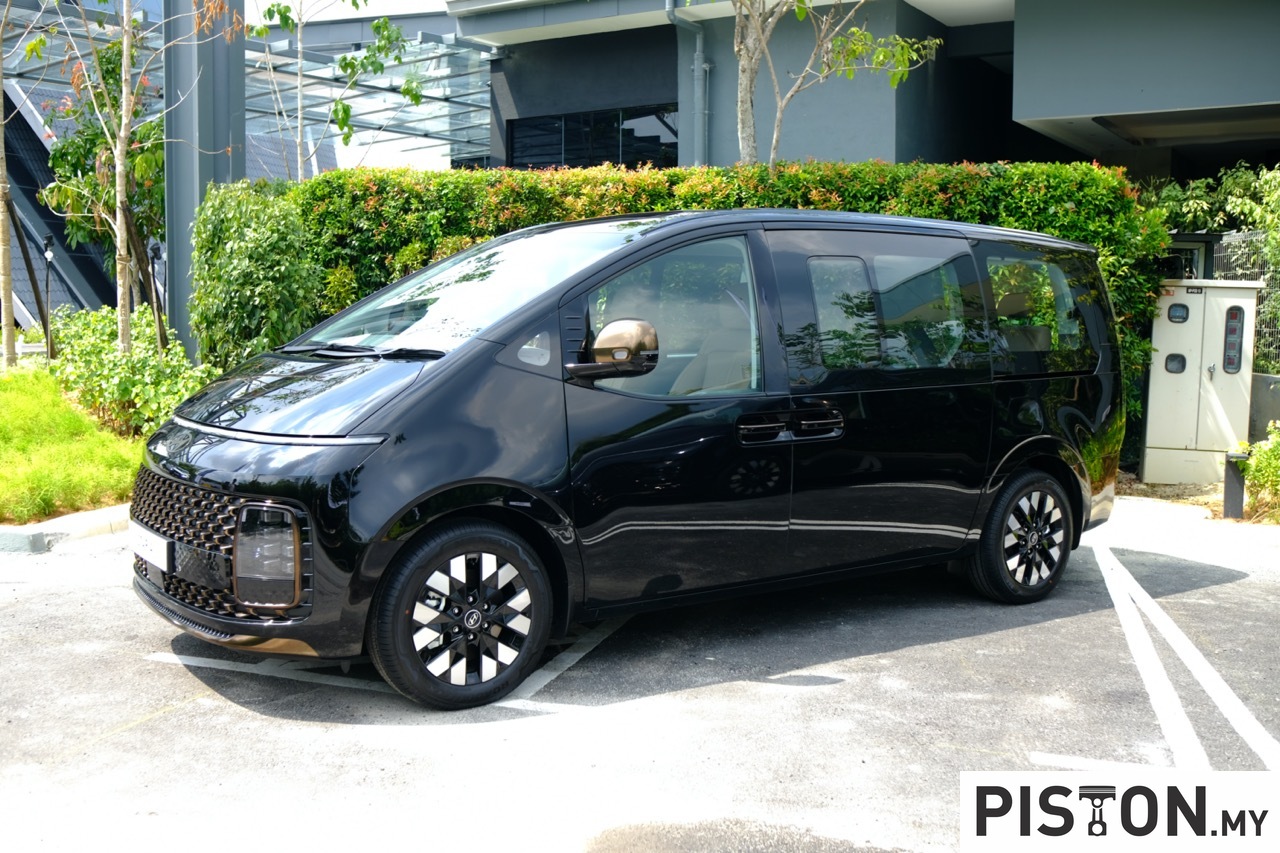The world’s first automobile, built by Karl Benz, was able to travel at a maximum speed of 16 km/h. That would certainly have been very fast in 1886 when he first drove it along rough tracks in Mannheim, Germany. But before long, the challenge of building ‘the fastest car’ was taken up by many and Land Speed Records began to be listed.
The first person on the list was Frenchman Count Gaston de Chasseloup-Laubat who took an electrically-powered Jeantaud Duc to a speed of 63.13 km/h. As an indication of how fast technological advances were taking place, just one month later, Belgian Camille Jenatzy reached 66 km/h in a GCA Dogcart. No, it was not powered by dogs but by electricity as well, like the car it beat.
By 1909, the fastest speed achieved was around 200km/h, a speed so fast that there were people who believed it would be impossible to survive because you’d simply not to be able to breathe! The challenge of going faster and faster did not diminish and in the 1920s, the British asserted dominance.
Among those who pushed cars to the limits was a mechanical engineer by the name of George Eyston. In the late 1920s, he was seriously engaged in developing and running cars that broke records. His car, called the Thunderbolt, established 3 new land speed records between 1937 and 1939. The records were set on the wide expanse of the Bonnevile Salt Flats in the American state of Utah where such events have been held for decades.
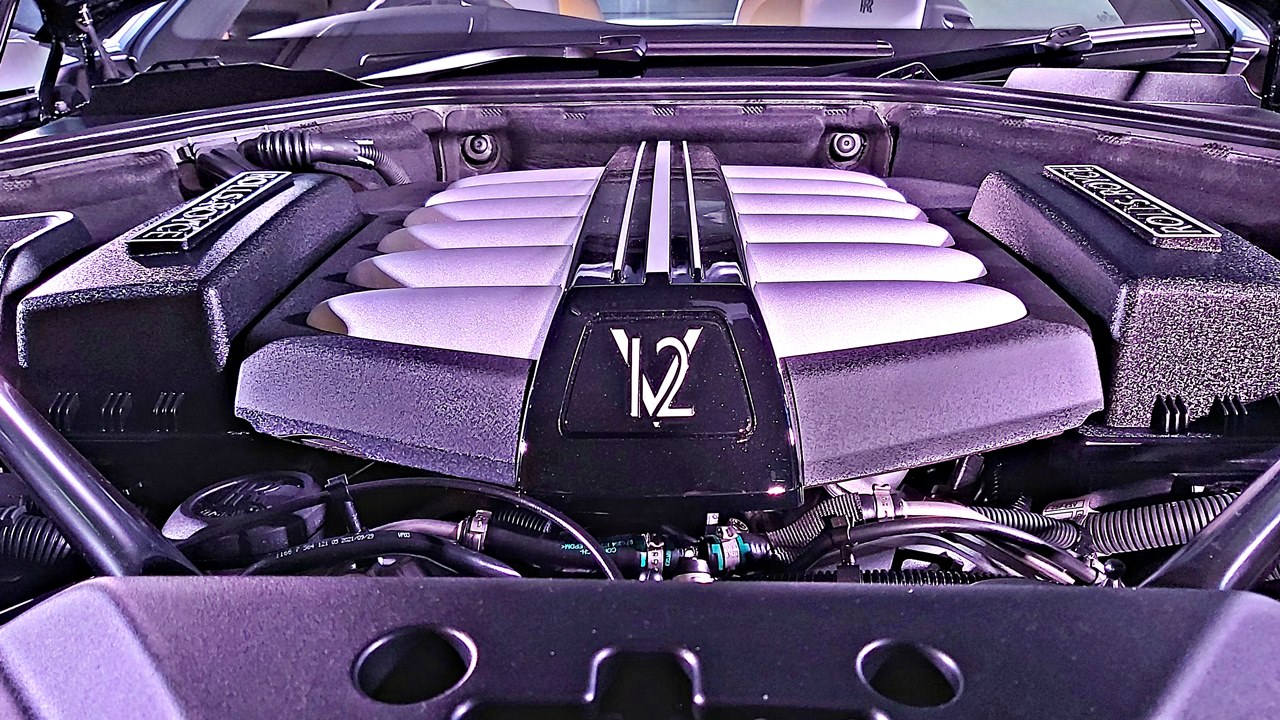
His projectile-shaped machine had 3 axles, 8 wheels and weighed 7 tonnes (and that was even with the body being made from aluminium). The Thunderbolt was powered by a pair of Rolls-Royce R supercharged 37-litre, V-12 aero engines, each producing well over 2,000 horsepower. Less than 20 of these engines were ever made; so rare were they that the Thunderbolt’s engines had actually been used earlier in the Schneider Trophy-winning Supermarine S6.B seaplane that would lay the foundations for the legendary Spitfire fighter aircraft of World War II.
Inspiration for the Landspeed Collection
The story of Eyston’s dauntless, fearless, pioneering spirit and his Thunderbolt served as inspiration for the Rolls-Royce Land Speed Collection, a series specially designed and built by the company’s Bespoke division. The two cars are Black Badge versions of the Wraith and Dawn and of the 35 units of the Wraith available, one was acquired by a customer in Malaysia.
The Wraith Landspeed is presented in a specially created two-tone finish which marries Black Diamond Metallic with a new Bespoke colour, Bonneville Blue. This specially developed hue bears particular significance to the Collection, with a colour that transitions under sunlight from light blue to silver, illustrating the reflections of both the vast sky over Bonneville and the crisp salt flats on the Thunderbolt’s aluminium body.
However, Anas Zawawi Khalid, Director, Rolls-Royce Motor Cars Kuala Lumpur, suggested a change in the colour scheme which the customer agreed to. Instead of the light coloured flanks and dark bonnet, there is a reversal of the colours with Bonneville Blue on the bonnet instead. To add to the unique difference, the grille is also in chrome instead of black, which is the usual colour for Black Badge versions.
To associate the Wraith with the Thunderbolt, the Bespoke team of skilled craftsmen and craftswomen read everything they could about the record-breaking events that took place on the desert-like salt flats in the 1930s. In particular, they learnt about how, while rocketing over the ground, Eyston had to hold the car on a very precise course – to deviate even slightly would be disastrous at the extreme speeds. To help him guide the car, his team painted darkened track lines on the salt surface for Eyston to follow – effectively his sole means of keeping the Thunderbolt straight at over 560 km/h.
This simple yet ingenious idea is recalled in the Wraith by perforated line in the upper-centre of the steering wheel, which continues through the centreline of the driver’s seat and can also be seen on the rear right seat. It is subtle and is only evident when the left seats are compared to the right ones.
A cracking dashboard?
Then there’s the fascia to the right of the classic analogue clock. At a glance, it seems like the surface is cracking… which would be shocking to see on a Rolls-Royce! But it is not actually a defect in the material: the ‘cracks’ are reproductions of those on the surface of the dry and dusty salt flats. The tiny fissures form a distinctive texture that was digitally retraced from the surface itself, onto the wooden veneer of the fascia (and console lids as well).
Records commemorated for all time
The interior references continue with the Thunderbolt’s unique silhouette, and the records it achieved, depicted on the polished, anodized aluminium surface of the Landspeed Collection’s front tunnel.
According to the record books, Eyston’s third and final land-speed record of 575.57 km/h stood for 341 days. In the Landspeed Collection Cars, it is commemorated for all time, engraved into the housing of the clock alongside the name ‘Bonneville’, in homage to where the record was set. Based on the instrument dials from the Thunderbolt, with yellow and black details, the black-tipped hands of the clock are inspired by the arrows painted on the original car’s exterior.
Recreating the night sky
The Bonneville Salt Flats are so vast, open – and with no artificial light – that they are an ideal place to look at the stars in the exceptionally dark night skies. In the Wraith Landspeed, the Starlight Headliner on the ceiling perfectly recreates the skies as they appeared over the Flats on September 16, 1938, the date on which Eyston and his Thunderbolt set their record. The constellations are precisely marked using 2,117 individually placed fibreoptic ‘stars’, the largest number of stars in a Rolls-Royce Wraith Starlight Headliner ever featured.
Paying tribute to the man himself, Eyston’s military honours are marked with a subtle detail in the driver’s door, made in the same Grosgrain weave silk and colours to match the original medal ribbons. The armrests on both the passenger side and below the ribbon detail are specially padded to give them the comfortable ‘club armchair’ quality that Eyston favoured in his driving seats, much to the amusement of his fellow racers.
The Thunderbolt was originally left unpainted, which caused an unexpected problem. During the first record attempts, the photo-electric timing equipment was unable to detect the polished aluminium body against the searing white of the Salt Flats’ surface, making accurate timing impossible. Eyston’s brilliantly simple solution was to paint a large black arrow with a yellow circle on the side, to heighten visibility when travelling at great speed. Hence, the yellow inserts around the inlets on either side below the front bumper.
“As with many of the cars I bring to Malaysia, I try to make them unique. Not only do we have some of the most discerning customers here who appreciate true luxury, I also believe in the mantra: “Rolls-Royce is Bespoke, Bespoke is Rolls-Royce.” The Wraith Landspeed is Bespoke Luxury of the finest order, craftsmanship and an unwavering dedication to achieving the very highest levels of excellence,” declared Encik Anas Zawawi Khalid.
Black Badge Ghost by Rolls-Royce for those who refuse to adhere to established conventions



